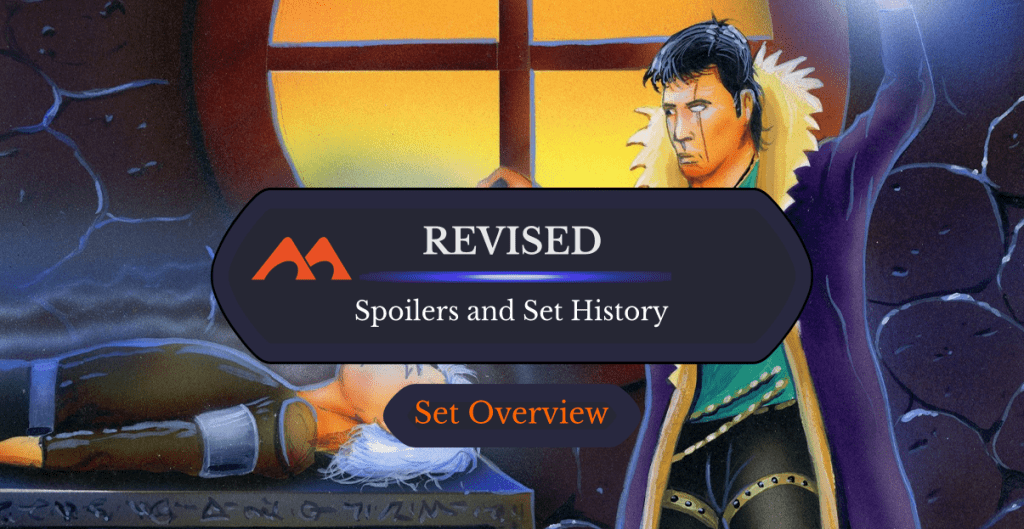
Death Ward | Illustration by Mark Poole
Early MTG was nothing like what we know today. Few people played the game, the sets were sold in tiny quantities overall, and information about the game, card prices and rarities was scarce. Rarity wasn’t even included on the cards, unlike the silver and gold symbols we have today. This is the context for Revised Edition, also known as Revised or 3ED.
Numbered editions were simply reprints of the original Alpha cards like Grizzly Bears, Lightning Bolt and Counterspell, similar to what Core Sets used to be. Today we’re taking a deep look at the Revised edition, or Third Edition. These cards are all valuable nowadays, and most of this set’s value comes from collectability and cards on the Reserved List.
Without further ado, let’s see what this set has to offer us!
Revised Basic Information

Counterspell | Illustration by Mark Poole
Set Details
| Set Code | 3ED |
| Number of Cards | 306 |
| Rarities | 75 commons, 95 uncommons, 121 rares, 15 basic lands. |
| Mechanics | Ante, Banding, Bury, Damage prevention, Landwalk, Protection, Regenerate, Upkeep cost. |
Important Dates
| Paper release date | April 1994 |
About the Set: The Story
Revised is the sixth MTG set ever released, after the so-called Core Sets: Alpha, Beta and Unlimited, and the expansions Arabian Nights and Antiquities. Like Unlimited and Fifth Edition, Revised cards are white-bordered instead of the traditional black border. Revised had a large print run in comparison to other sets from its time and that indicates the strong initial growth that MTG was having at that time.
The set brought important template rules alterations for the first time, like:
- The tap symbol (an inclined T), followed by a colon.
- The mana symbols appearing explicitly in the rules text, like Add mana instead of “Tap to add 1 green mana.”
- End of Mono/Poly artifacts: Calling these cards artifact became the norm, like what happened with the different kinds of enchantments.
As for the Revised story line, MTG was only going to have a cohesive story later on, with Mirage block and the introduction of the Weatherlight Saga.
Finally, it is worth noting that the Power Nine cards were absent from this set, making Unlimited the last set with reprints of these iconic cards.
Print Issues
Revised was the first set with a high print run. The game was clearly a huge success and people were craving more booster packs. To meet the demand, a new printing process was used and the results were not that good. It’s estimated that Revised’s print run is around 500 million cards, while Unlimited had 35 million cards printed overall. As a result, colors in Revised’s cards are considered more wash-out than previous editions.
Revised Mechanics
Here we’ll have to do things a little differently. Most of Revised’s mechanics are evergreen mechanics like flying and first strike. There are also evergreen mechanics like vigilance on Serra Angel, although the text was “attacking does not cause Serra Angel to tap”. Here I’ll focus on mechanics WotC doesn’t use anymore, at least not at an evergreen level.
Ante
Playing for ante is, simply put, betting a card from your collection against another card from the opposing player. Several cards from Revised mention ante, and Contract from Below is one of the most famous ones.
Banding
Banding is weird (no surprise WotC stopped using it), but let’s try to explain. If a normal creature is attacking and you have two creatures to block, you may double-block it. What banding does is allow you to double-attack, so to speak. For that to work, you’ll need a banding creature and a non-banding creature. Mesa Pegasus is a classic example. I want to attack with it and Grizzly Bears. So they will attack as one single creature (band) that is a 2/2 without flying and a 1/1 with flying. Our opponent can block with one or more creatures, but in this case, the defending creatures need to block the band (as a single entity). What’s more, banding allows the attacking player to distribute the damage dealt by the defending creature as well as by the attacking band.
Bury
Since regenerate played a huge part in early MTG creature design, there should be some regenerate-hate, so to speak. Bury is terminology from Revised that replaces the “destroy a creature and it can be regenerated” clause. Wrath of God is a famous card that brings this template. Bury all creatures is a very clean design, indeed.
Damage Prevention
It was very common in MTG’s early days to have effects that prevented some amount of damage. It was a huge part of white’s color pie. Of note, cards like Circle of Protection: Red were heavily played against red decks and burn decks. It’s very efficient to counter a burn spell by paying mana, and red doesn’t deal with enchantments. We also have cards like Samite Healer that tap to prevent 1 damage. These cards tend to mess with combat math and Limited play.
Landwalk
Landwalk gives a creature evasion if the defending player controls one or more lands with a corresponding land type. A classic example is Lord of Atlantis, a merfolk lord that gives merfolks islandwalk. If your opponent controls an Island or non-basic land with the island subtype, all your merfolk are unblockable, which combos nicely with Spreading Seas.
Protection
Protection is a complicated mechanic, and it was usually applied to a certain color. So, a creature with protection from blue can’t be blocked by blue creatures, doesn’t take combat damage from blue creatures or blue spells (Psionic Blast, Electrolyze), and can’t be enchanted or targeted by blue spells. If a creature is enchanted by a blue aura like Narcolepsy and it gains protection from blue later, the blue aura goes to the graveyard. WotC prefers to use other mechanics like ward, indestructible, and hexproof to protect creatures nowadays, but we still see protection being applied to modern designs, especially if it’s until the end of turn to reduce the amount of confusion and tracking.
Regenerate
Cards that regenerate gain a temporary shield against destruction effects if the regenerate ability is activated. When you regenerate a creature, the next time it would be destroyed or take lethal damage, the creature instead becomes tapped, is removed from combat, and has all damage removed from it. Note that each regenerate activation only protects a creature once, so if your opponent has multiple removal spells for your regenerate creature, you’ll have to activate the ability each time. So, if you have Drudge Skeletons in play, you can save it from removal as many times as you have black mana available.
Upkeep Cost
This mechanic isn’t keyworded, but cards with an upkeep cost require you to pay a certain cost (usually mana) on your upkeep to keep that card in play. Phantasmal Forces is a good example.
Revised Card Gallery
White
Blue
Note that Serendib Efreet was mistakenly printed with a green card frame but is in fact a blue card.
Black
Red
Green
Colorless
Lands
Notable Cards
The Original Dual Lands Cycle
- Badlands
- Bayou
- Plateau
- Savannah
- Scrubland
- Taiga
- Tropical Island
- Tundra
- Underground Sea
- Volcanic Island
Revised marks the last time these lands were reprinted. These are among the most expensive cards in MTG valued between $400-800 each, and at the same time the cheapest versions of these cards, which are played in Cube, Legacy, Vintage and cEDH.
Wheel of Fortune
Wheel of Fortune is your classic draw-7 in red, and it has become an EDH staple. Many red cards nowadays synergize with discarding and drawing, besides other ways to exploit this in Rakdos like Sheoldred, the Apocalypse.
Mana Vault
A fast mana staple, Mana Vault can speed you up significantly, giving you 3 mana on turn 1. It’s a key card in many formats, and the downside is negligible once you've obtained a key advantage by using all that mana.
Demonic Tutor
2 mana, get whatever card you want. There’s a good argument for Vampiric Tutor being the best tutor, but the rate on Demonic Tutor is excellent, and it’s a key card in many combos.
Fastbond
Fastbond allows you to play as many lands as you want with little downside. There are even cards that give you life to offset the drawback. Fastbond is devastating in conjunction with other cards like Crucible of Worlds and Strip Mine, or cards that let you play lands from the top of your library.
Sol Ring
Sol Ring, EDH staple. Play it. At least it’s not on the Reserved List.
Balance
Balance is one of the best cards for coming back from an unfavorable position. If you have fewer resources, there will be equality. You can also prepare in advance, whether by having mana rocks or sacrificing your lands for profit before casting Balance. This card is anything but balanced.
Available Products
Booster Pack
Your everyday ordinary Revised booster pack comes with a rare, three uncommons and 10 commons, plus a basic land. You can even try to draft these, but the experience won’t be as fun since WotC wasn’t even thinking about Limited back then.
Booster Box
Revised booster boxes come with 36 boosters, but they are a rarity. Most people from #MTGfinance invest heavily into these, because they can contain valuable Reserved List cards and the price keeps going up.
Starter Deck
Revised Starter Decks contained 2 rares, 13 uncommons and 45 commons, plus an MTG rulebook. Sealed originally used Starter decks combined with a few boosters to created players’ Sealed pools.
Wrap Up
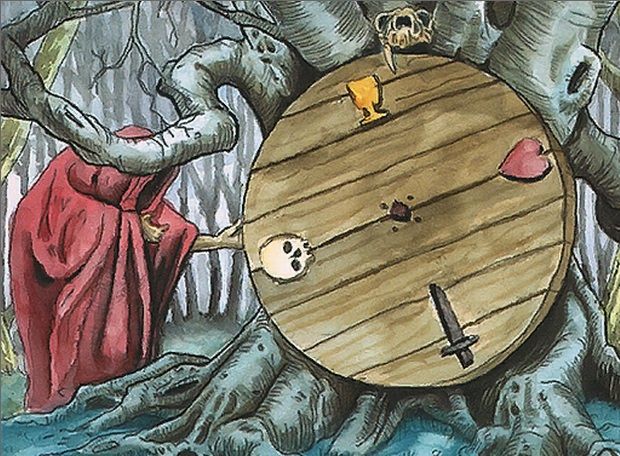
Wheel of Fortune | Illustration by Daniel Gelon
Revised is part of MTG’s early days, and the game was very different back then. Today, most of this set’s value comes from nostalgia for beautiful and memorable cards. Revised also contains the highest chance of opening up original dual lands, and if you manage to do that, you won the Revised lottery.
What are your opinions on Revised? Did you have any experience with cards from that set? Let me know your opinions in the comments section below, or leave us a tweet on Draftsim Twitter. Thanks for reading folks, and stay safe out there.
Note: this post contains affiliate links. If you use these links to make a purchase, you’ll help Draftsim continue to provide awesome free articles and apps.
Follow Draftsim for awesome articles and set updates:
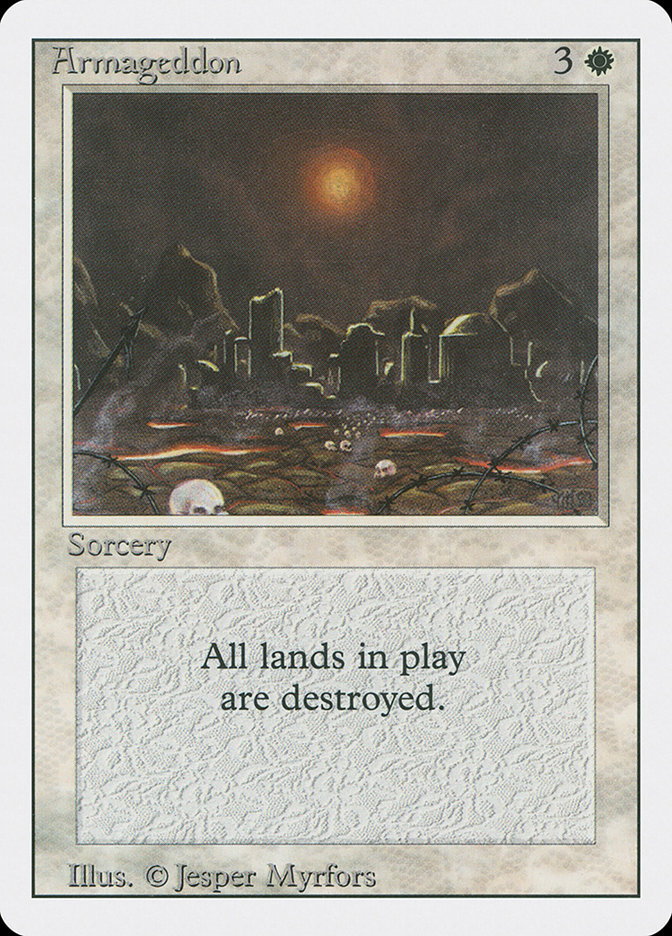
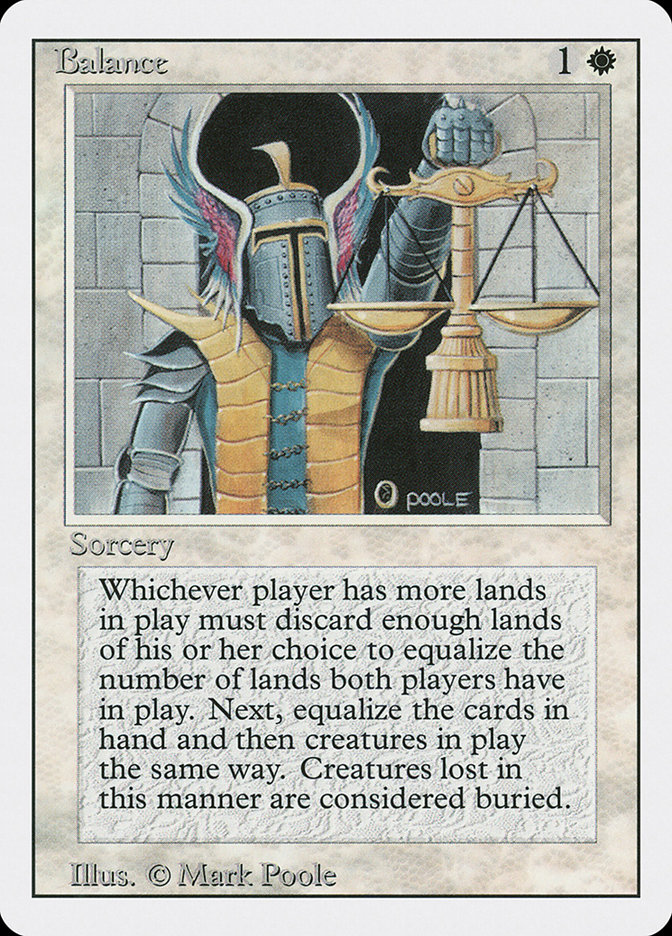
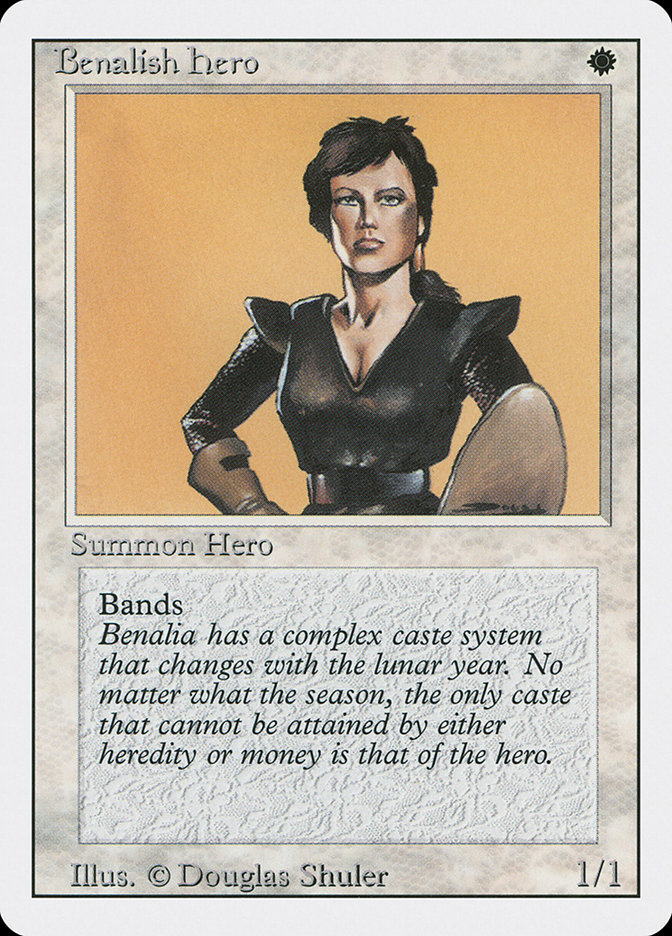
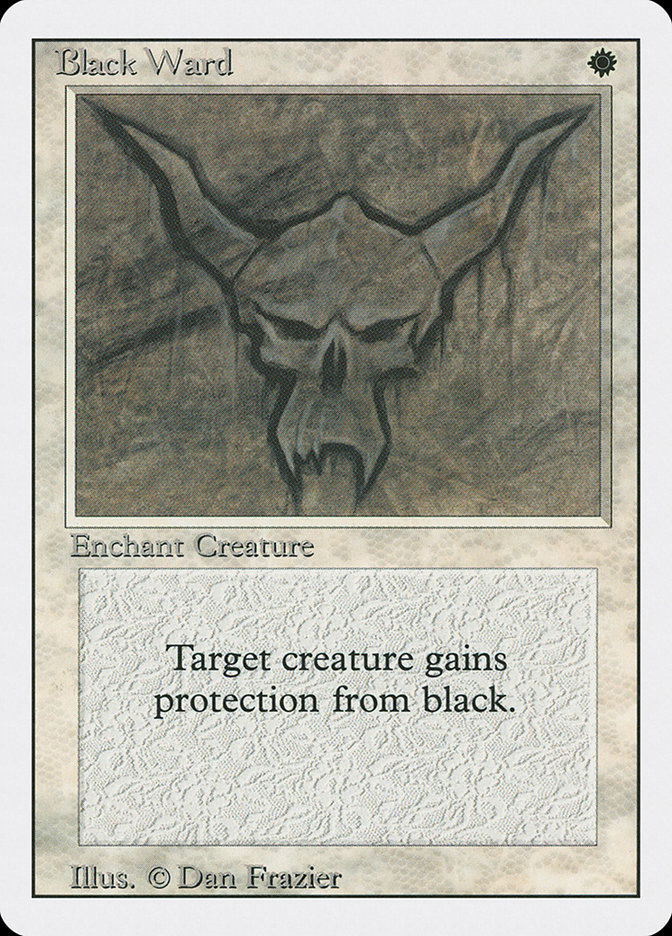
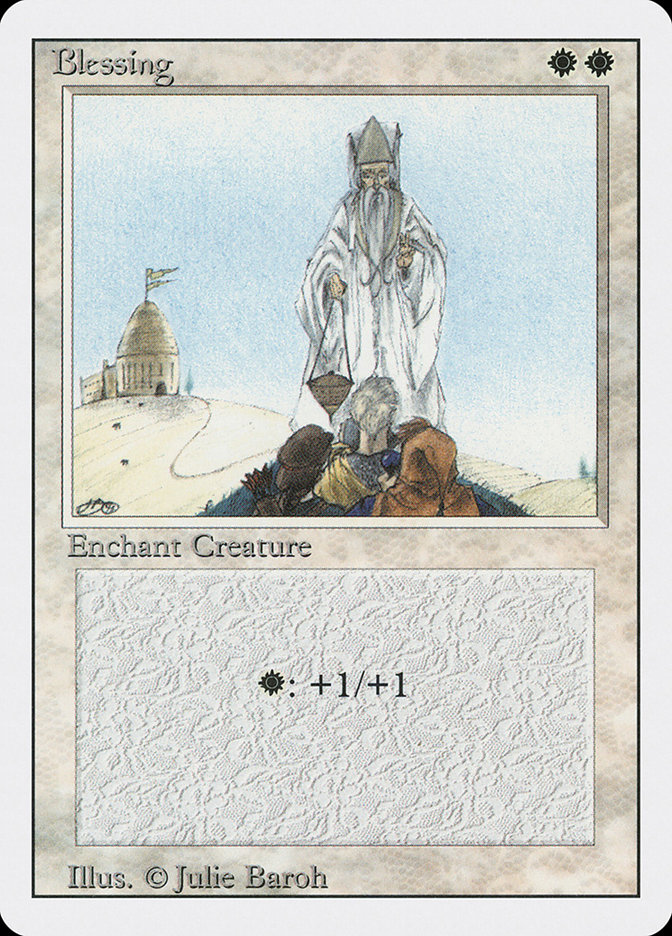
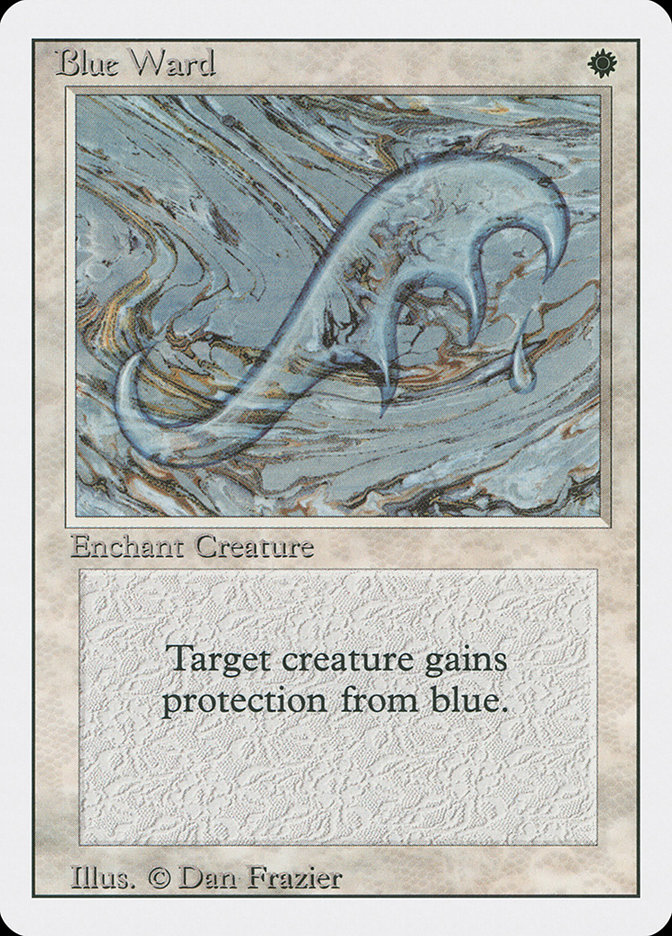
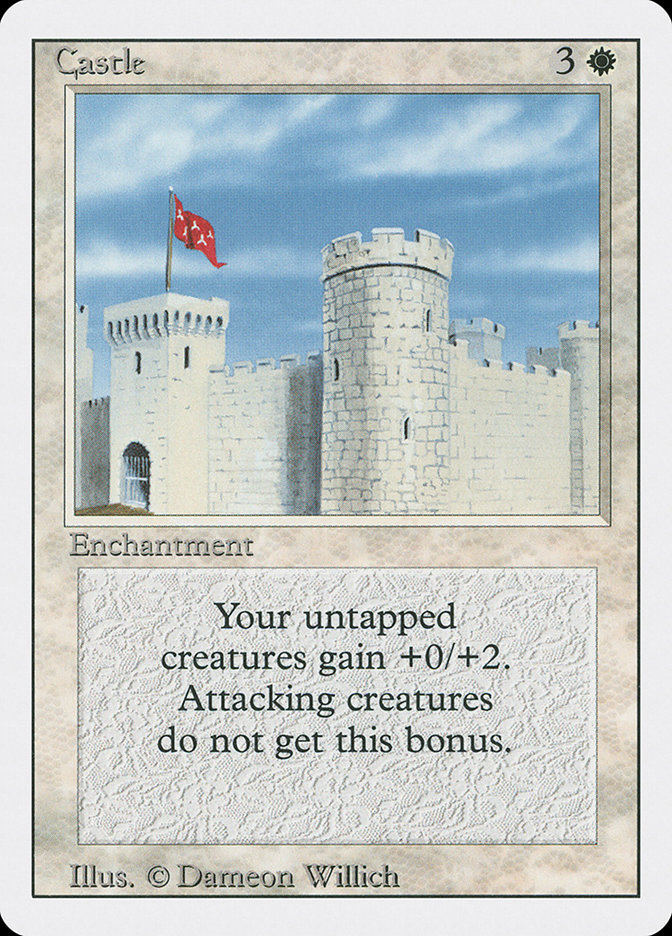
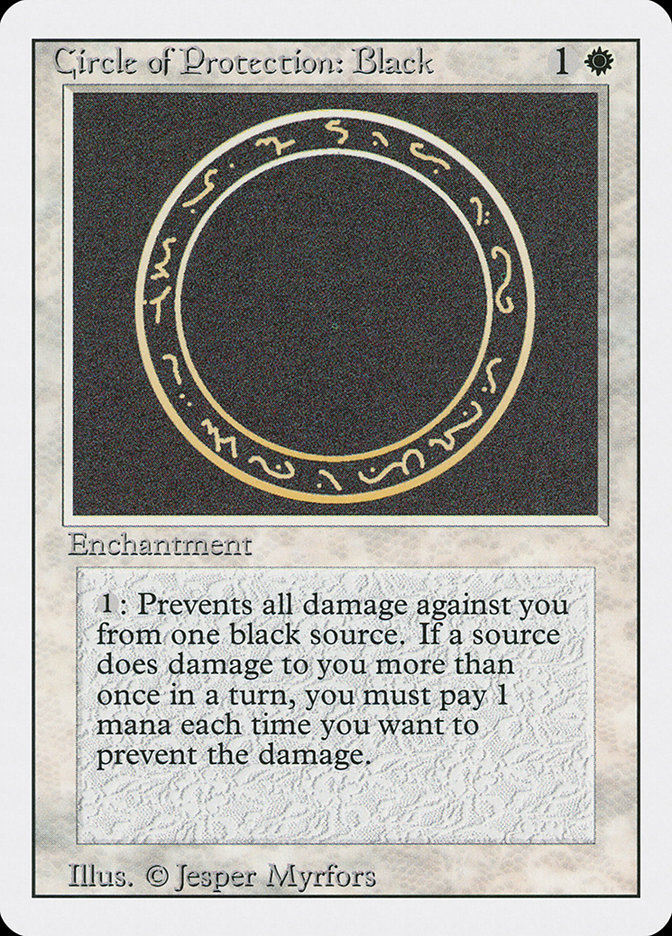
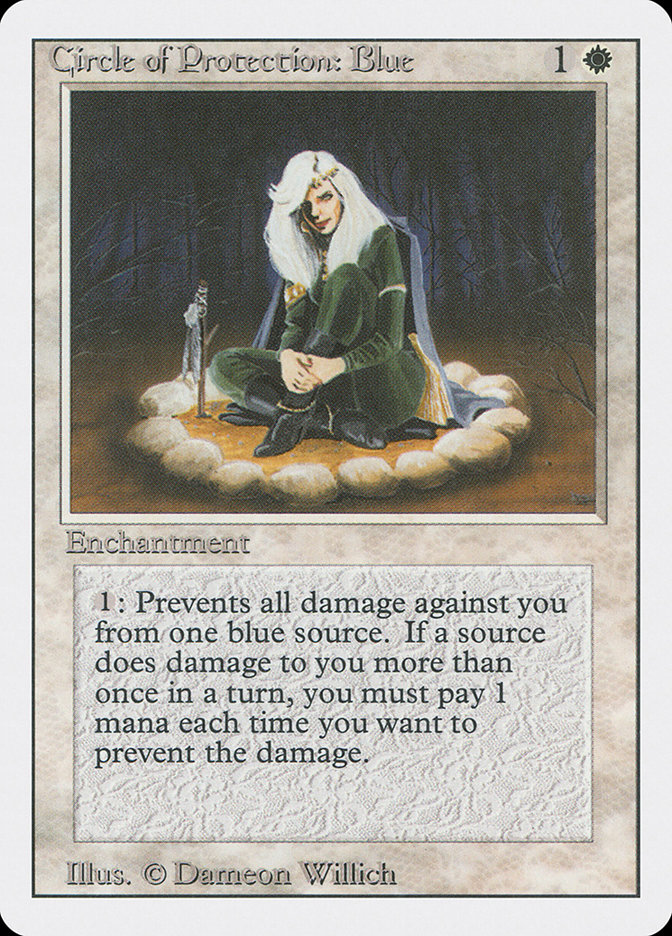
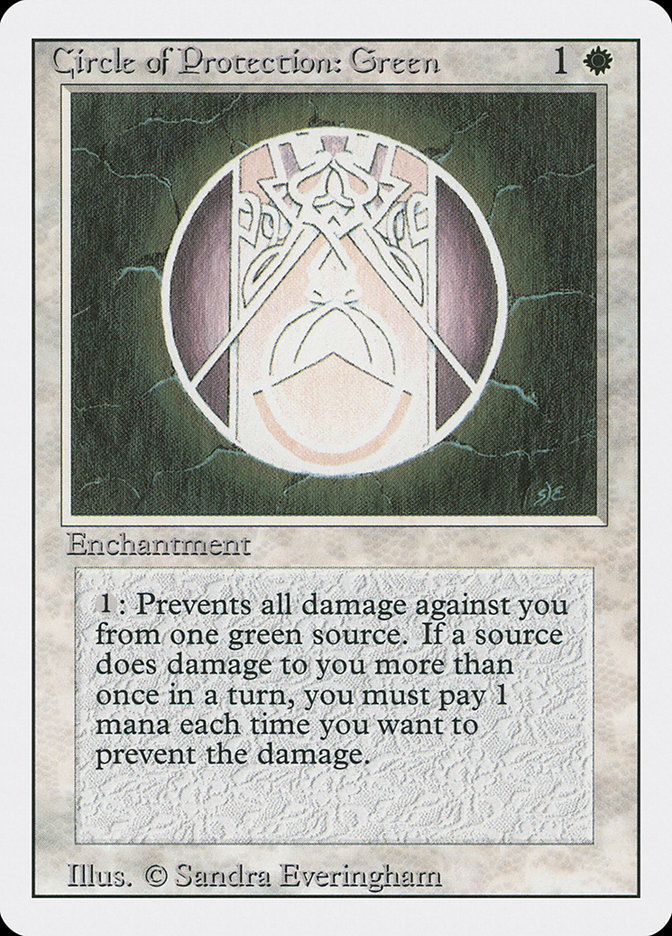

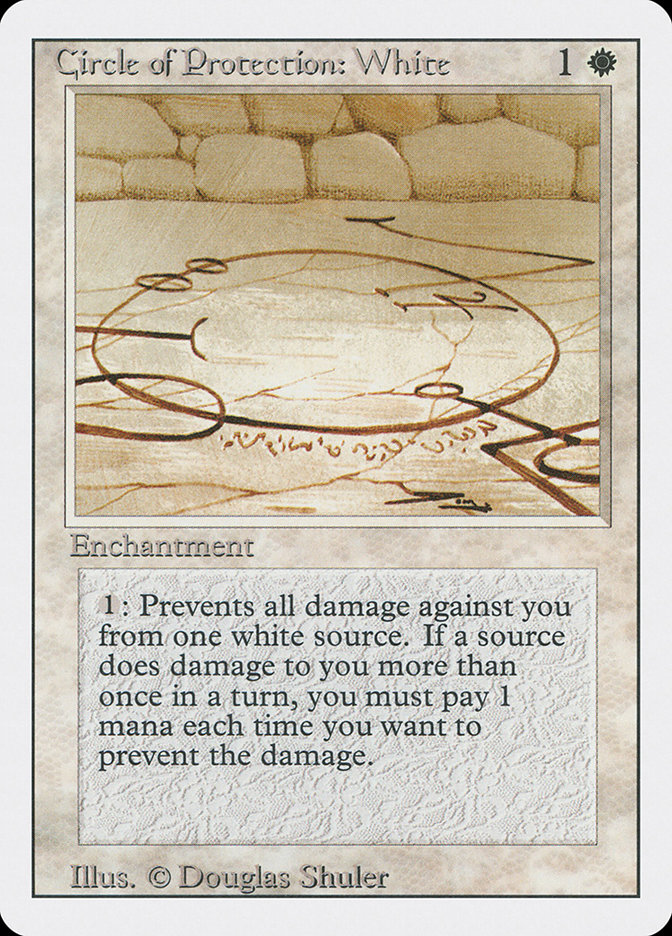


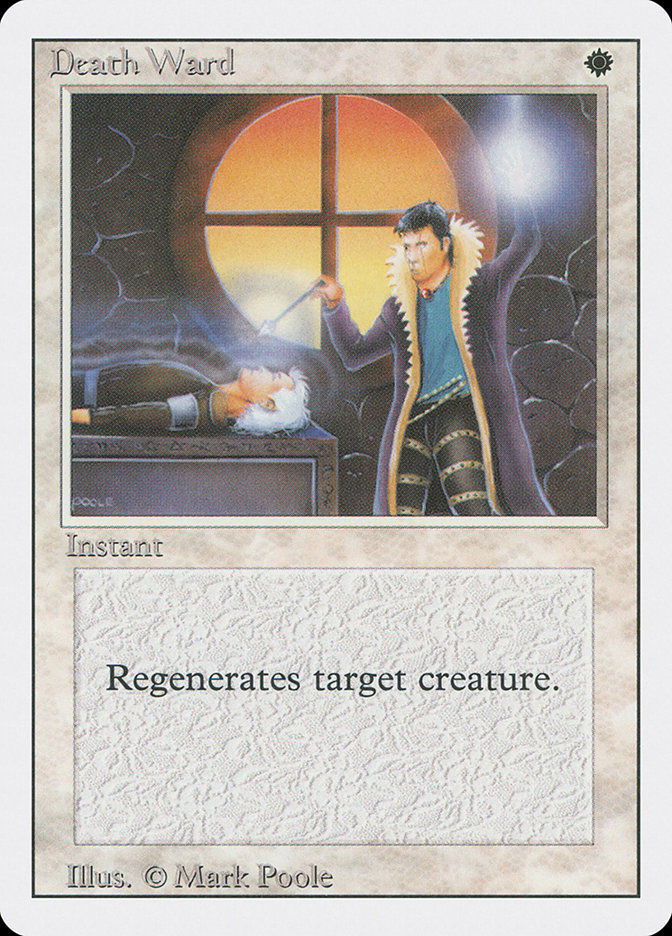
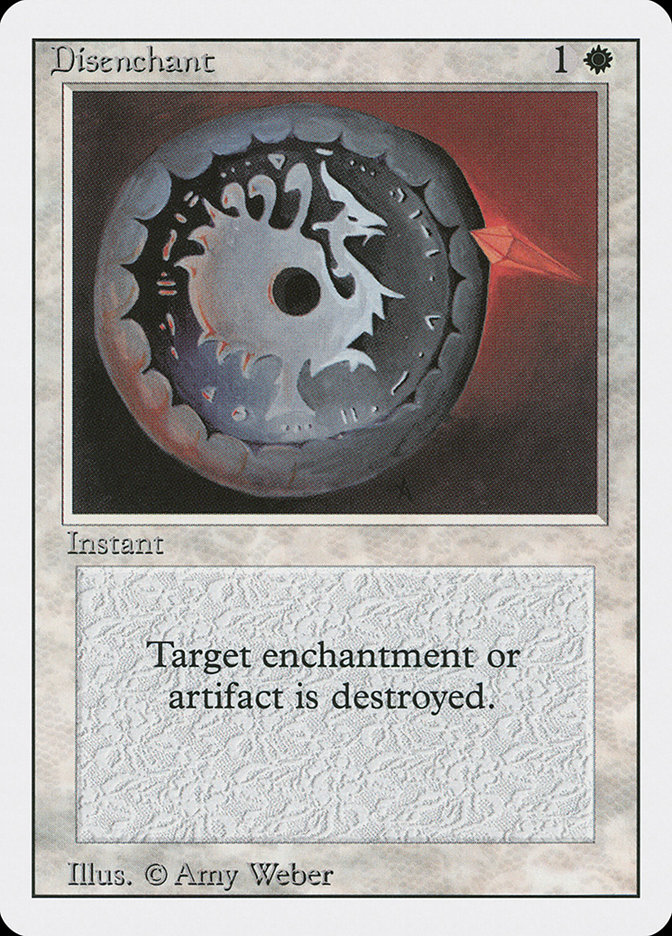
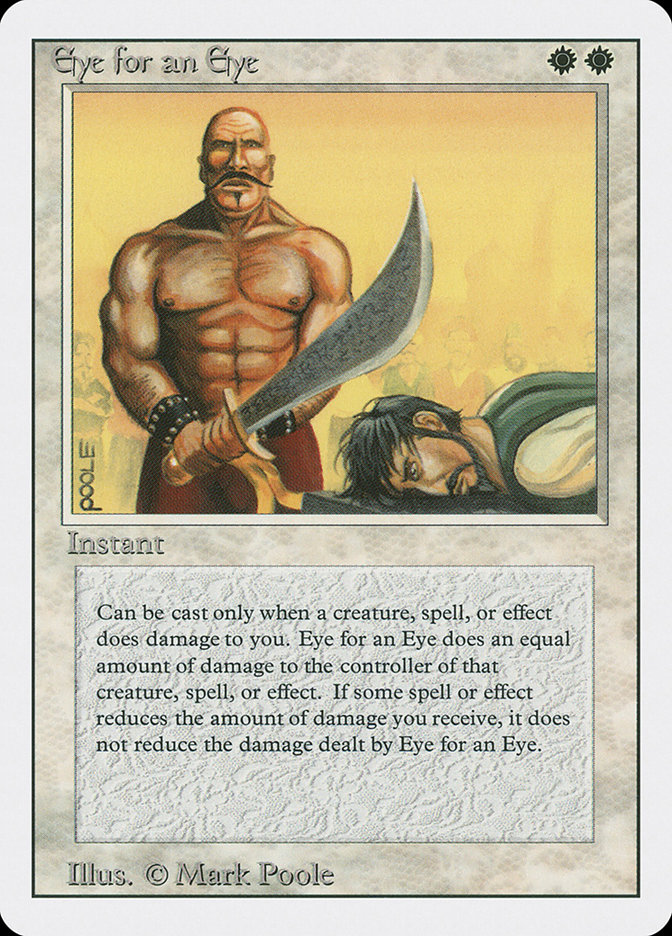
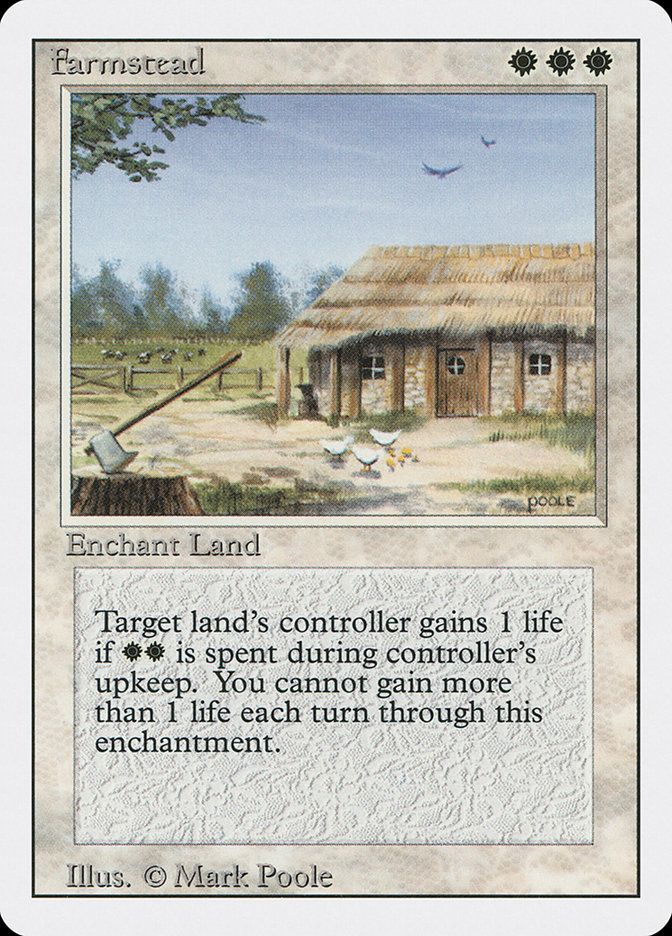
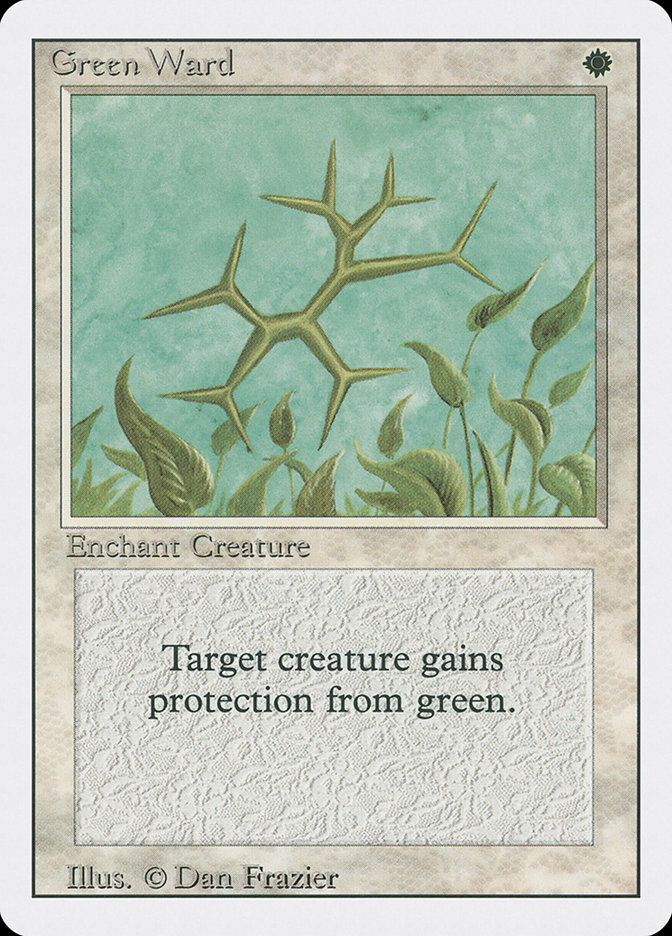




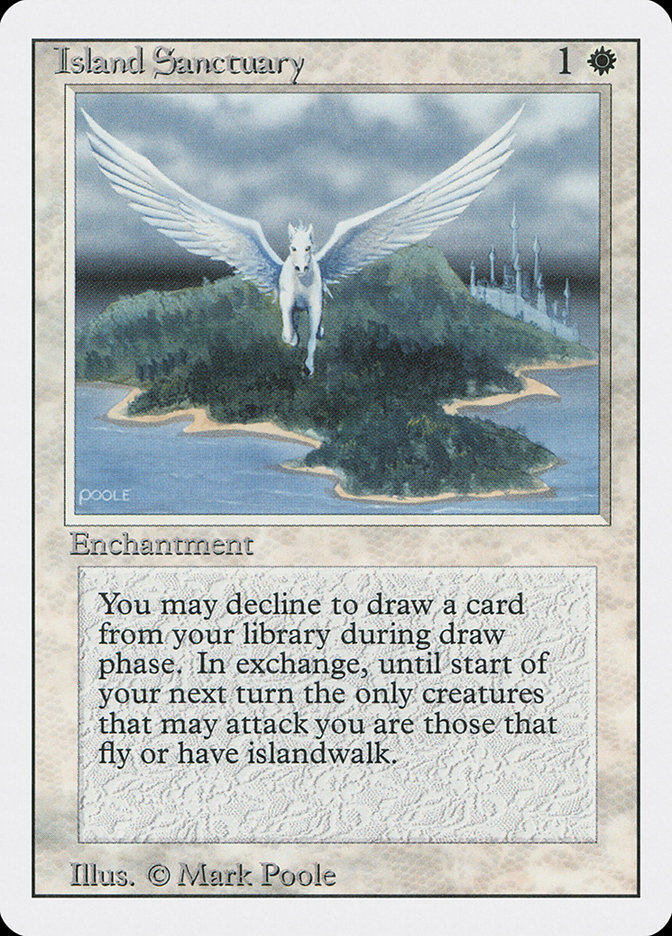
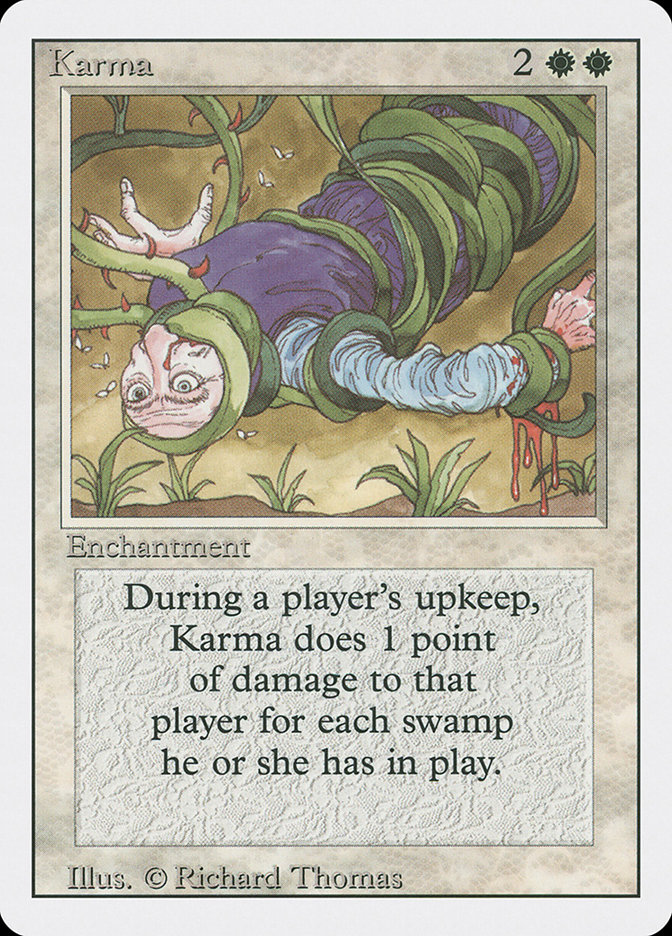
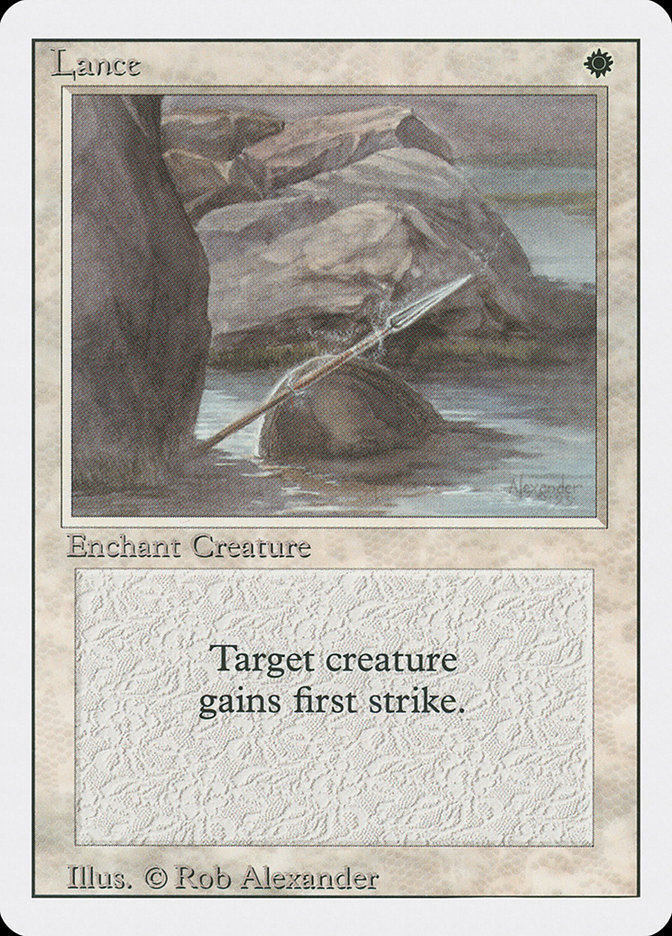
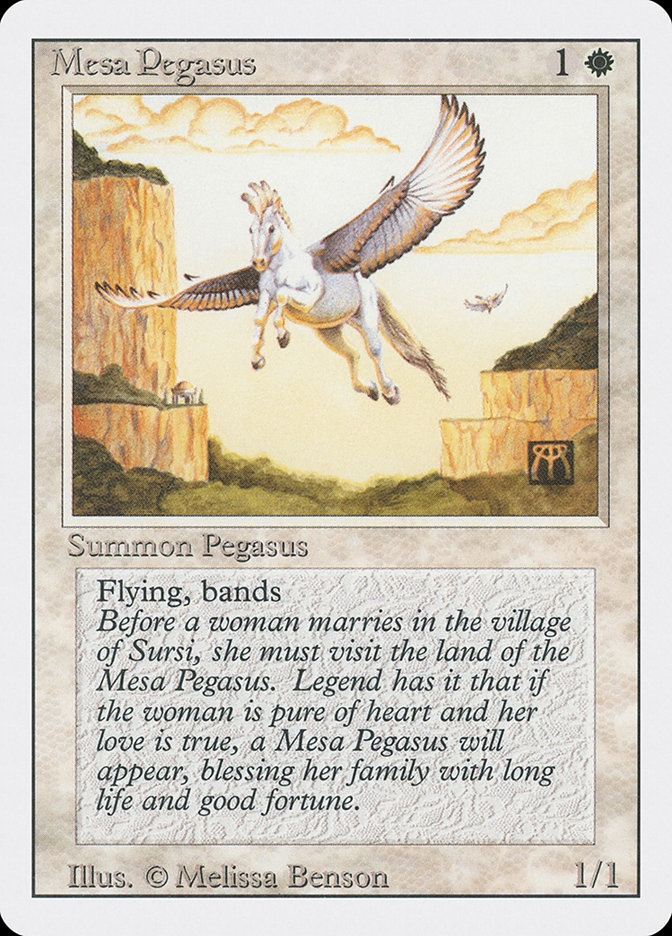
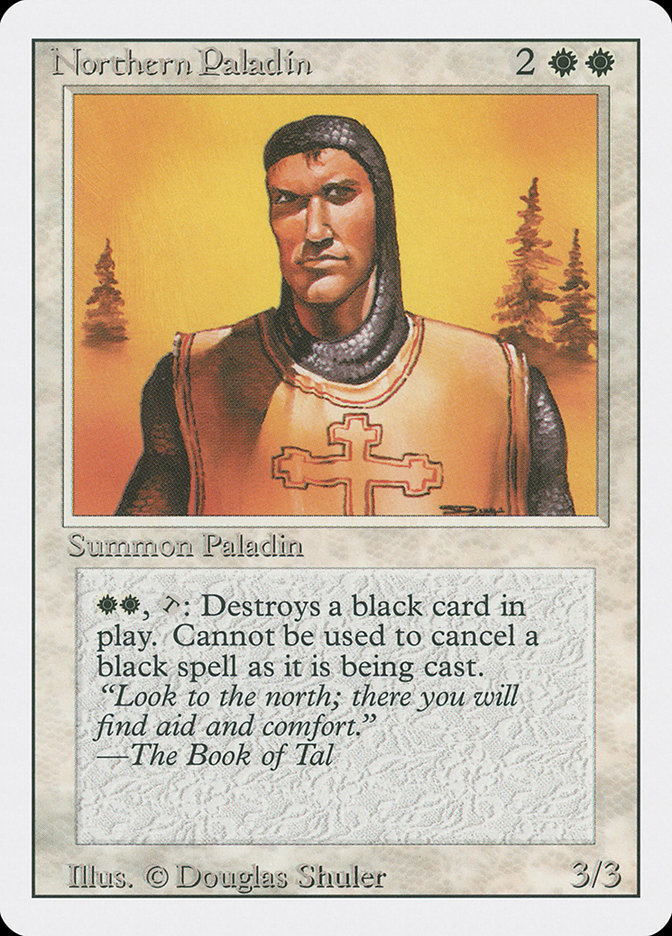
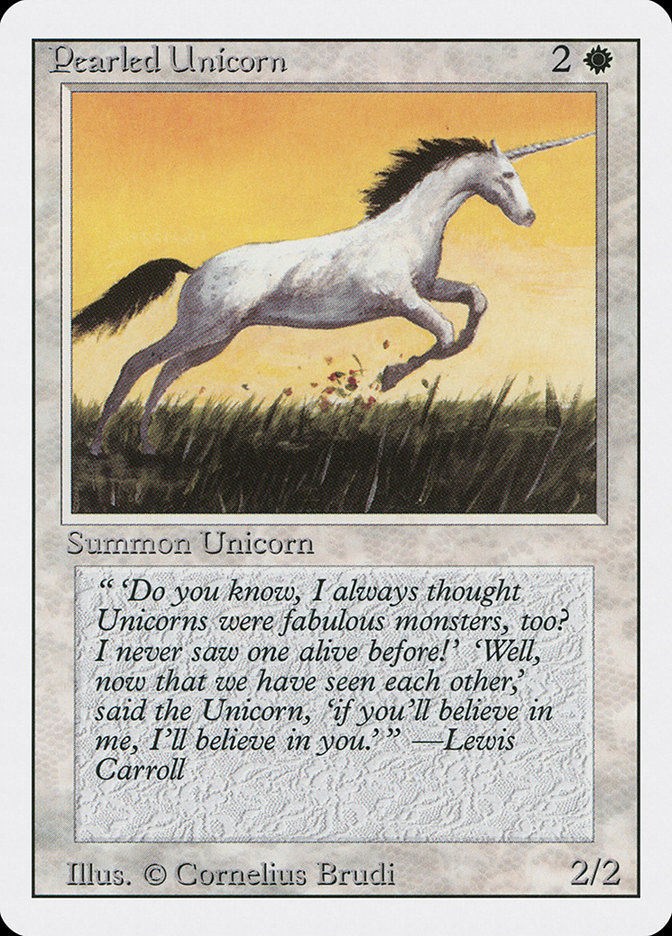

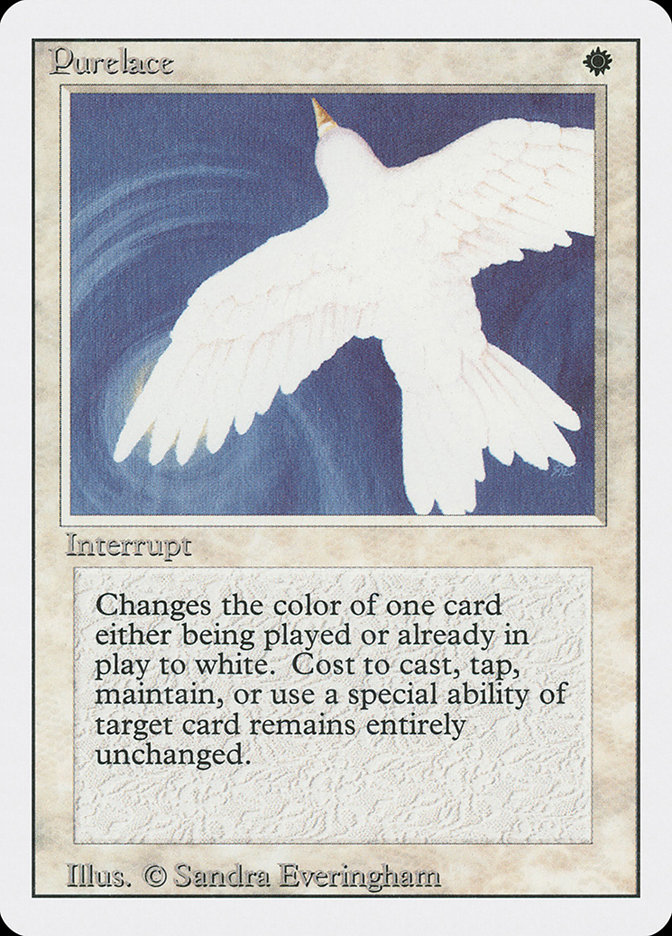
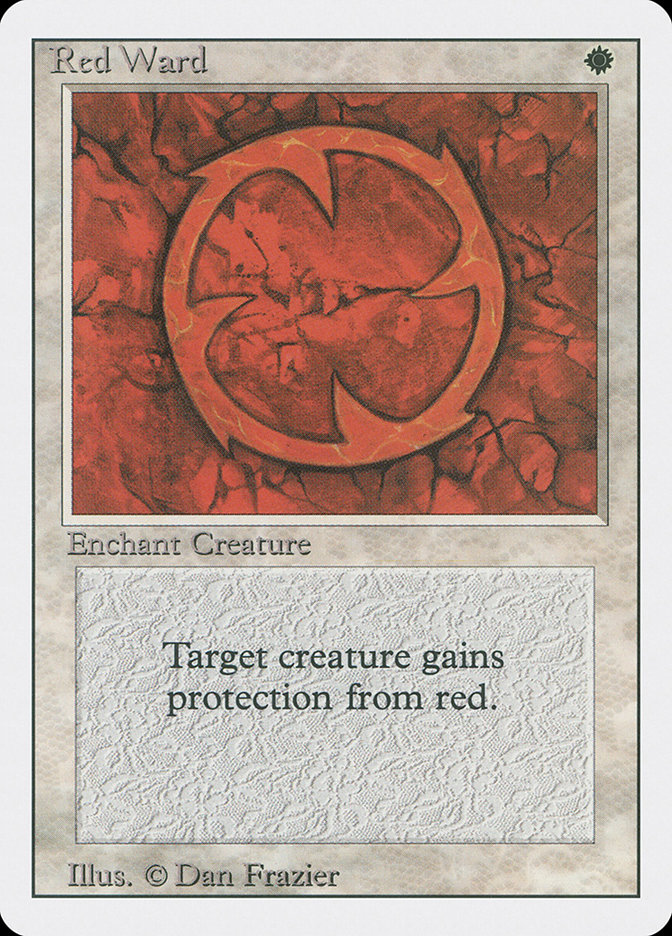

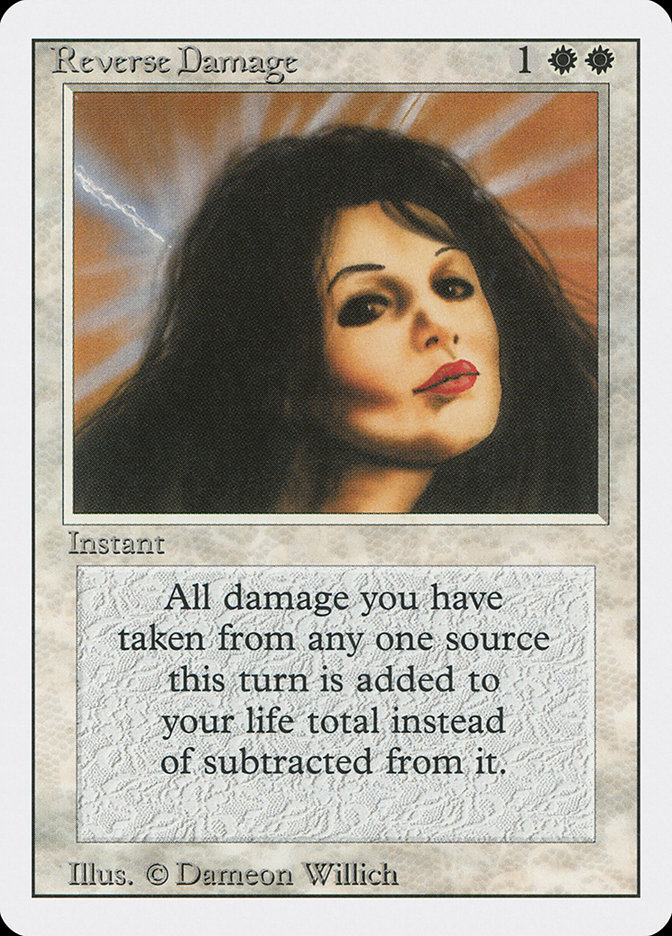

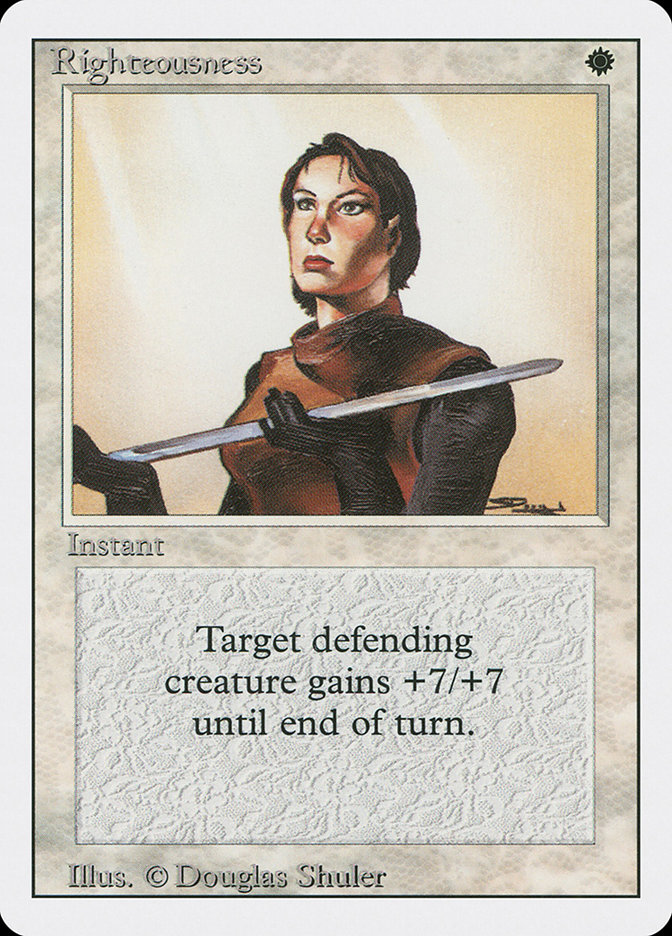

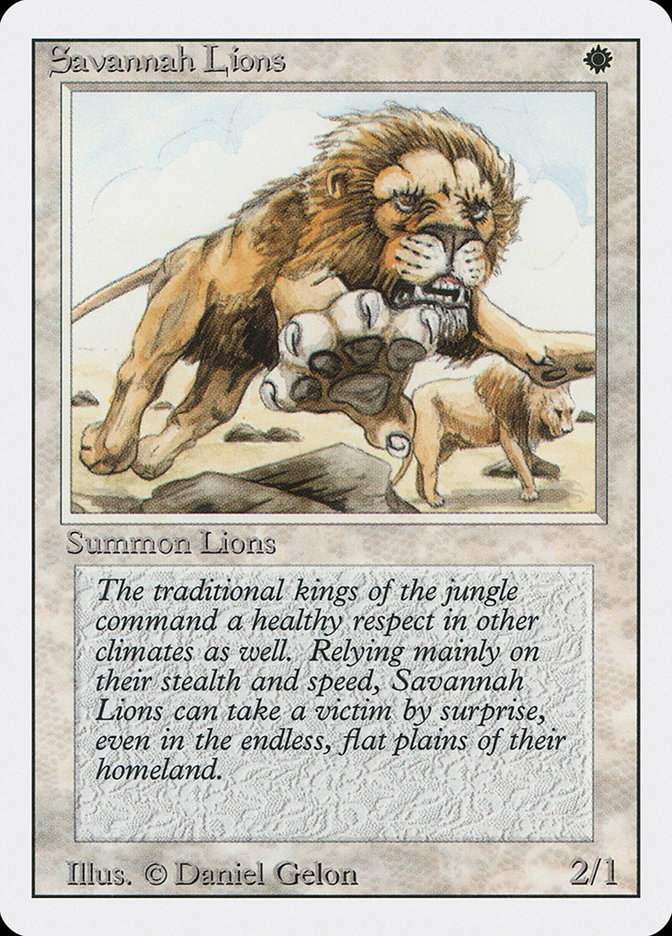

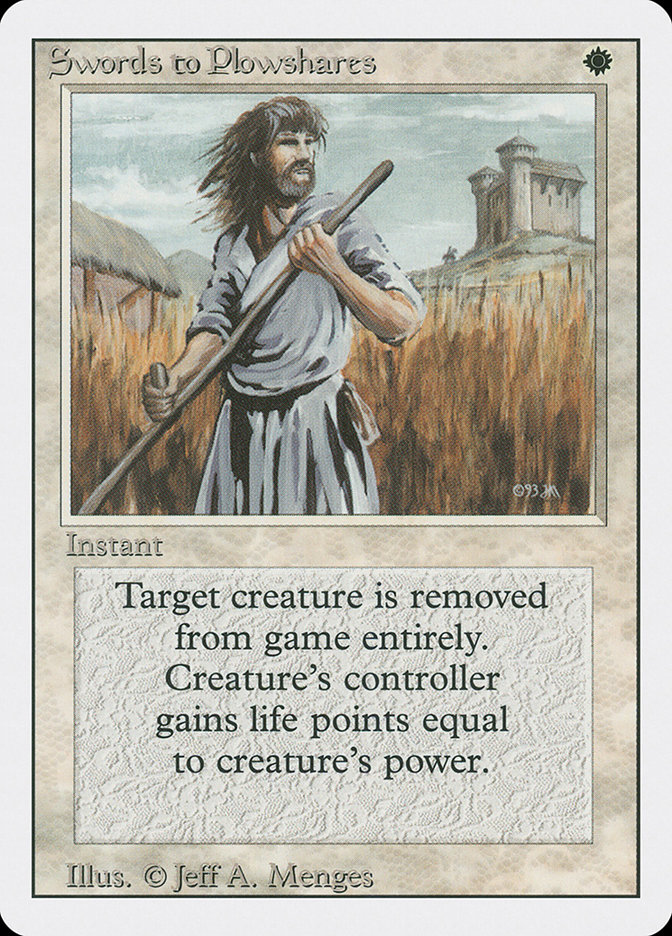
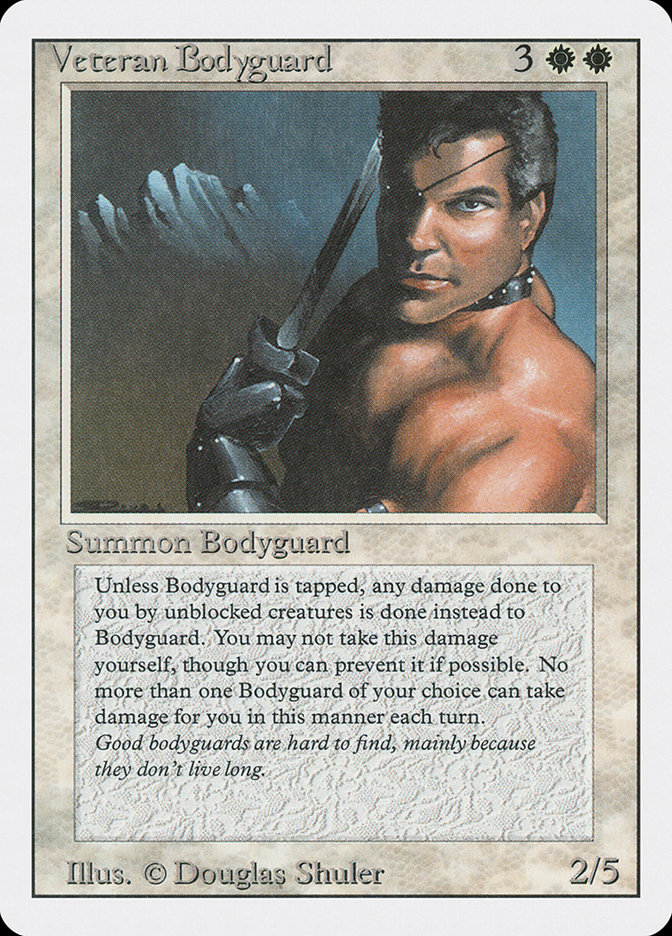
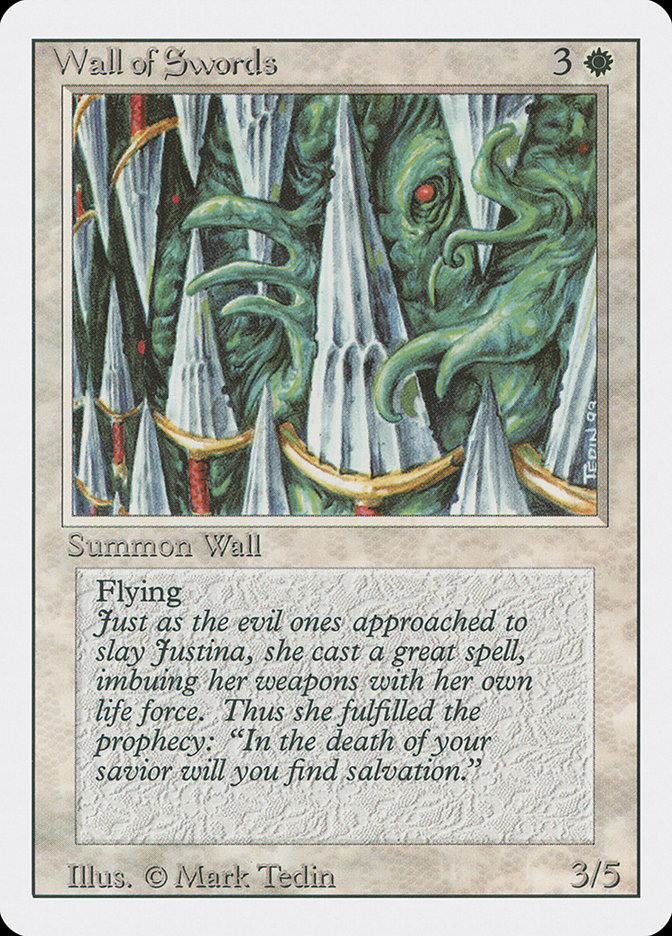
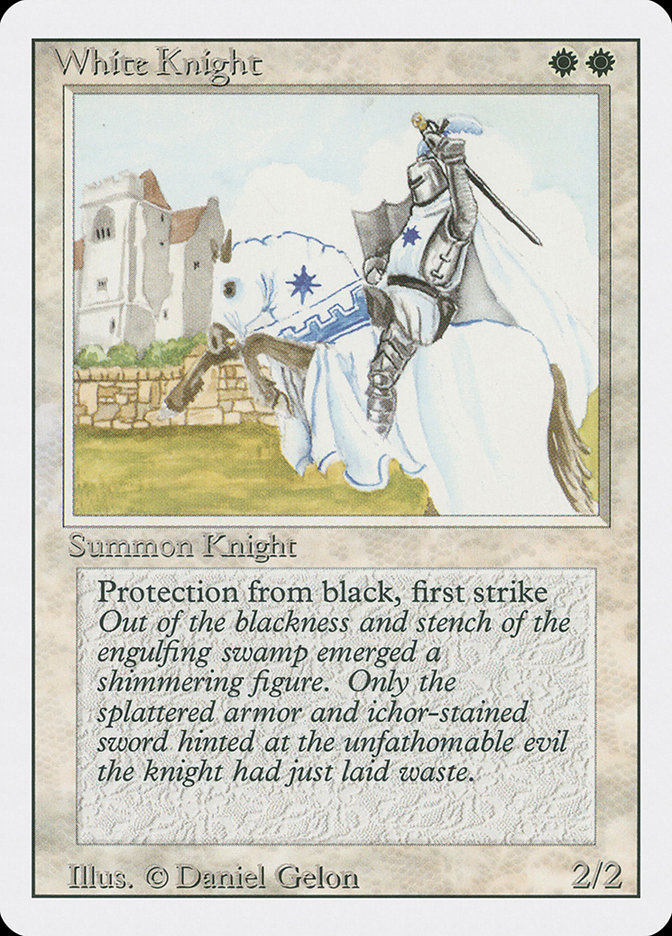
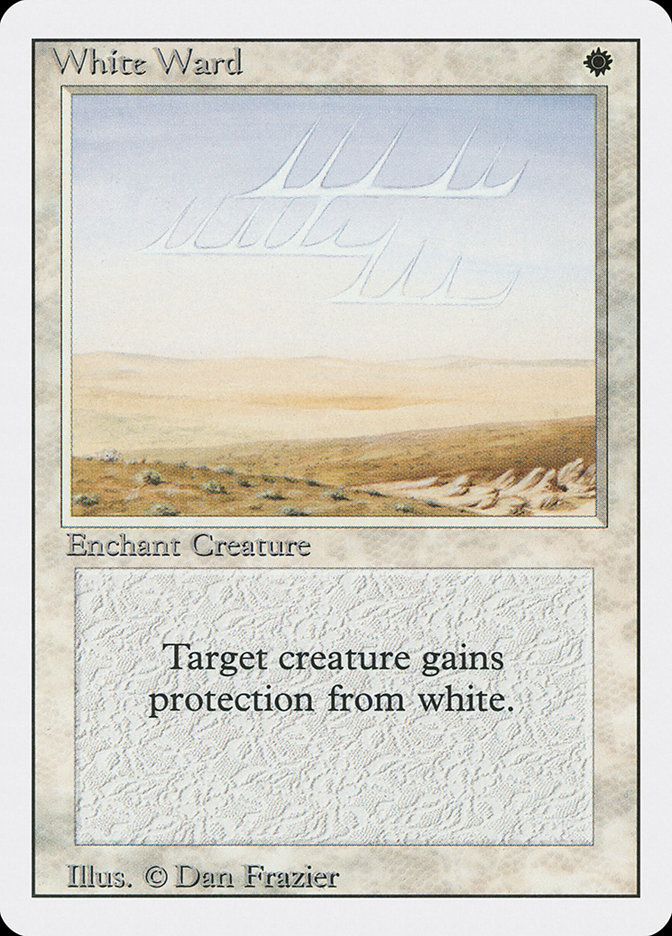
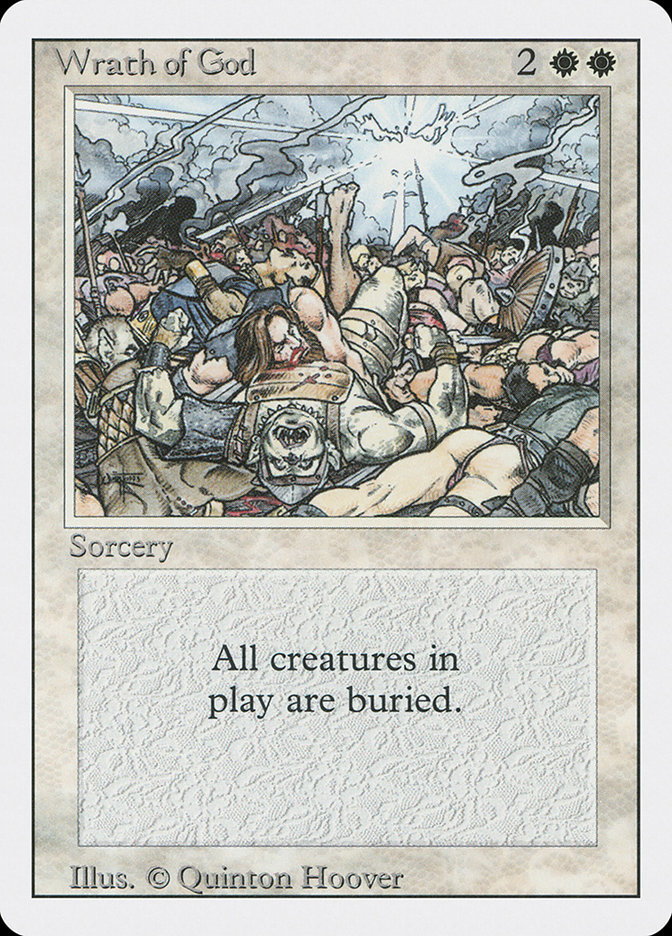
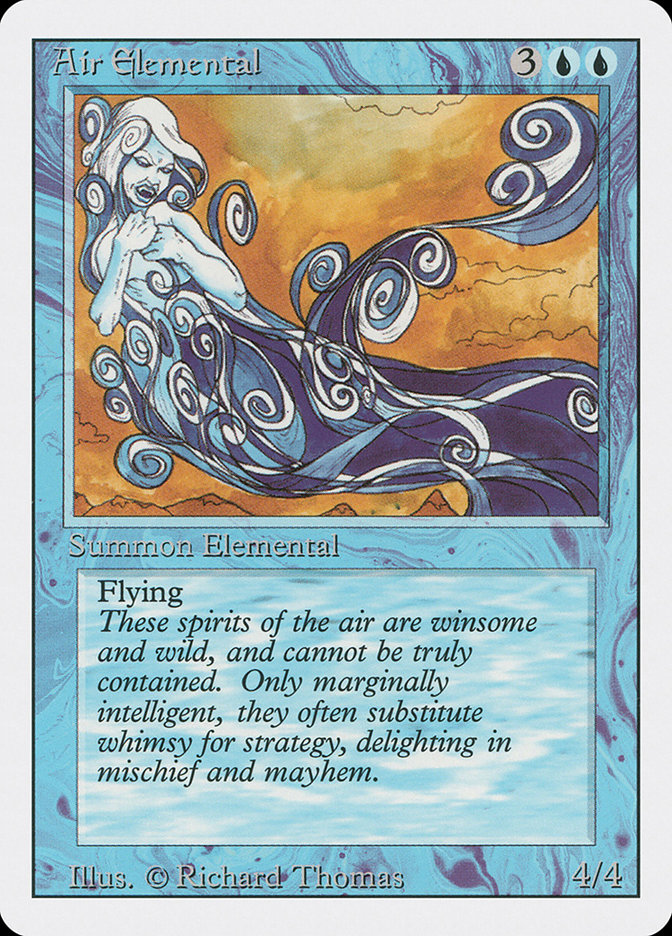
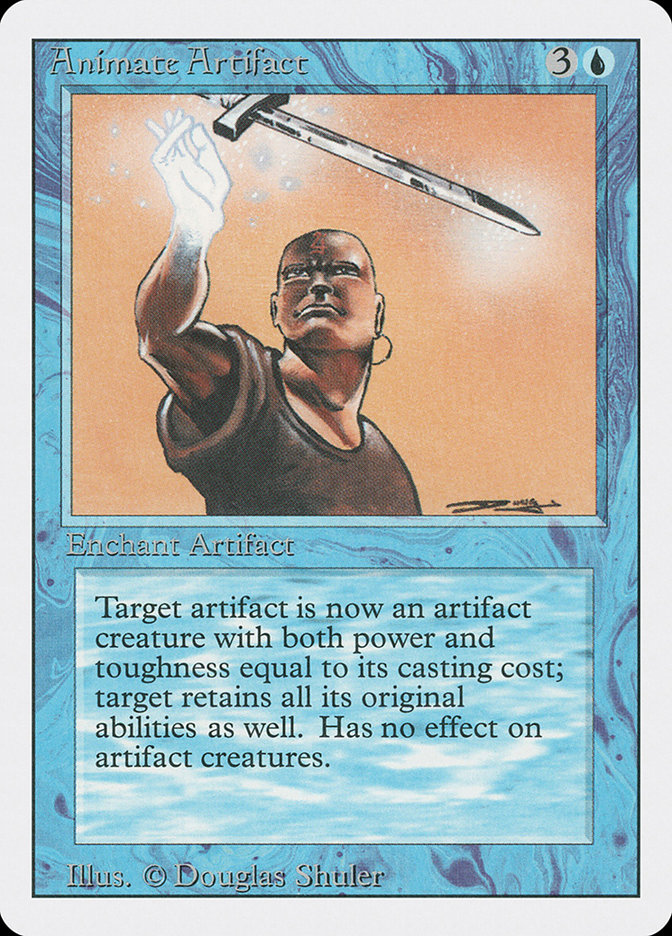
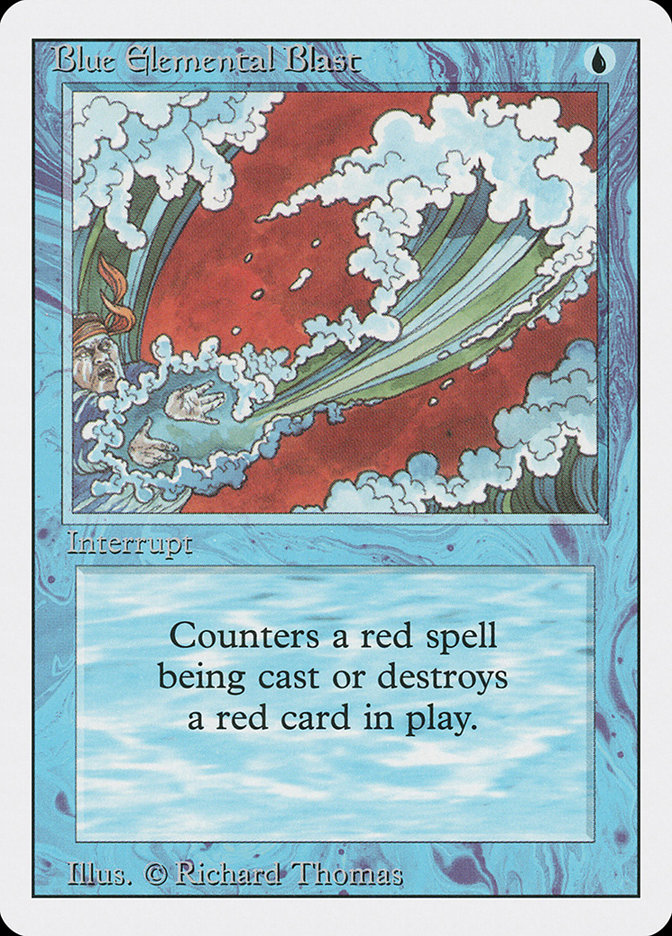
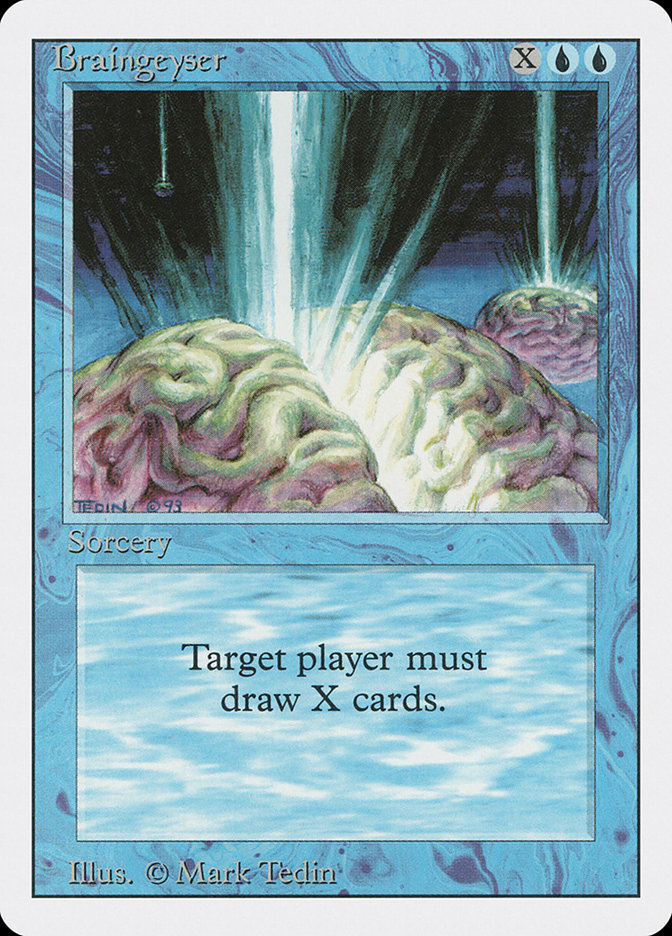

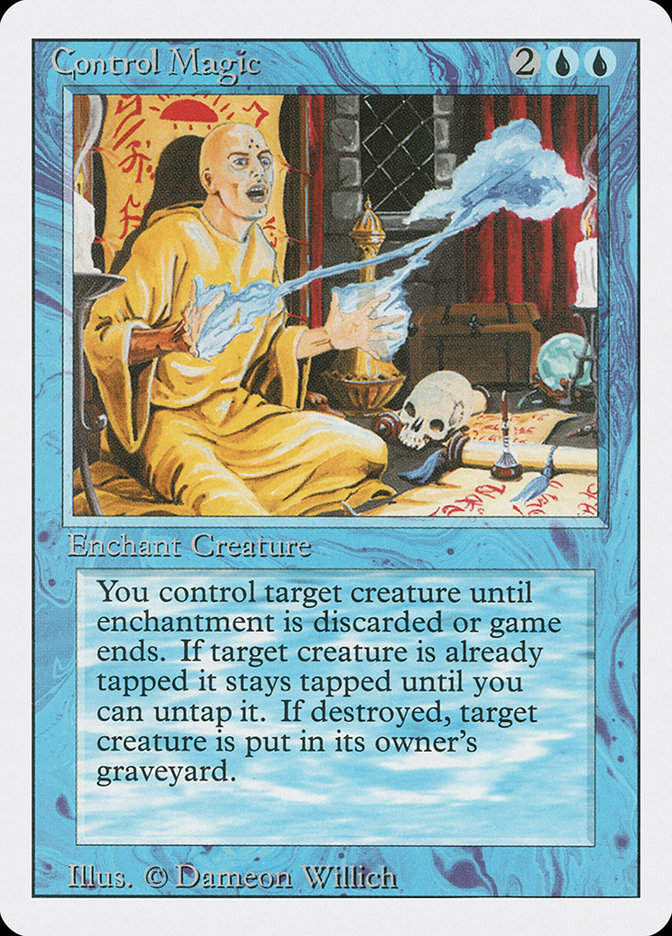
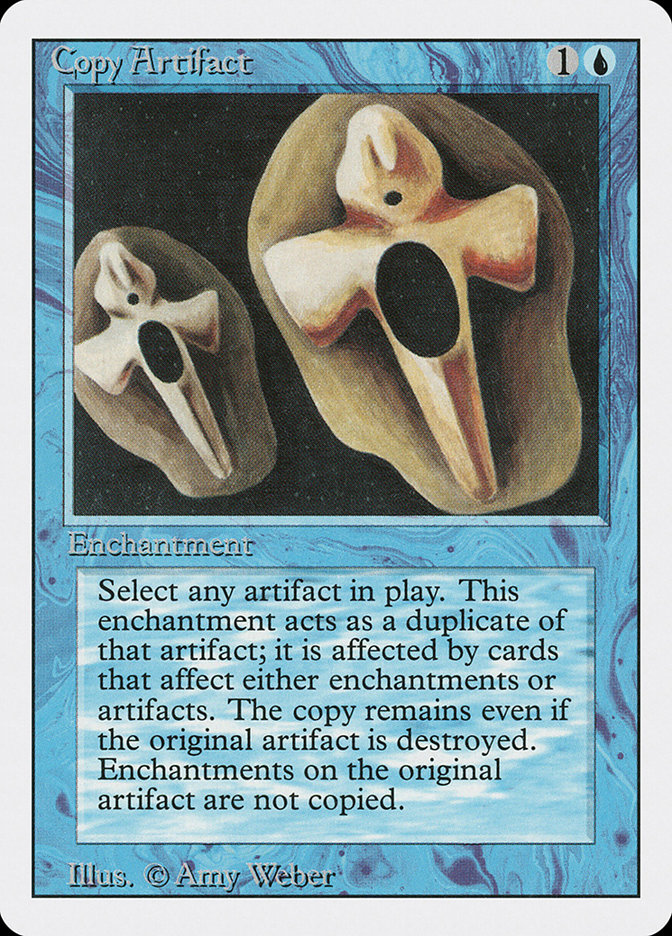
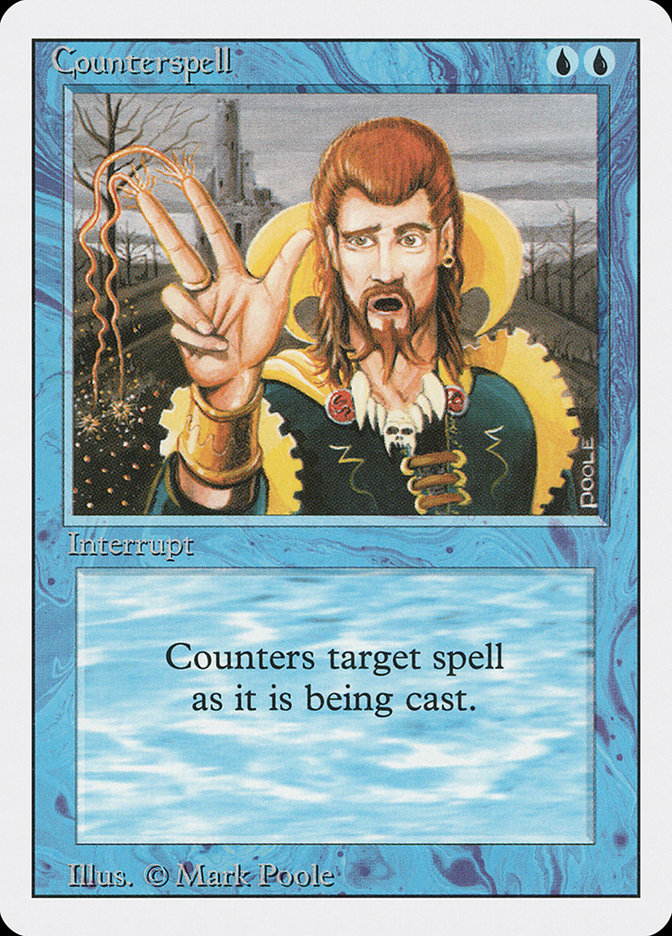
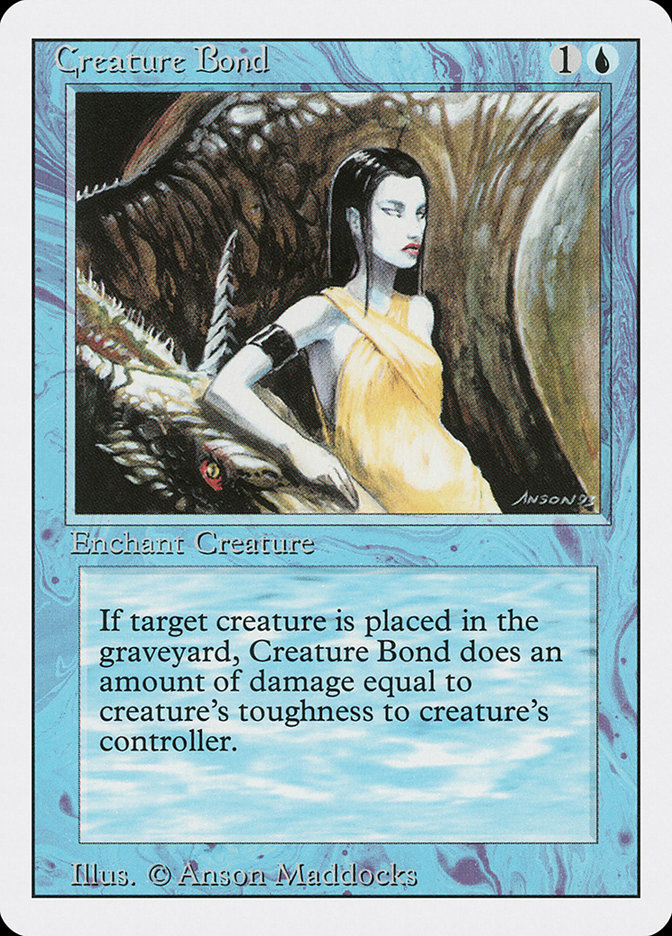
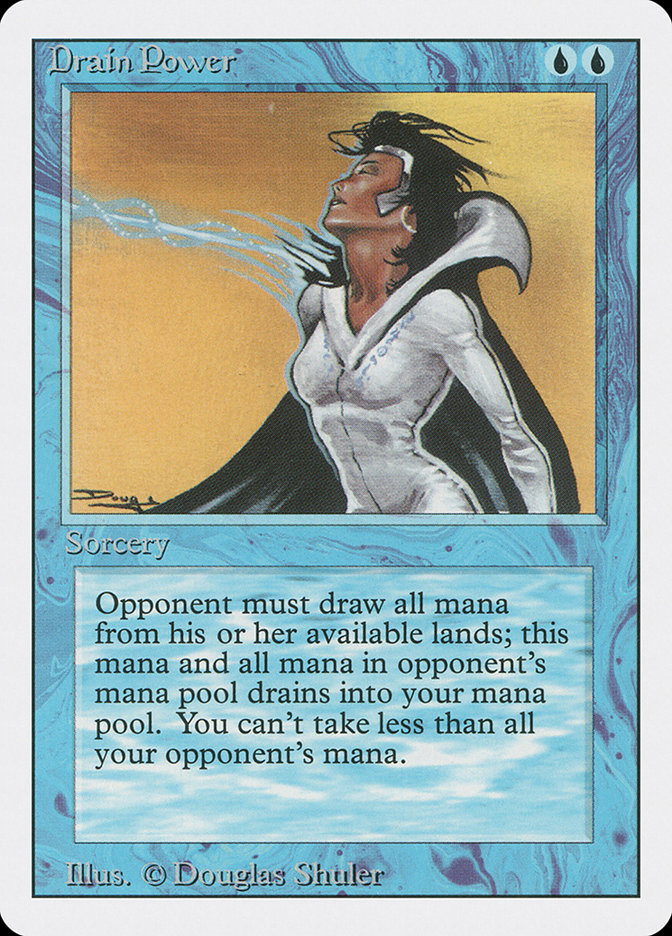

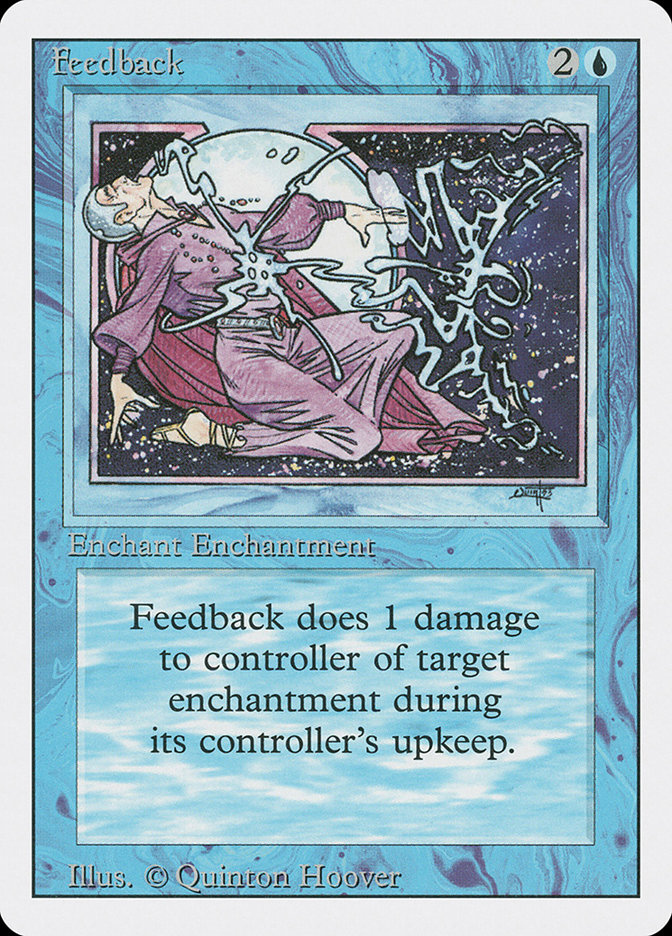

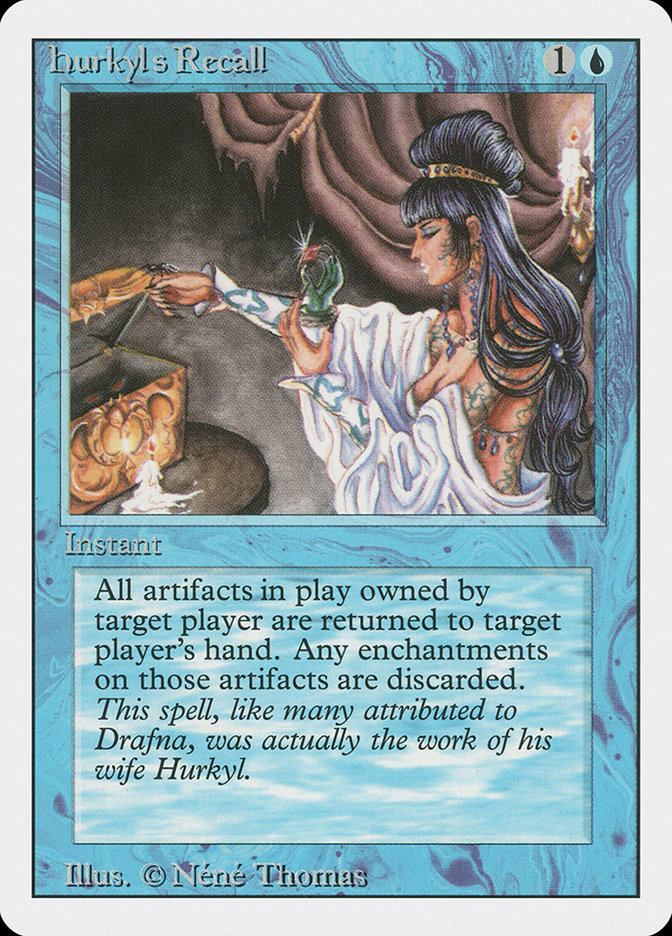
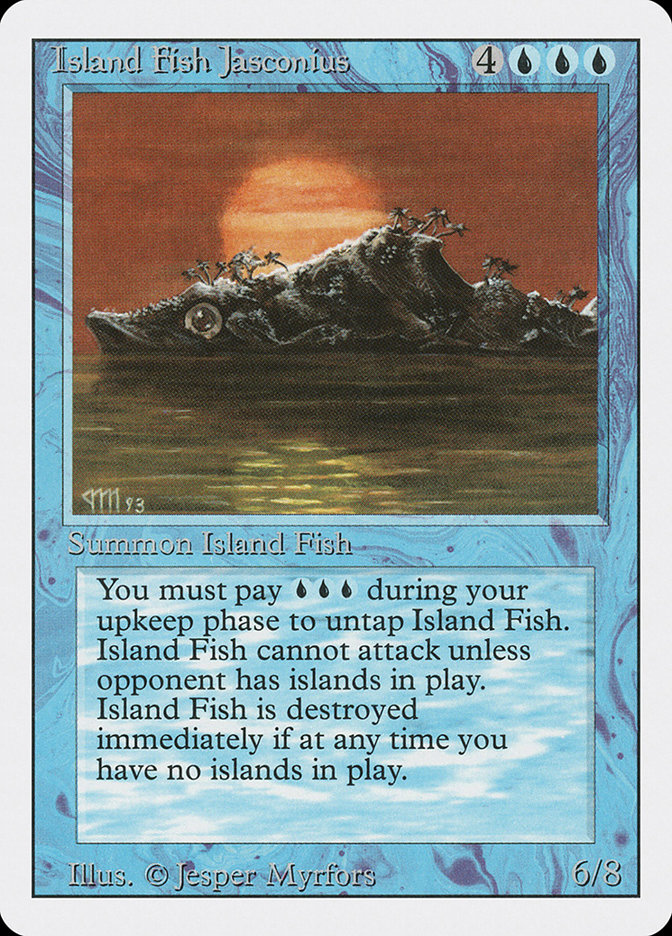
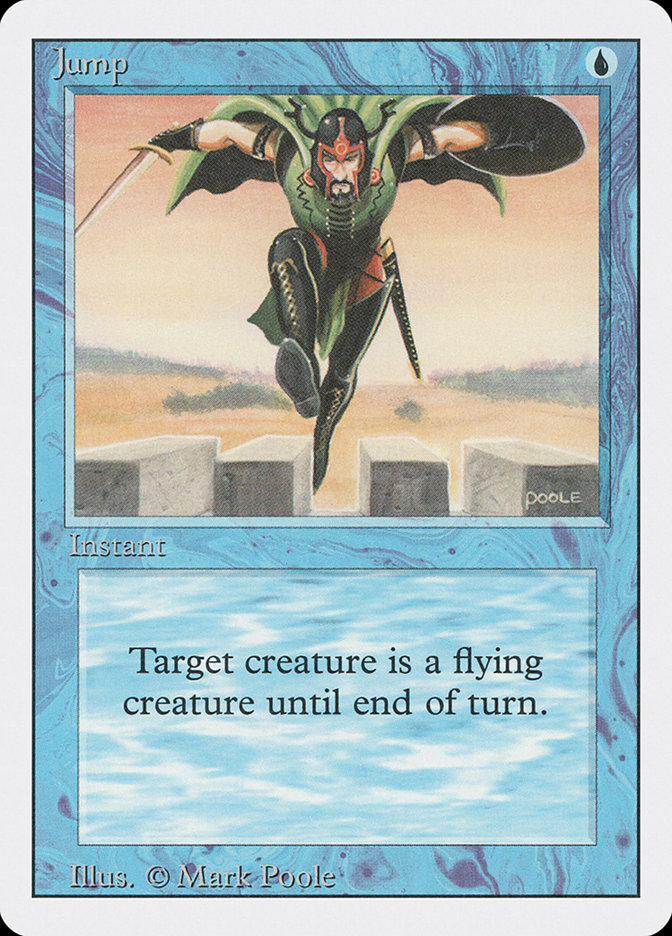

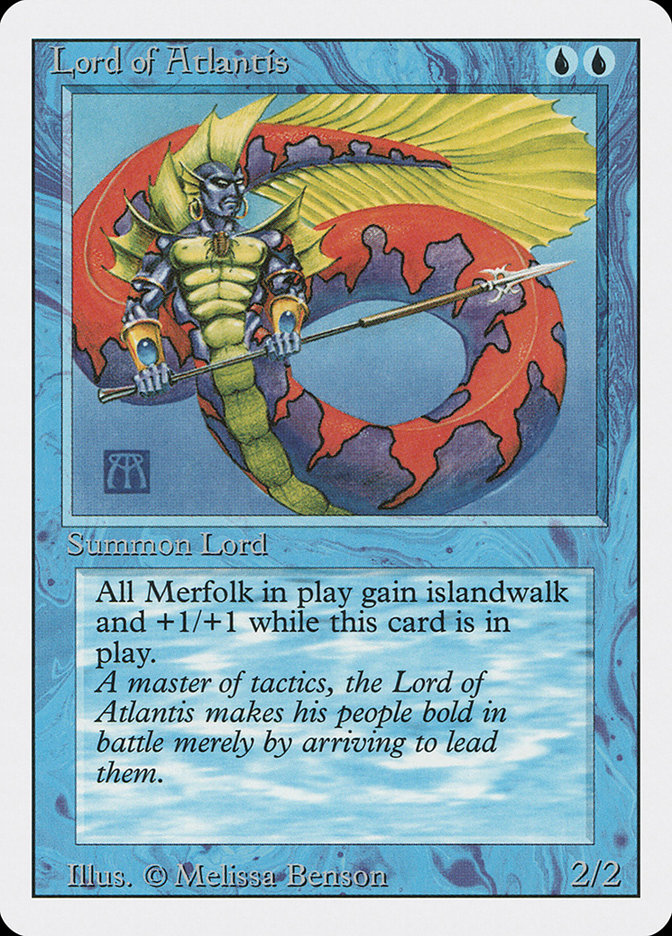

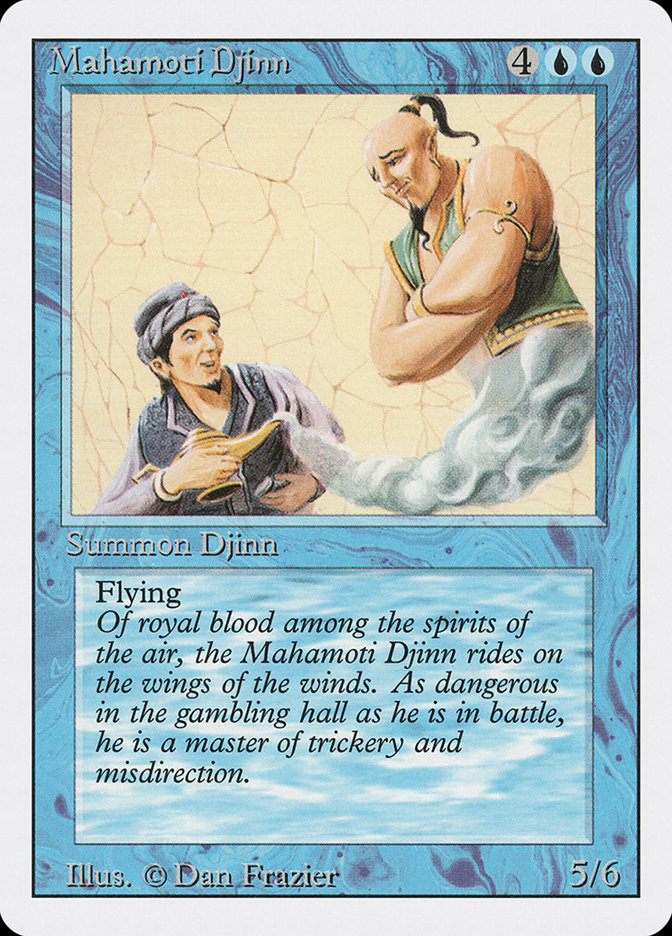

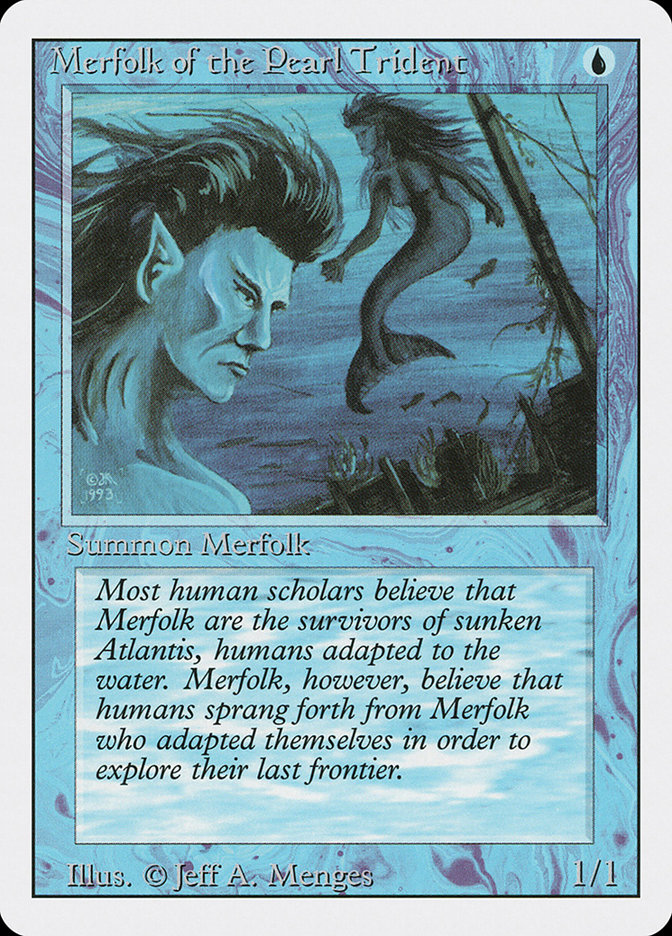

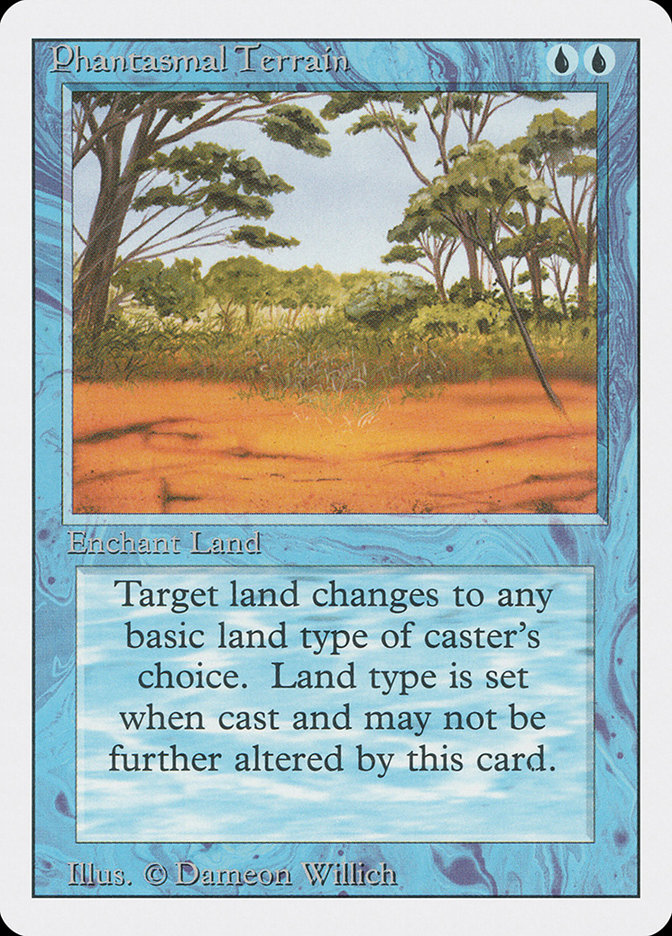

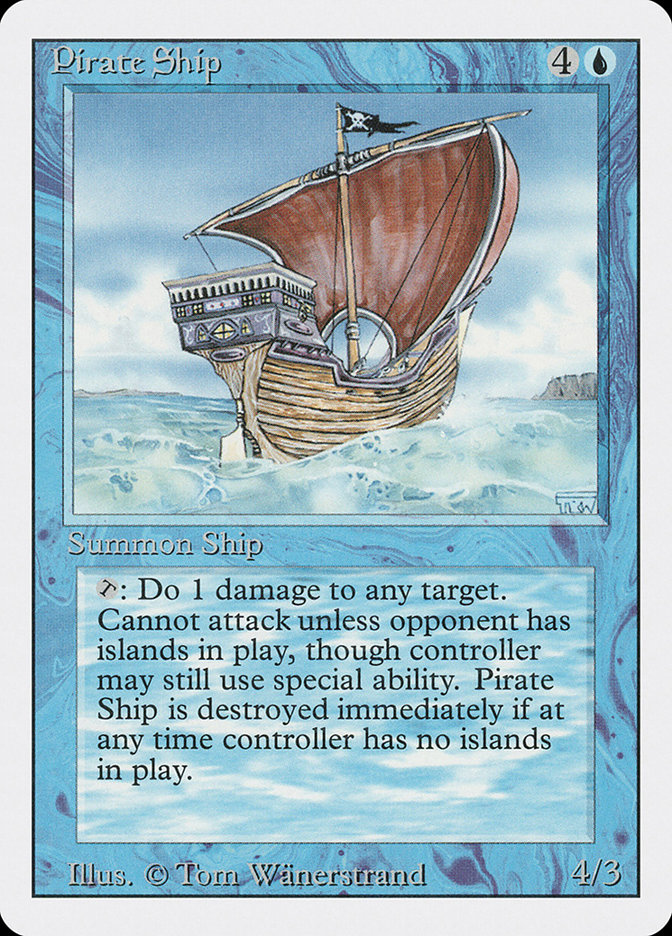
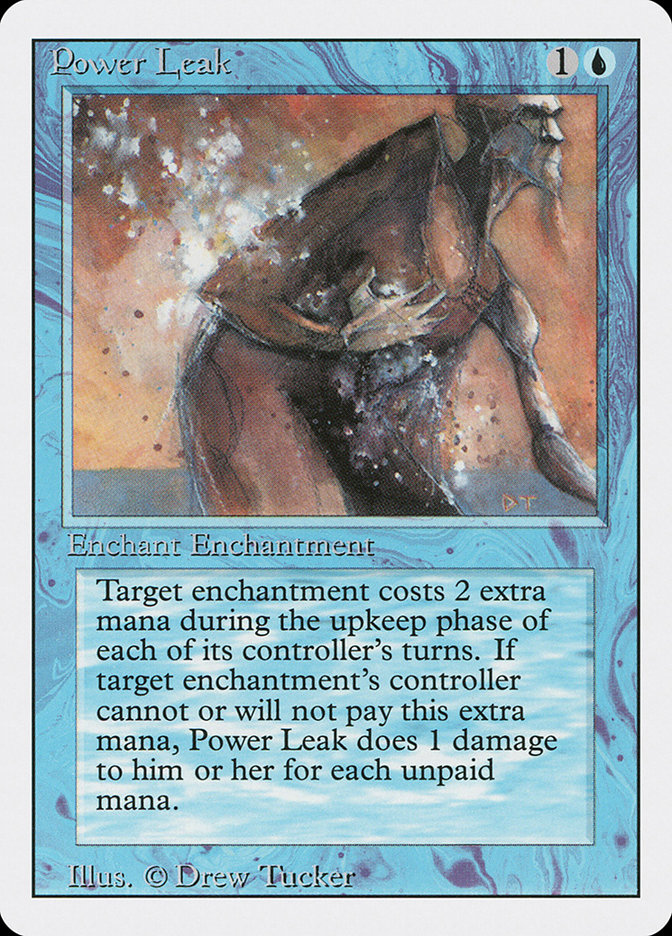


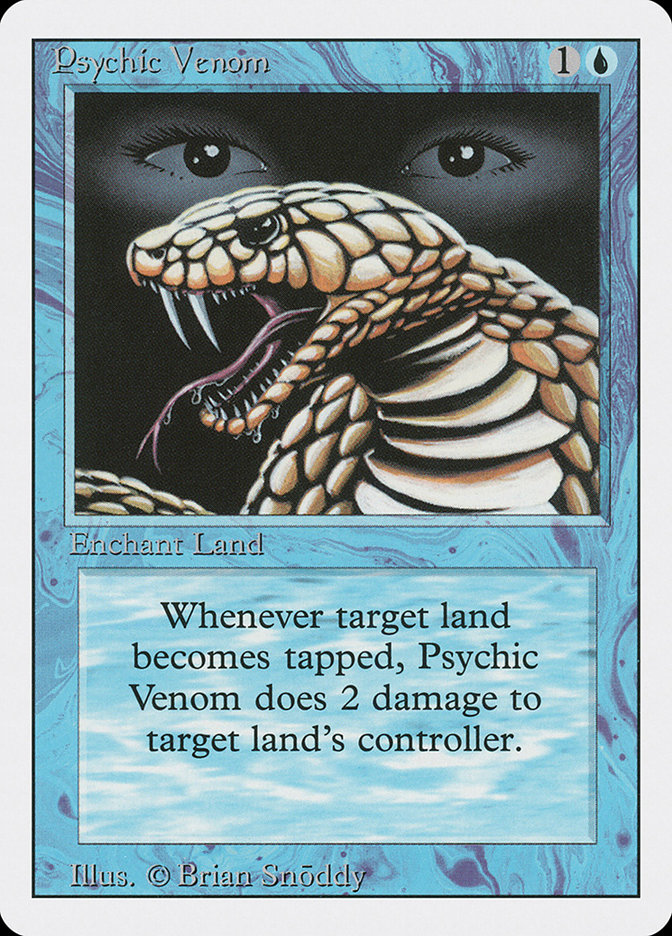
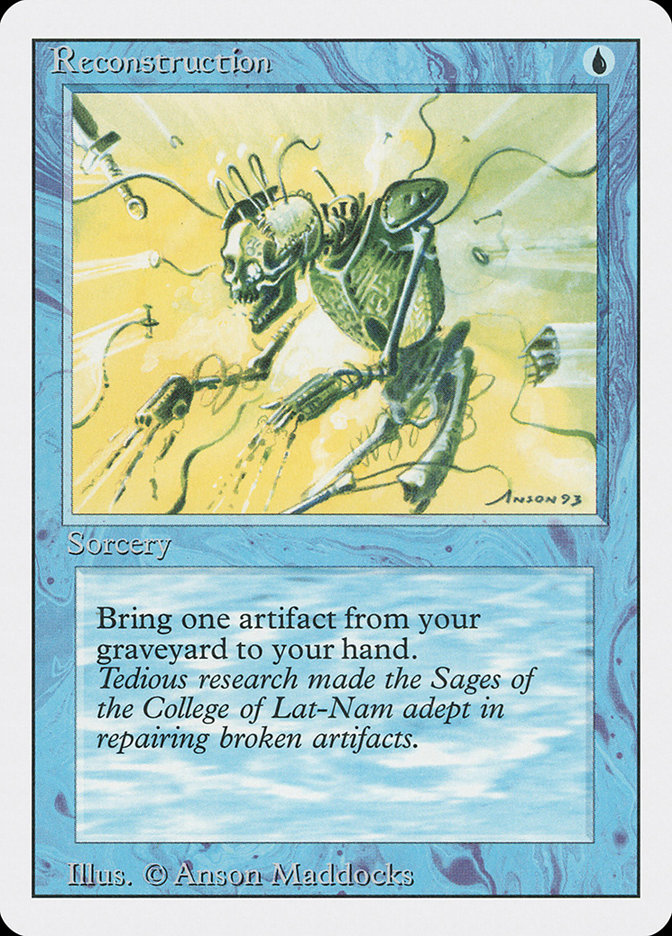
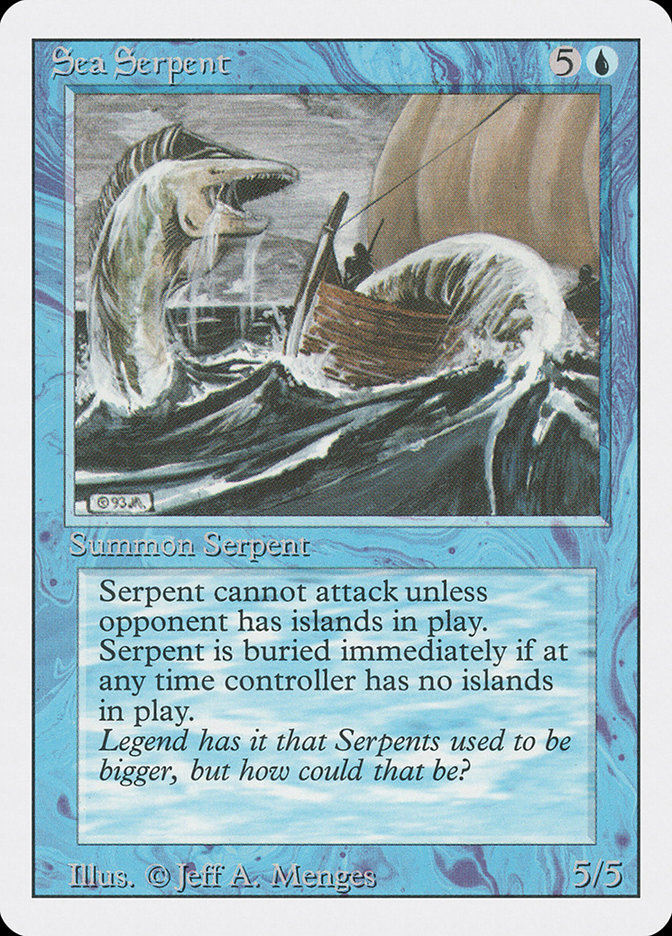
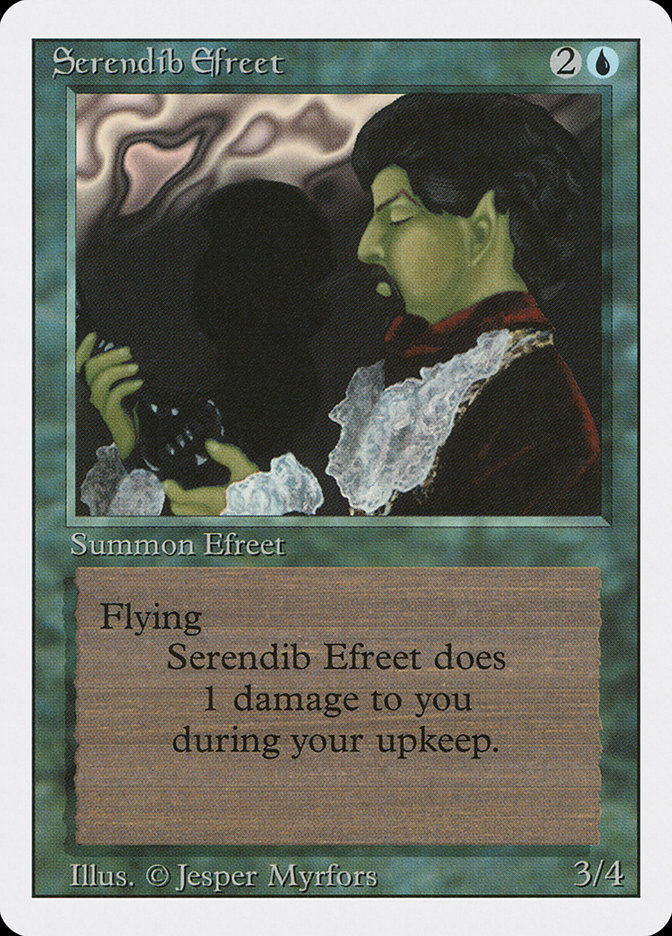
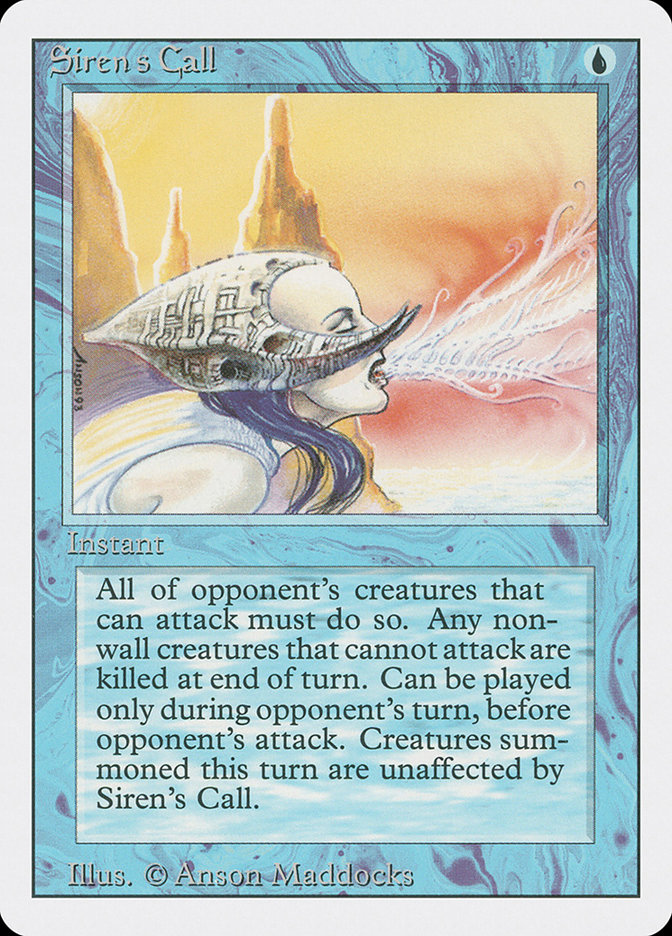

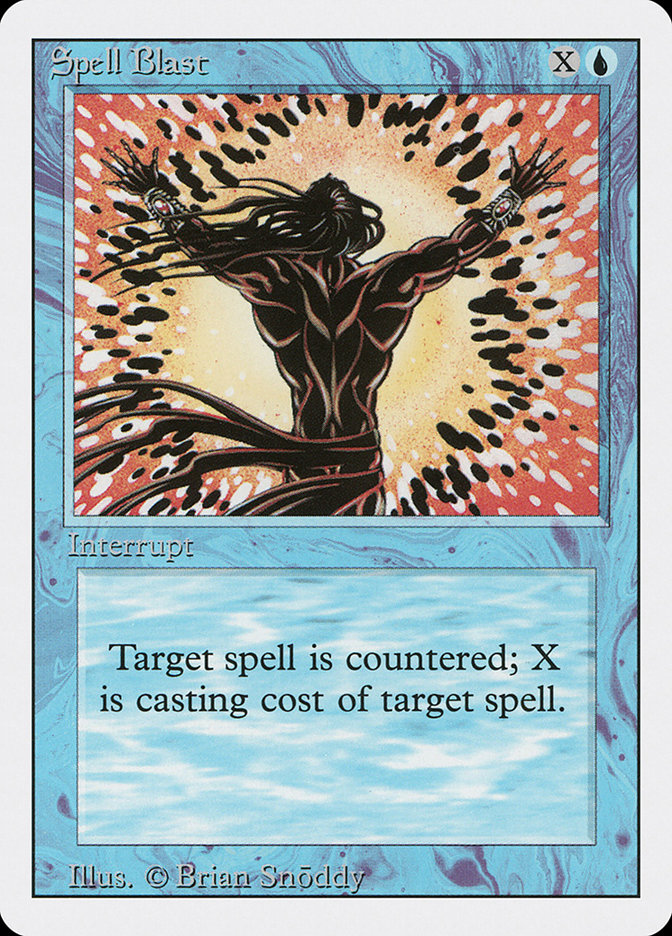
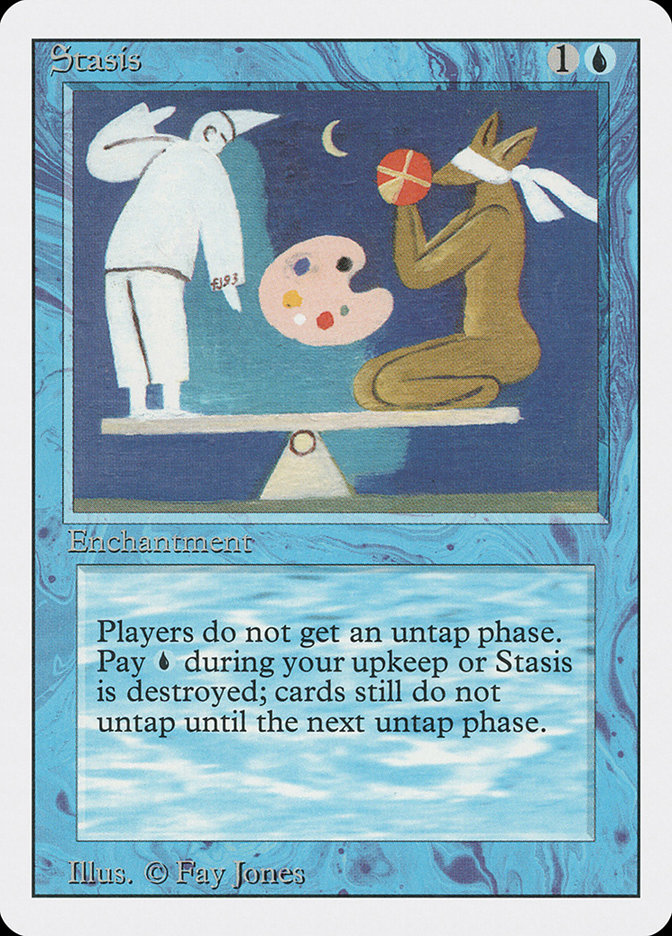
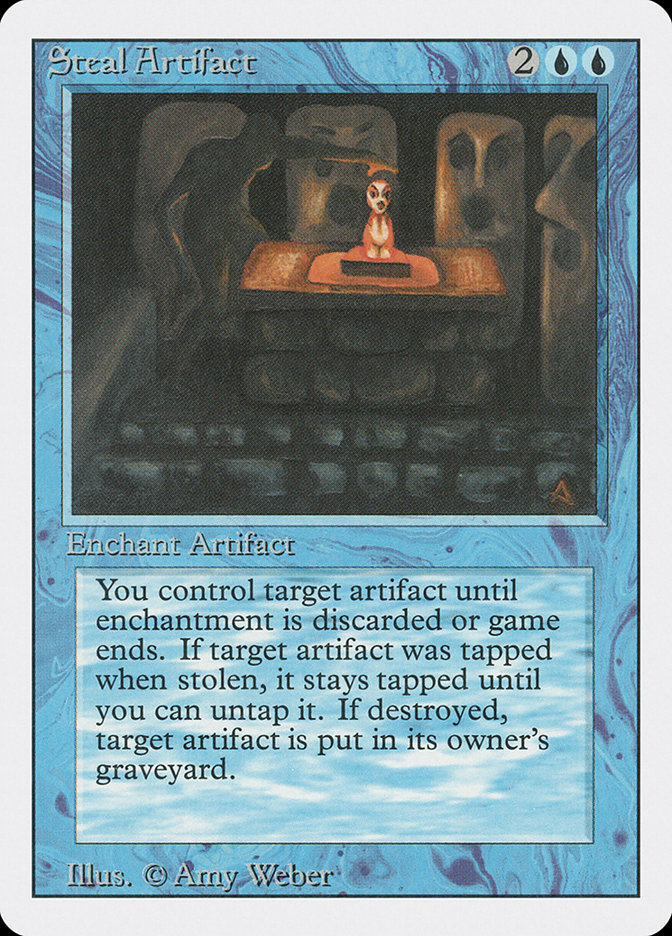
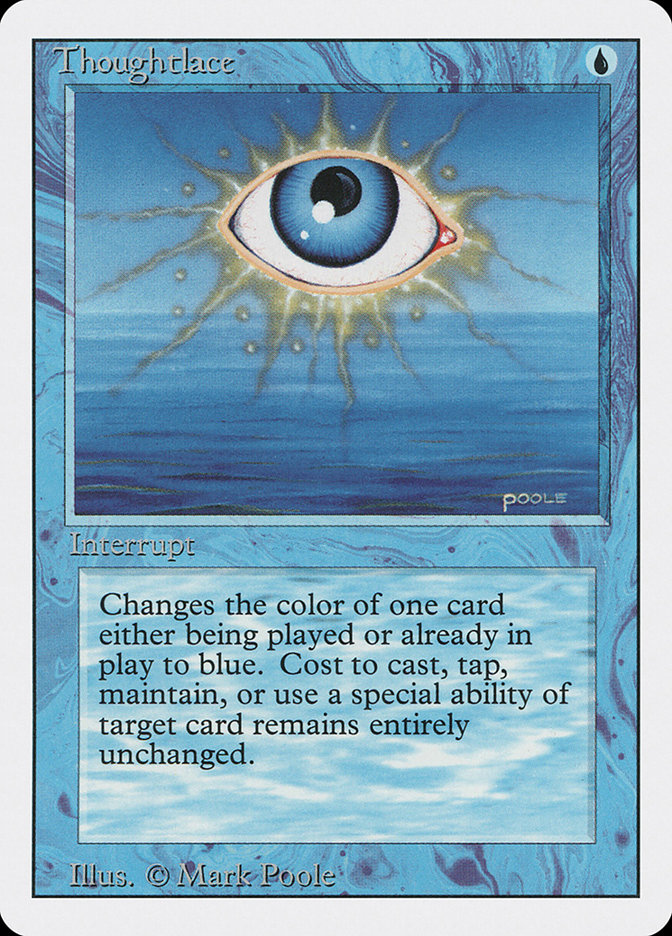

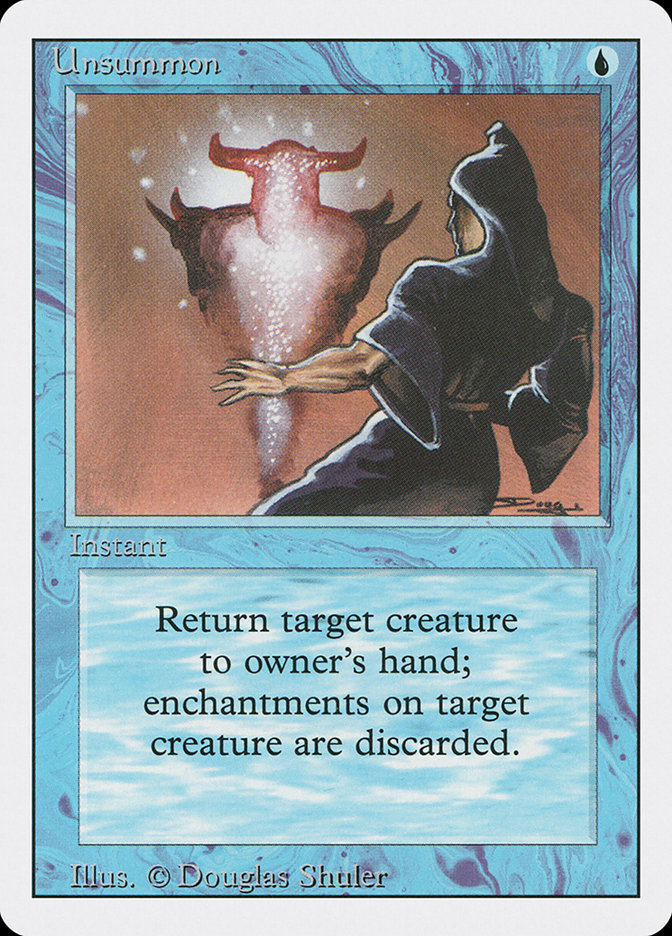
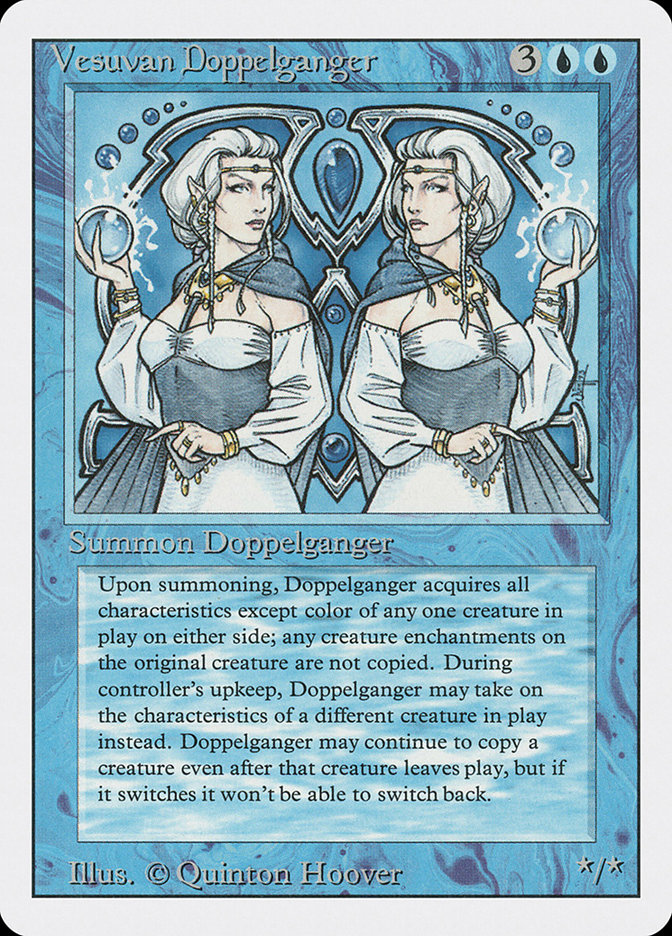
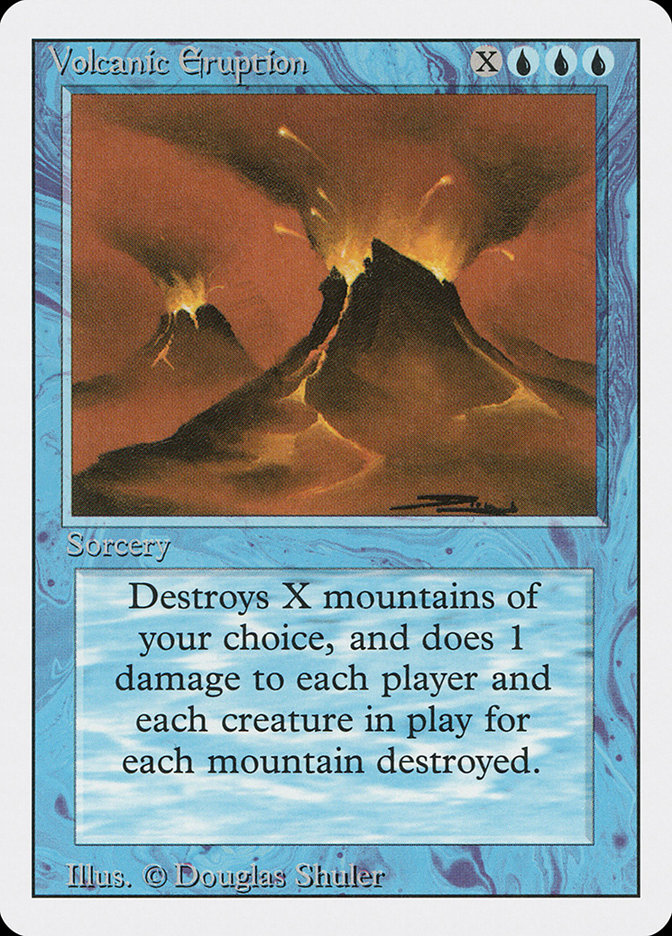
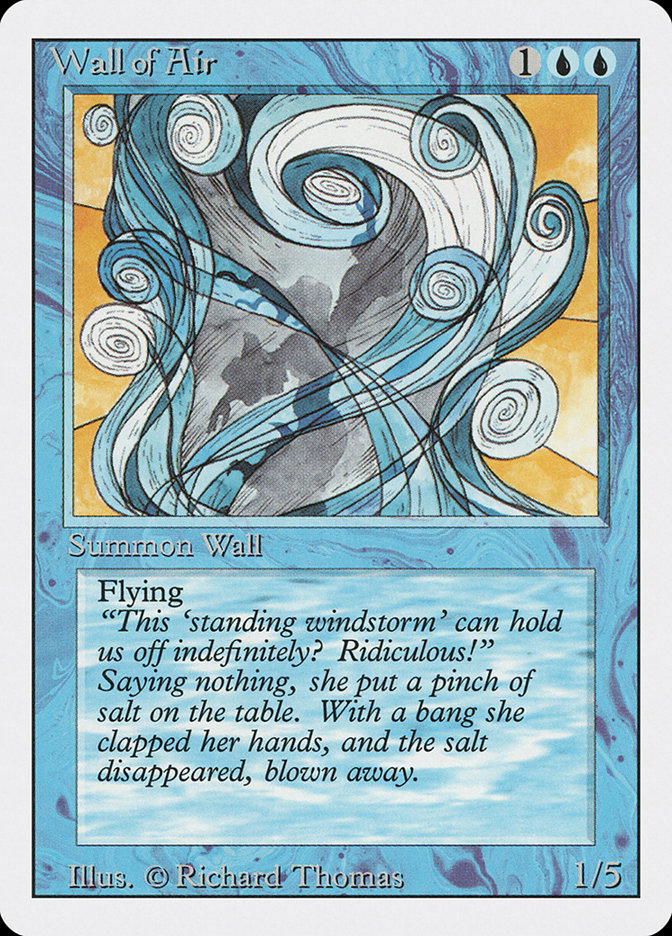

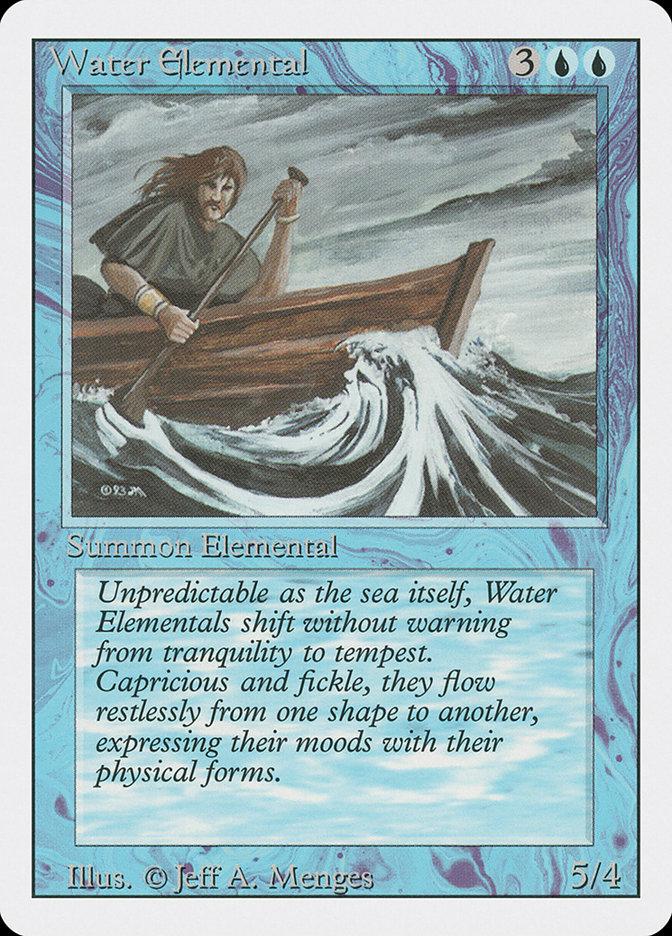
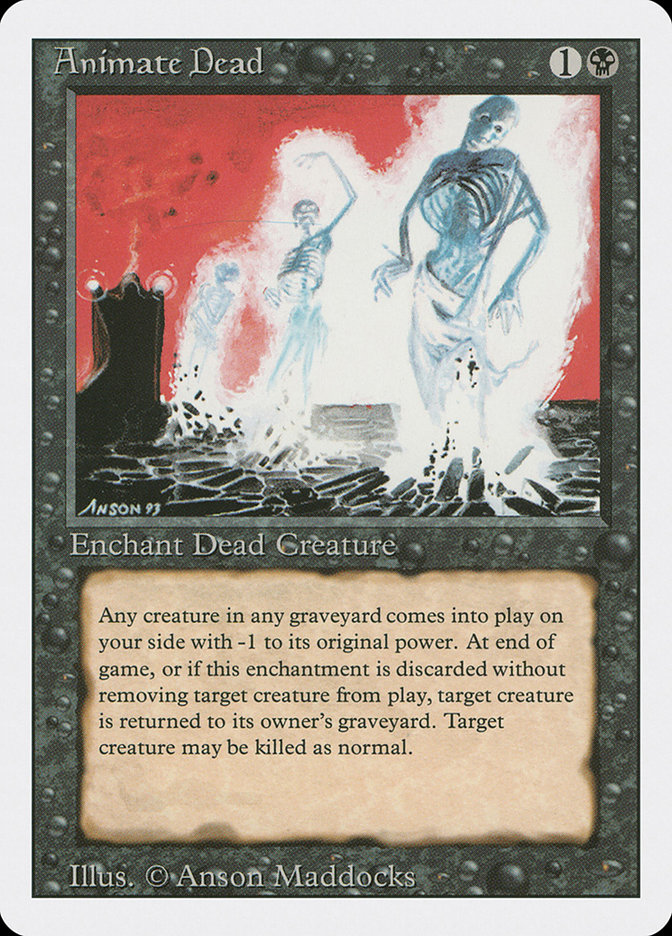

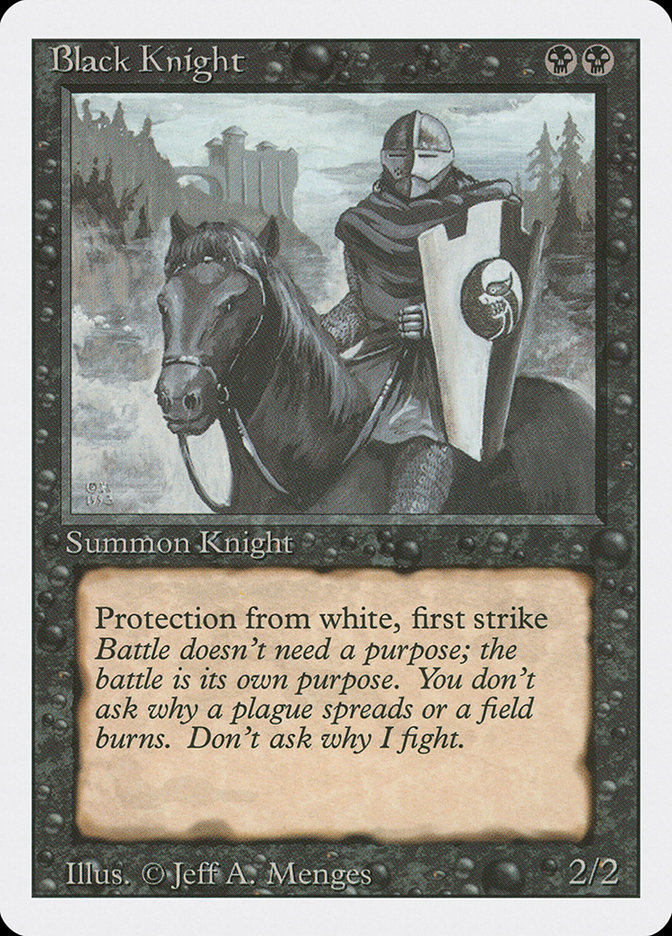
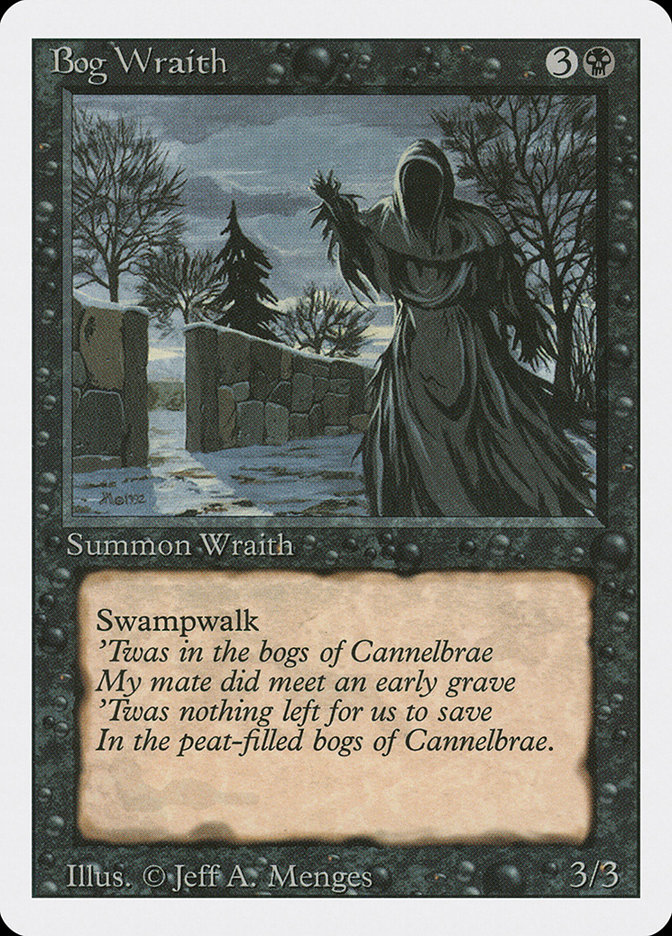

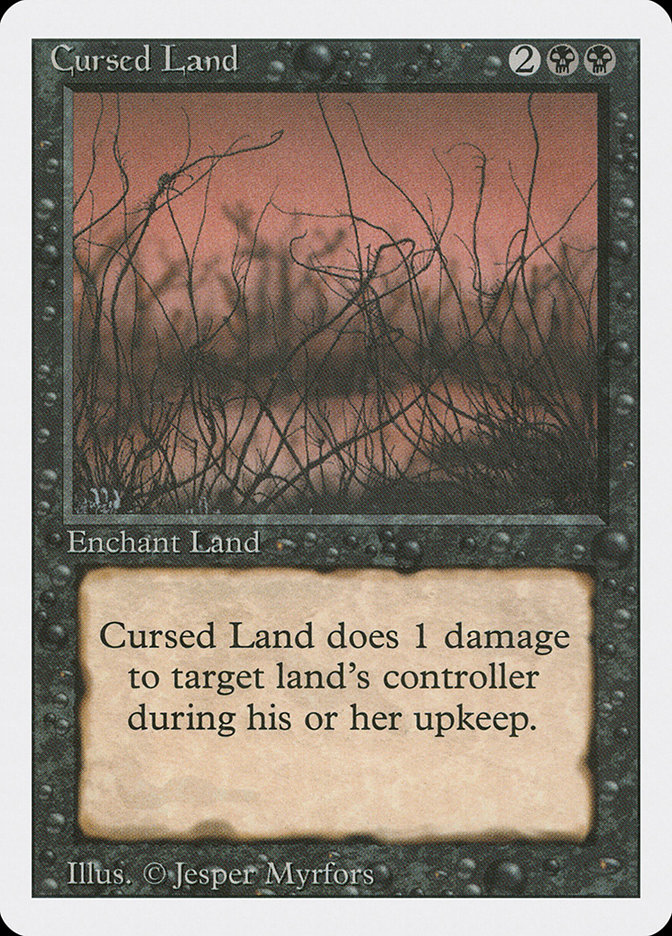

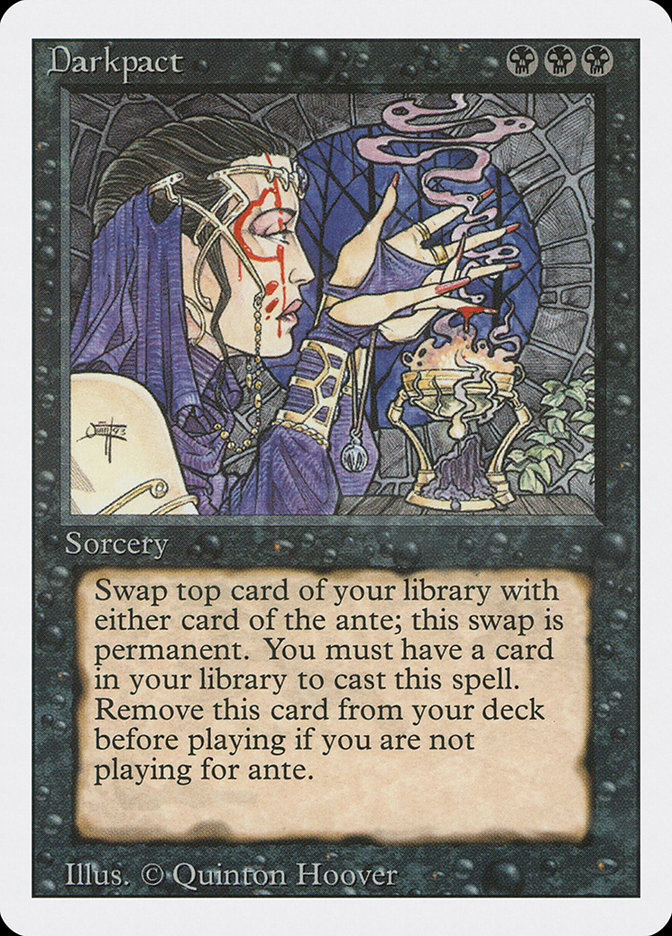
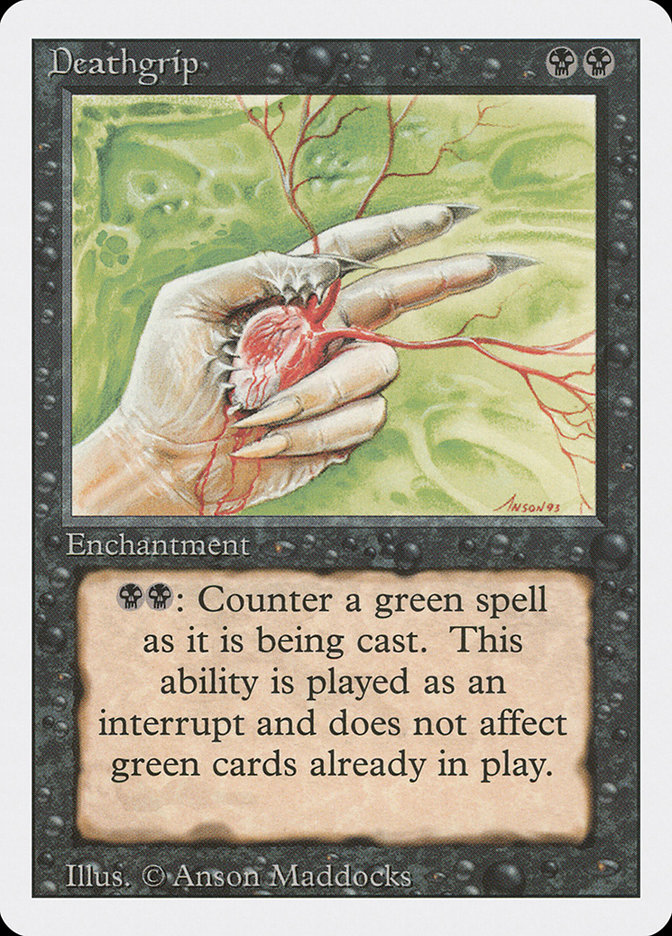
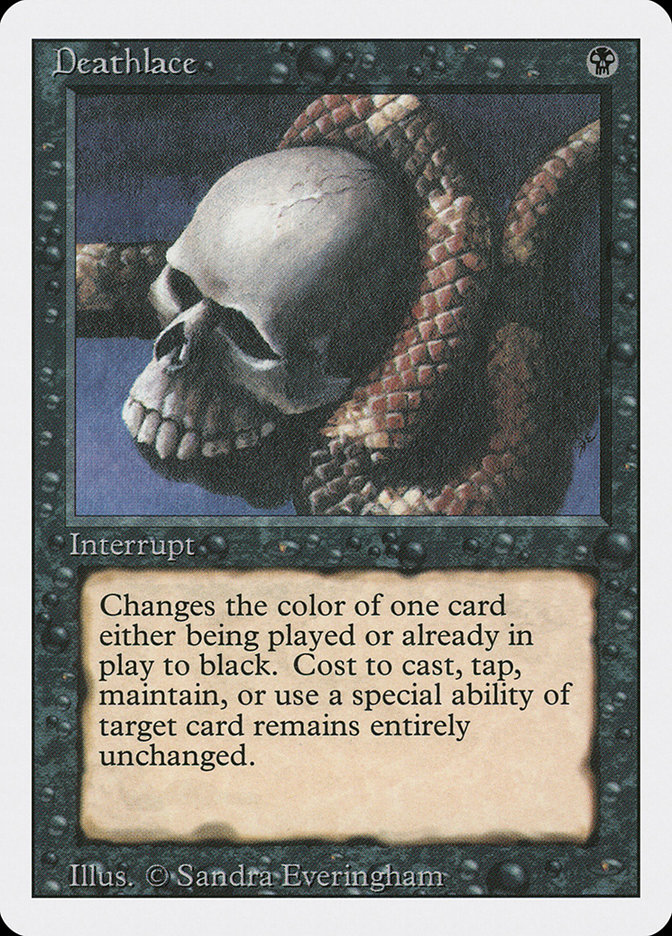
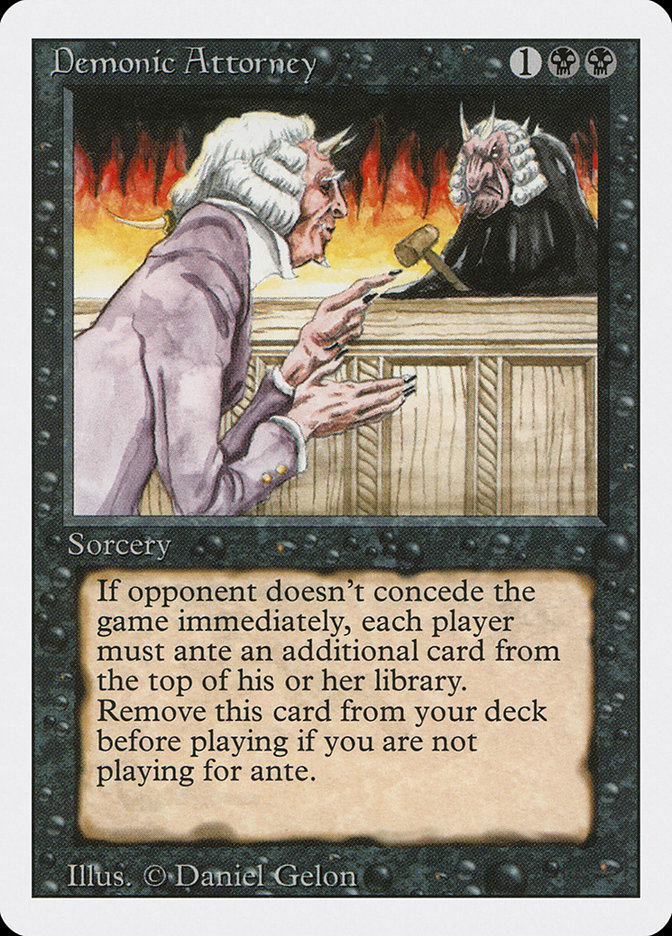
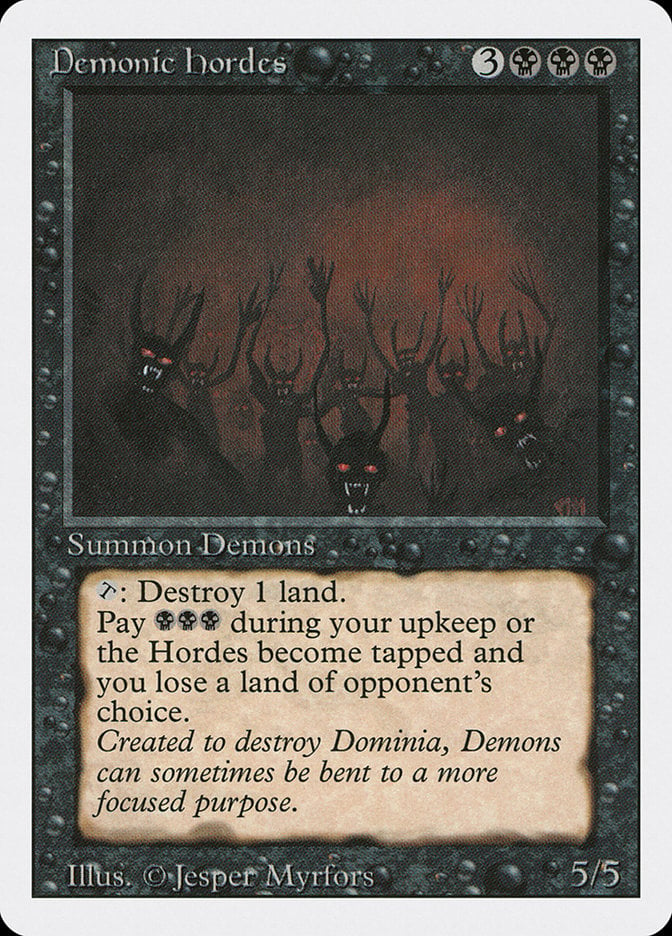
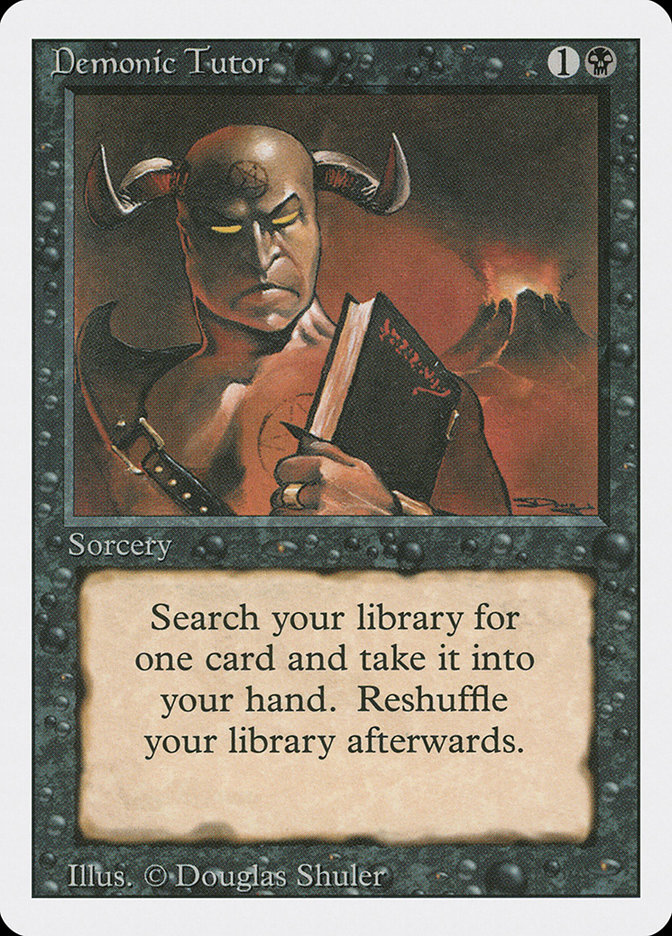

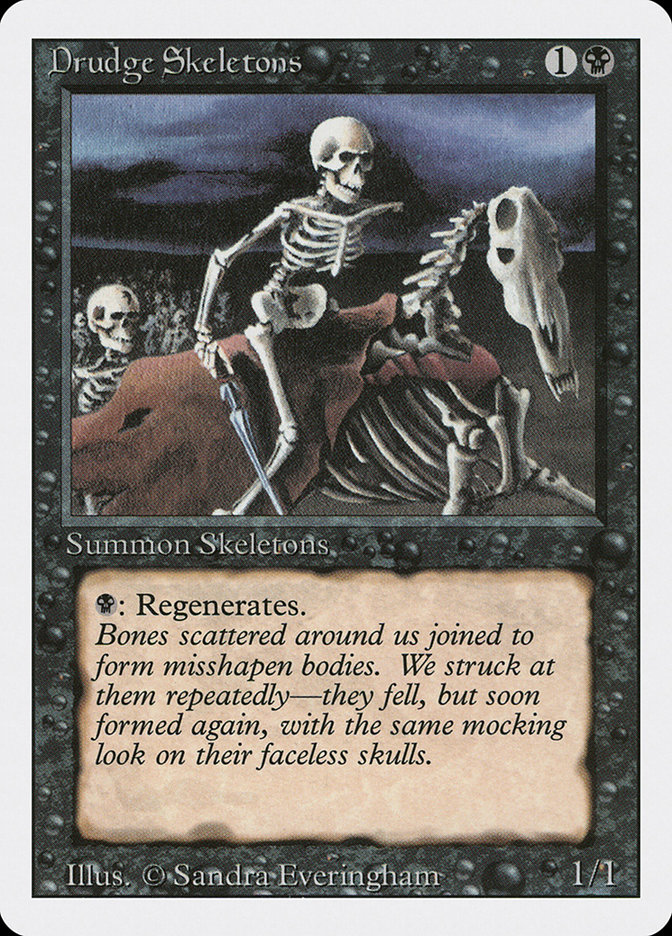
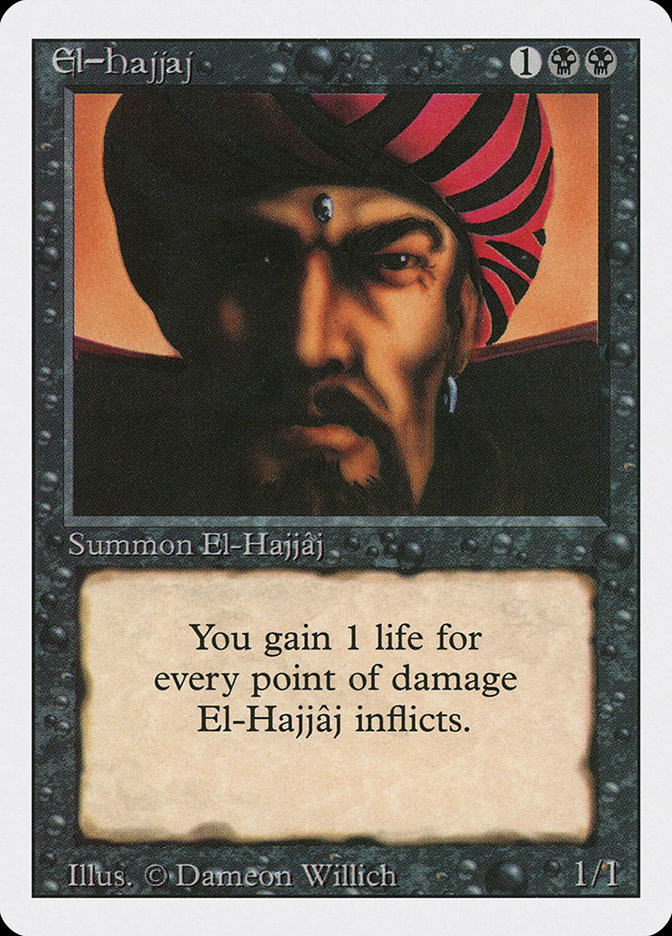
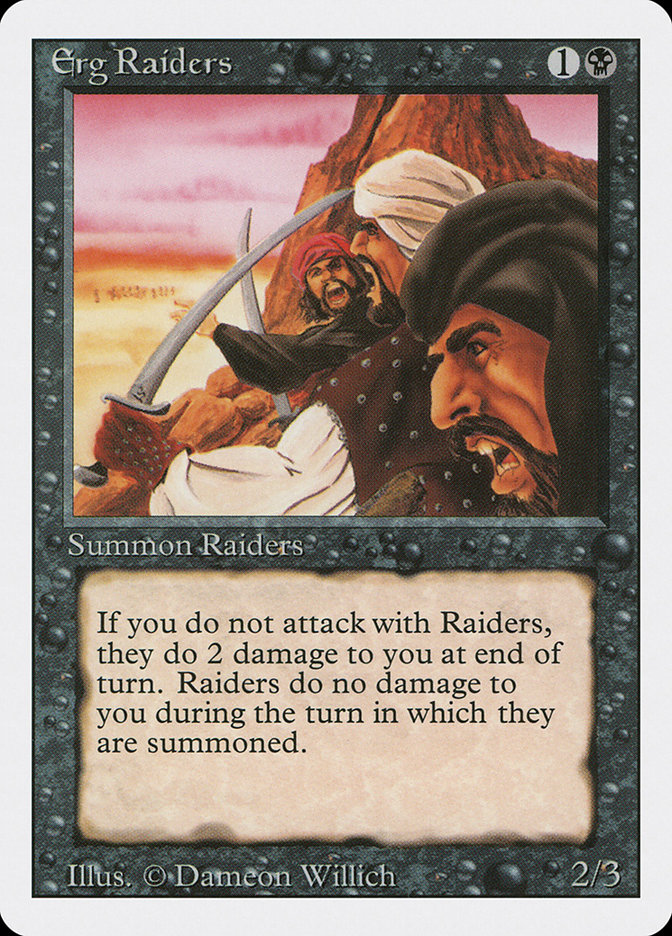
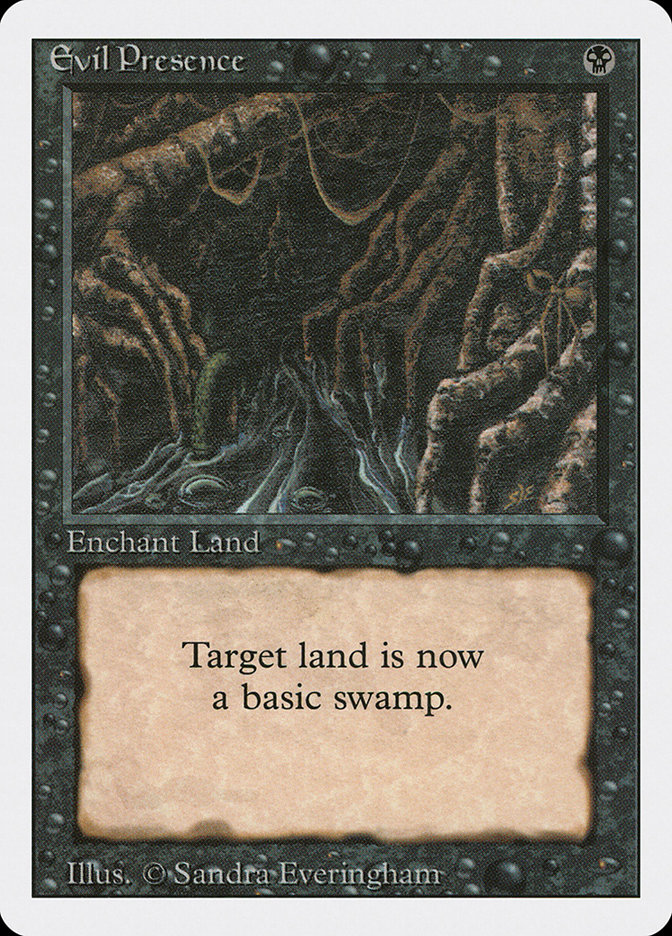
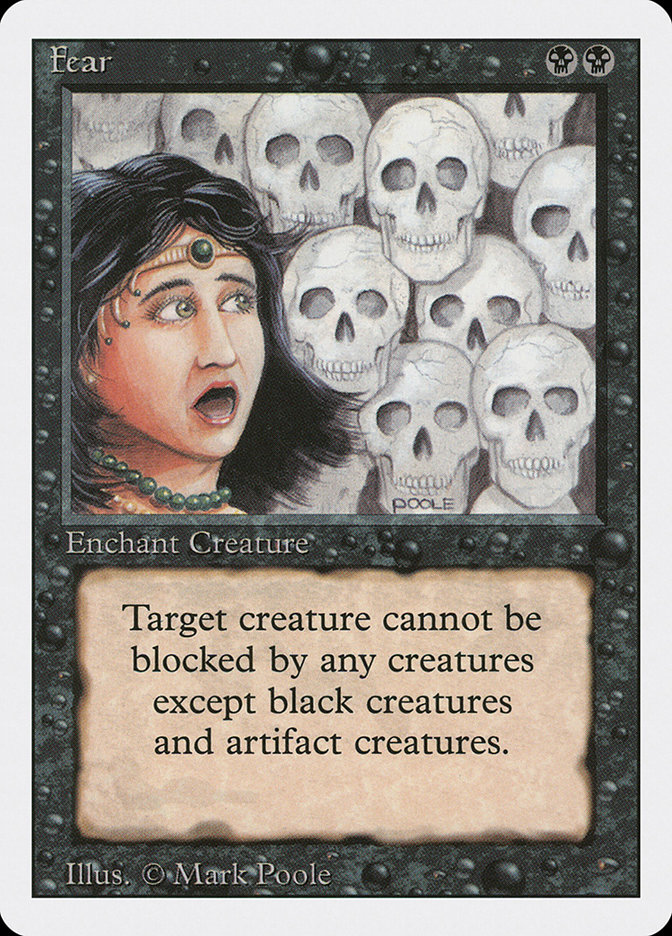

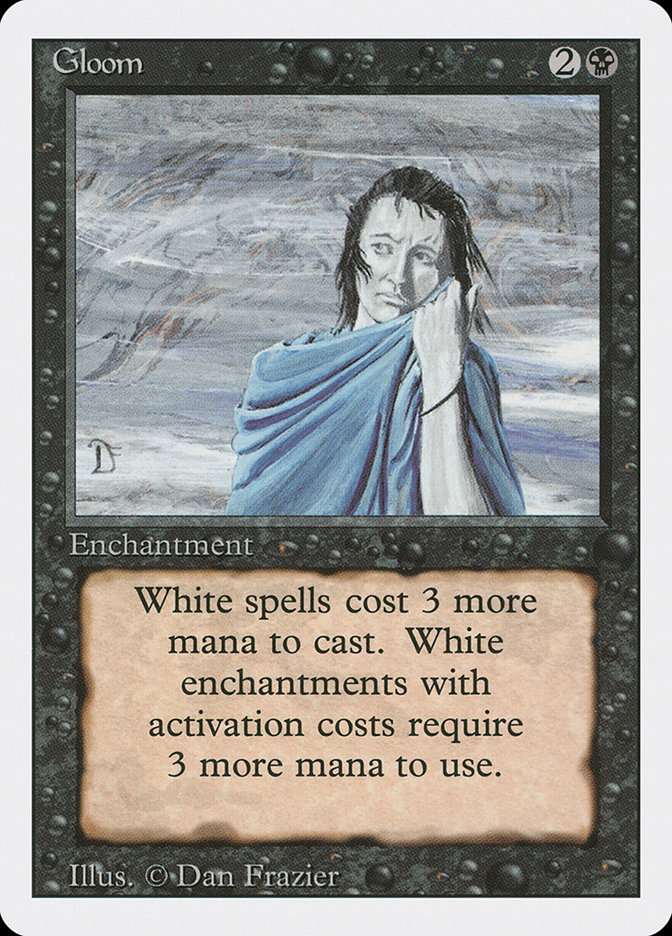
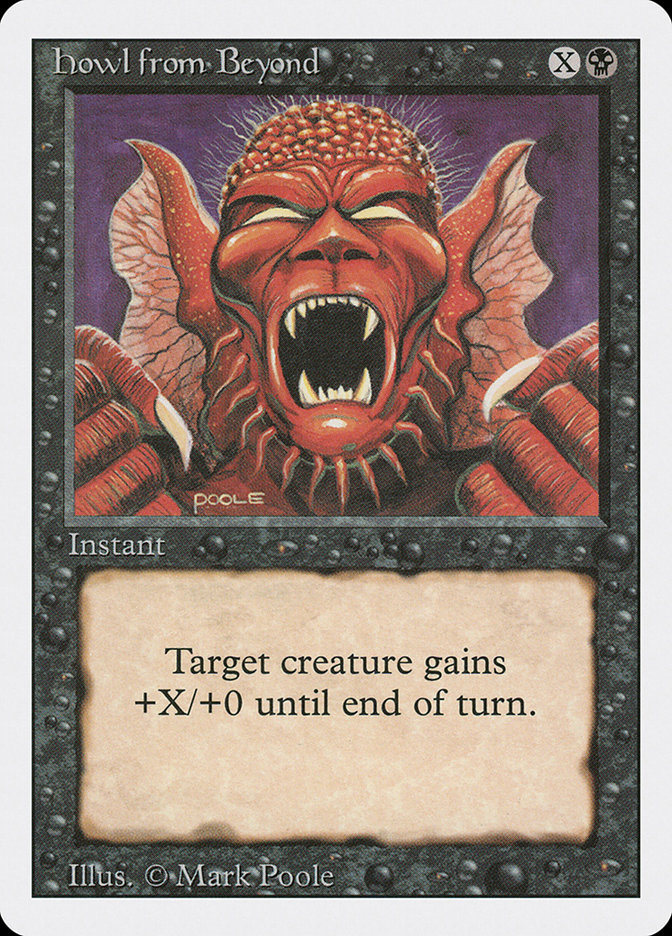
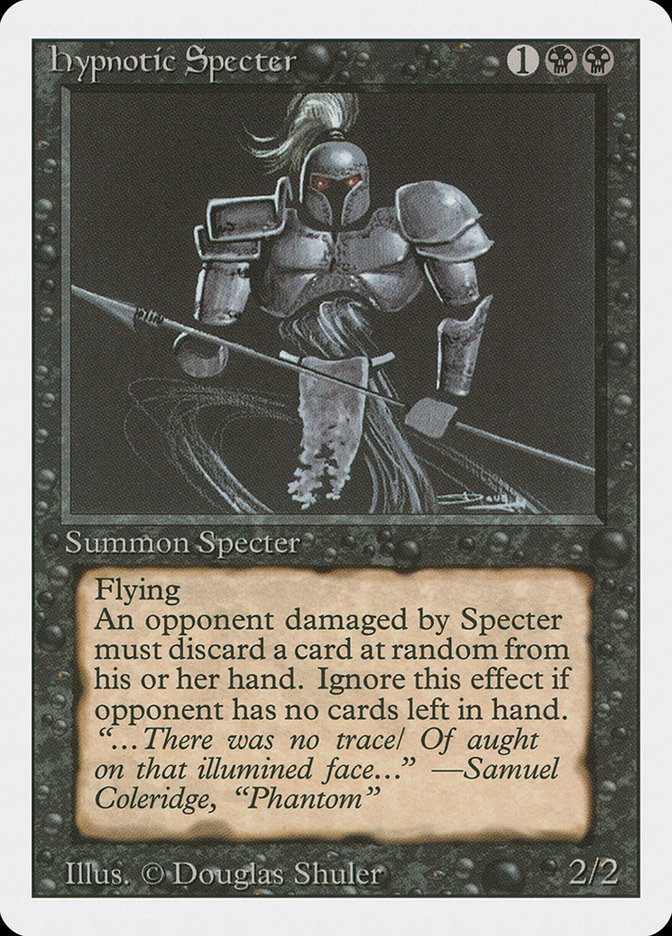

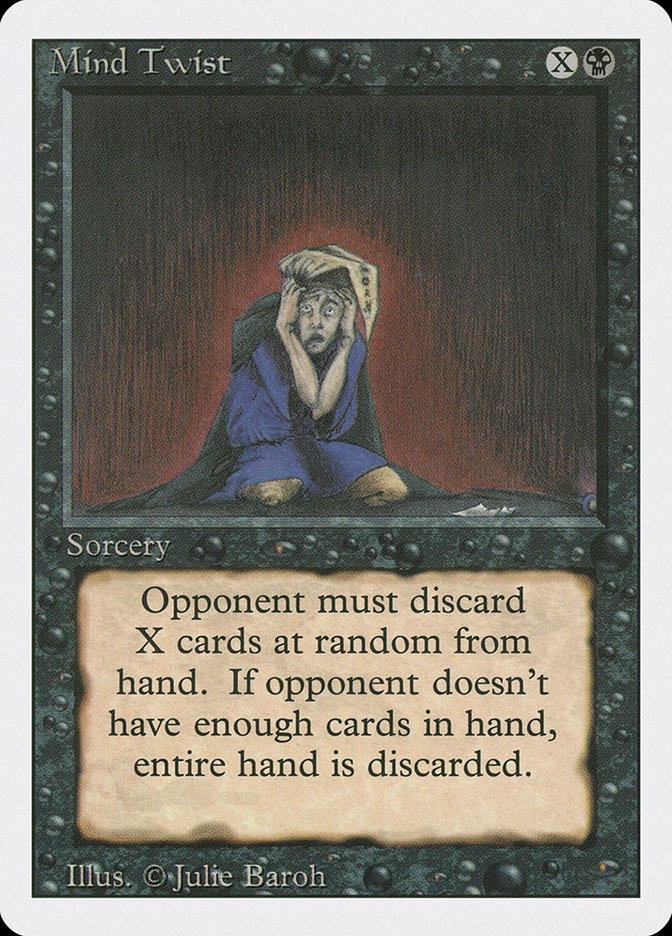
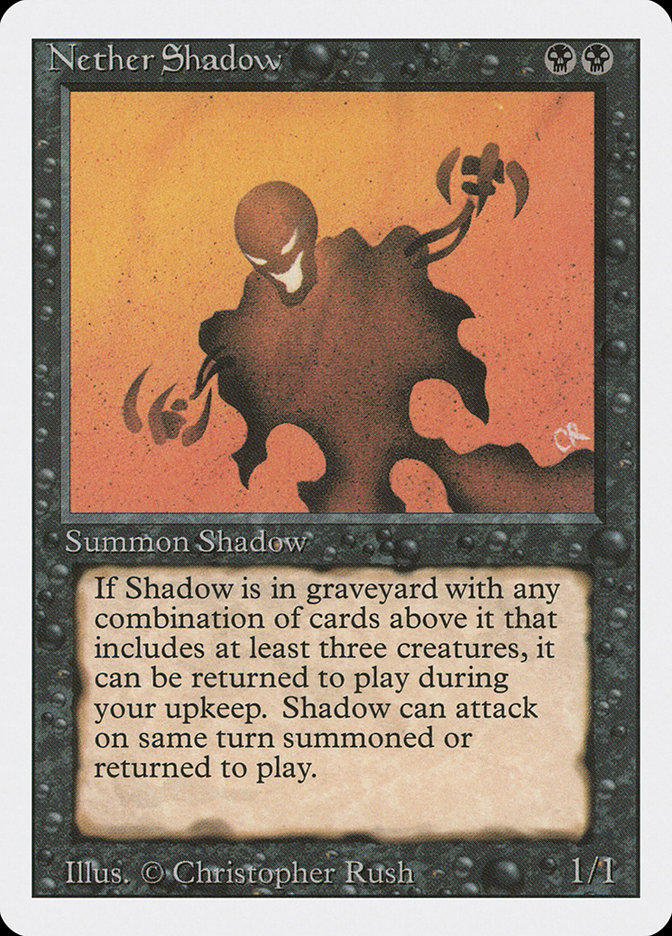
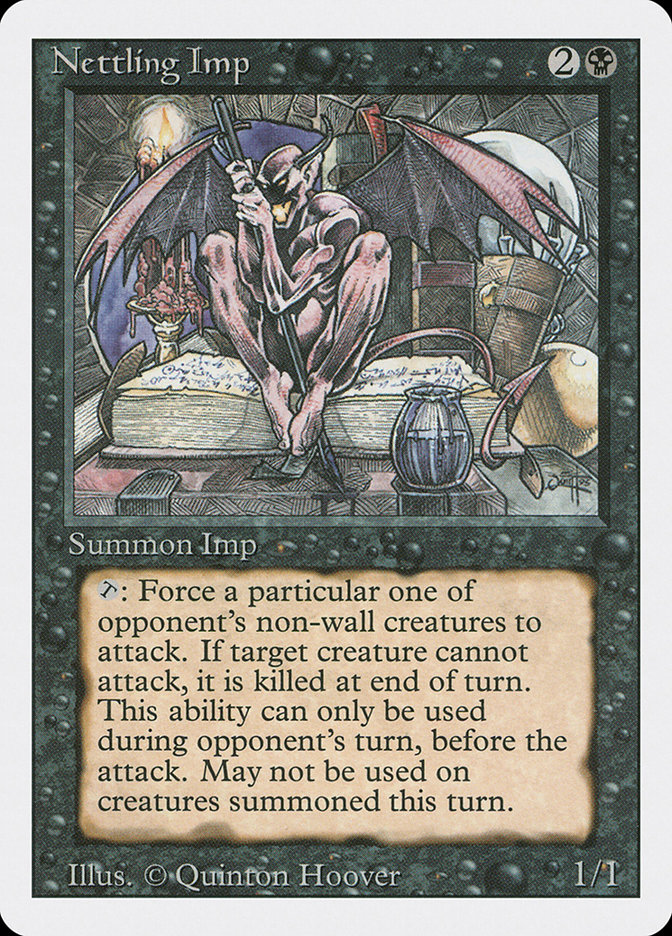
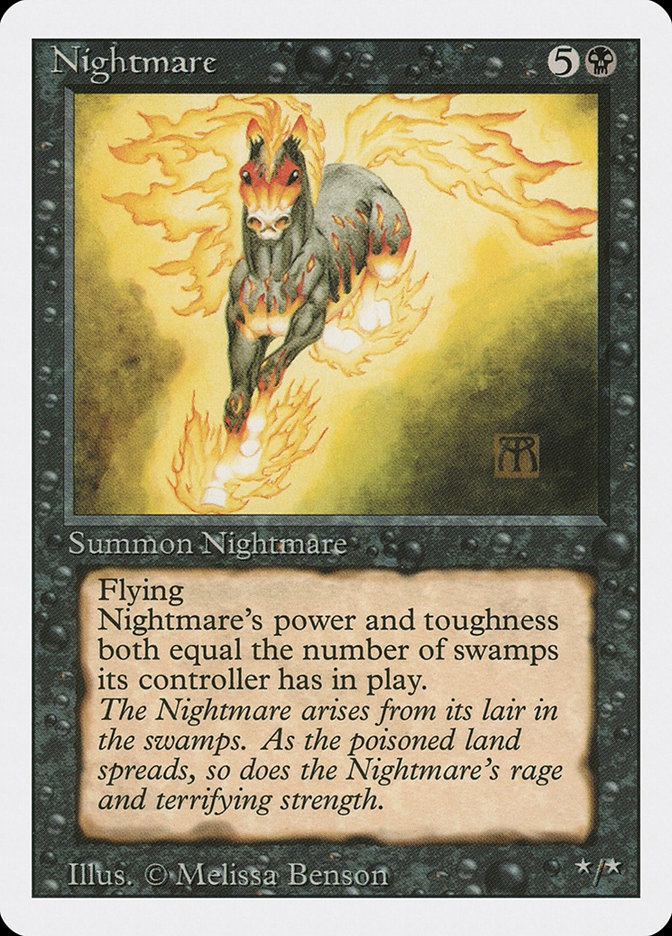
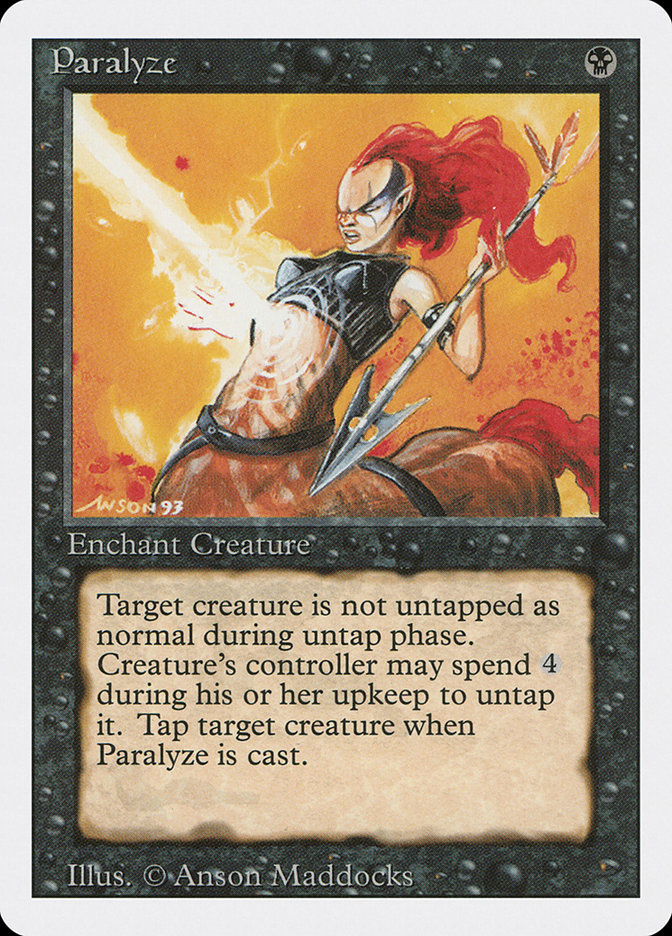

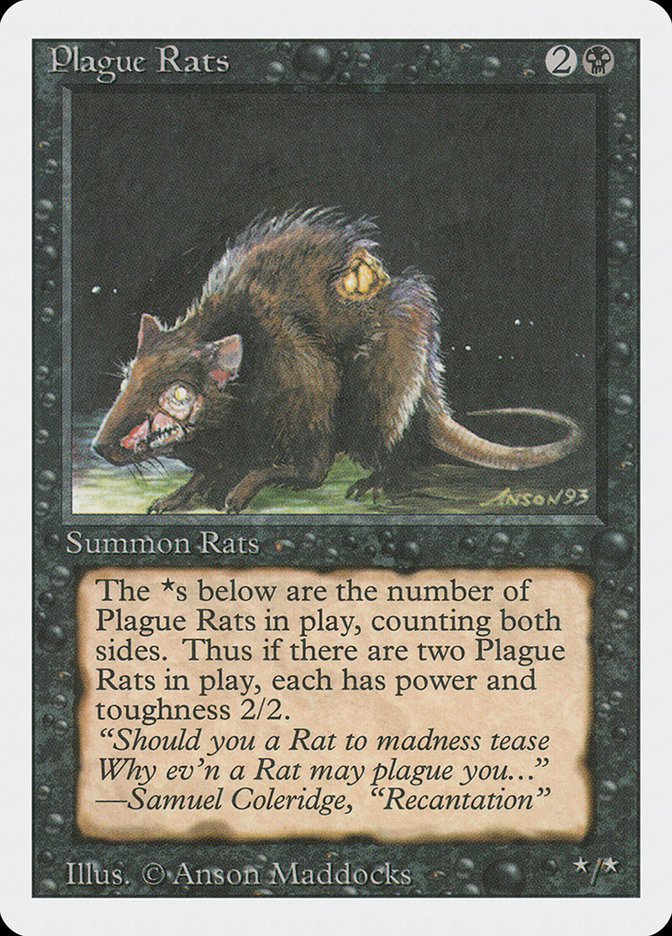
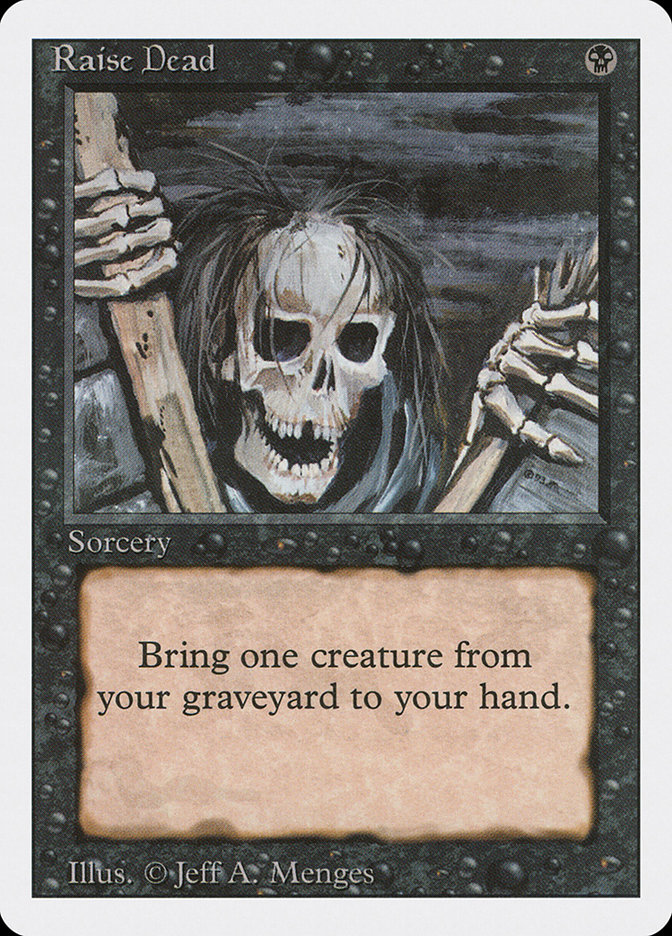
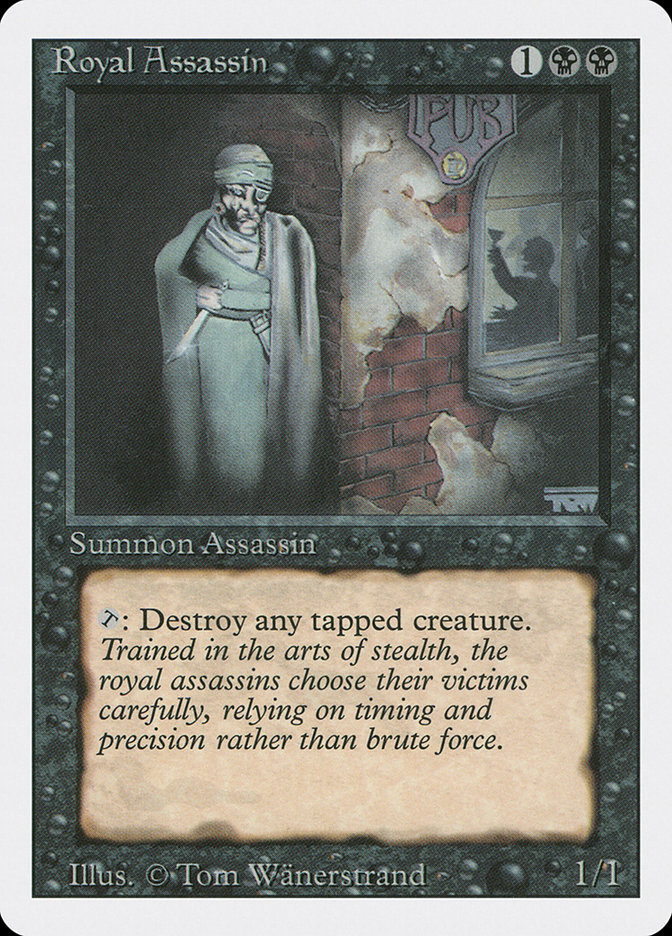
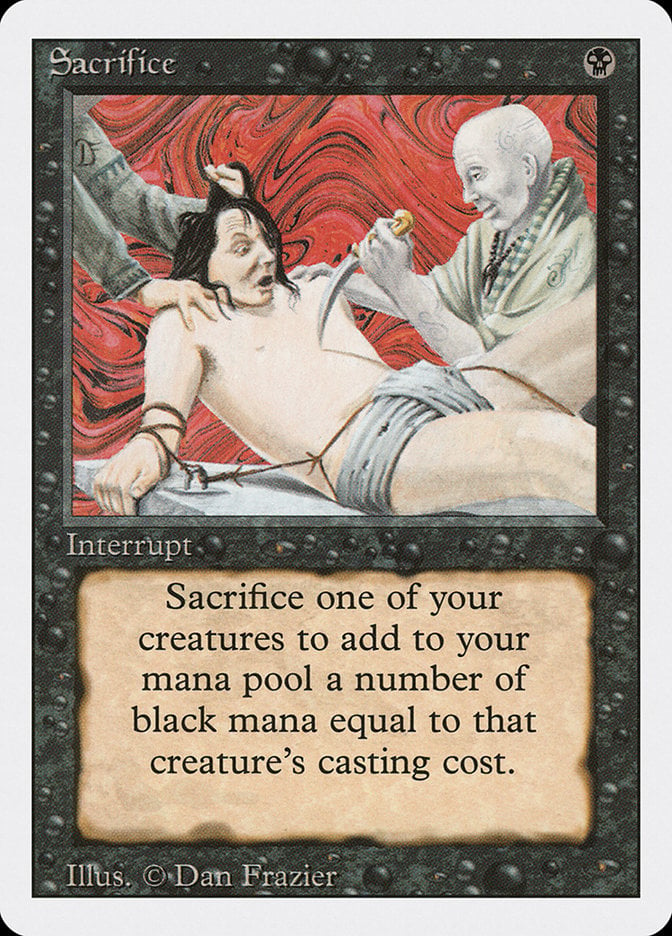

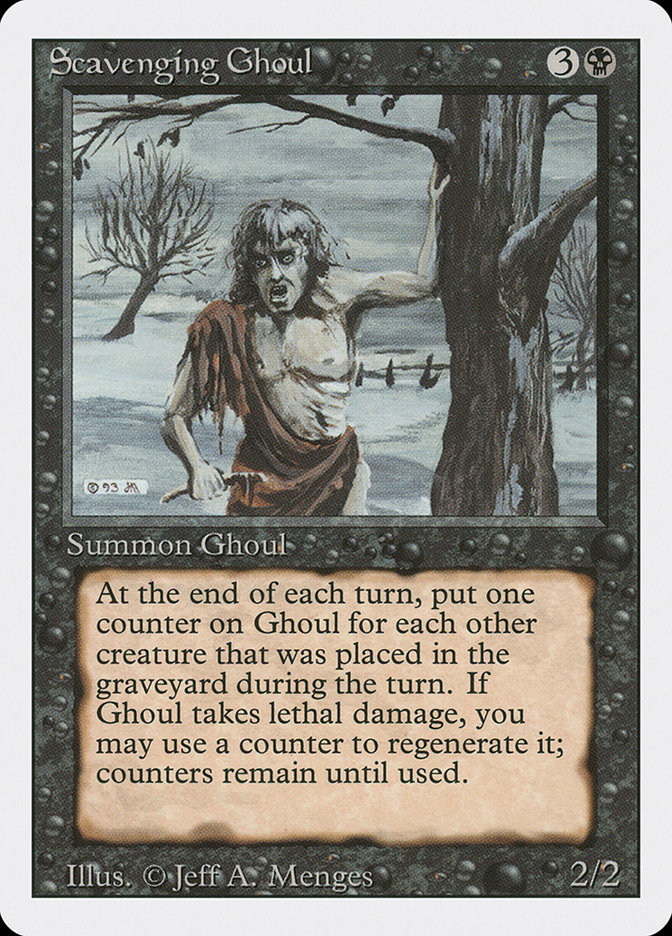
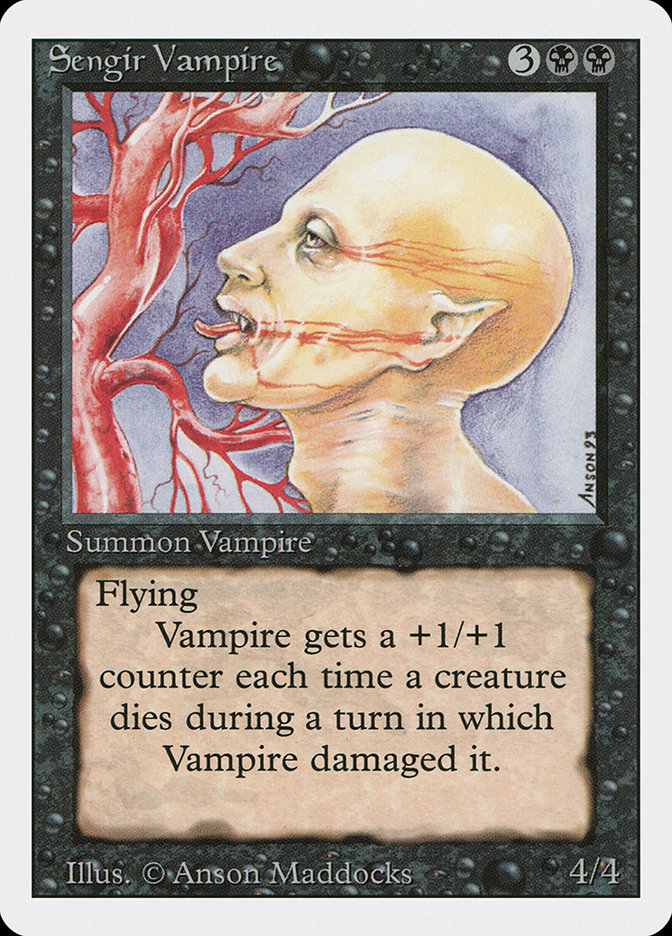
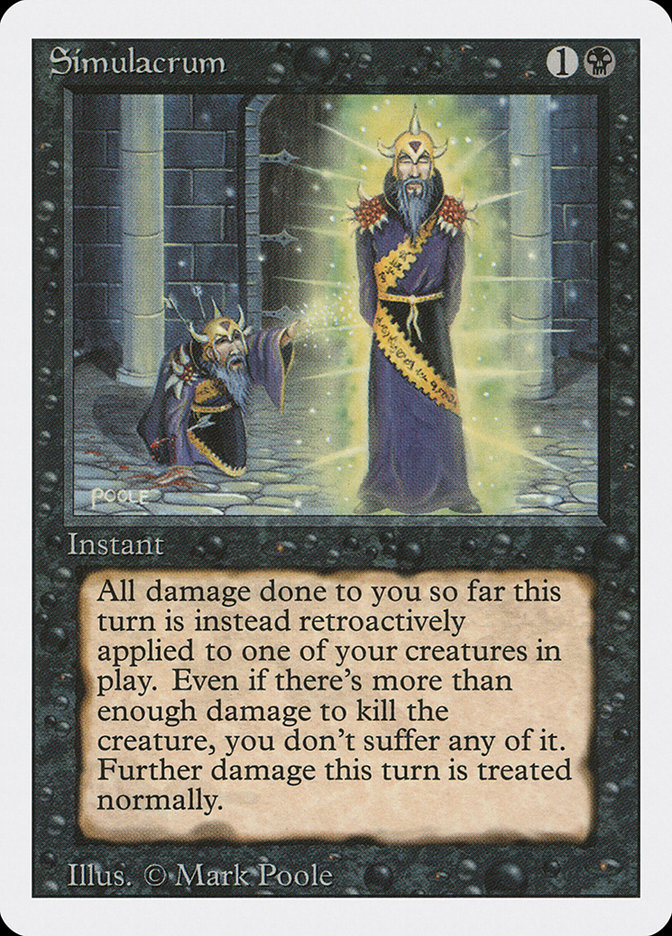


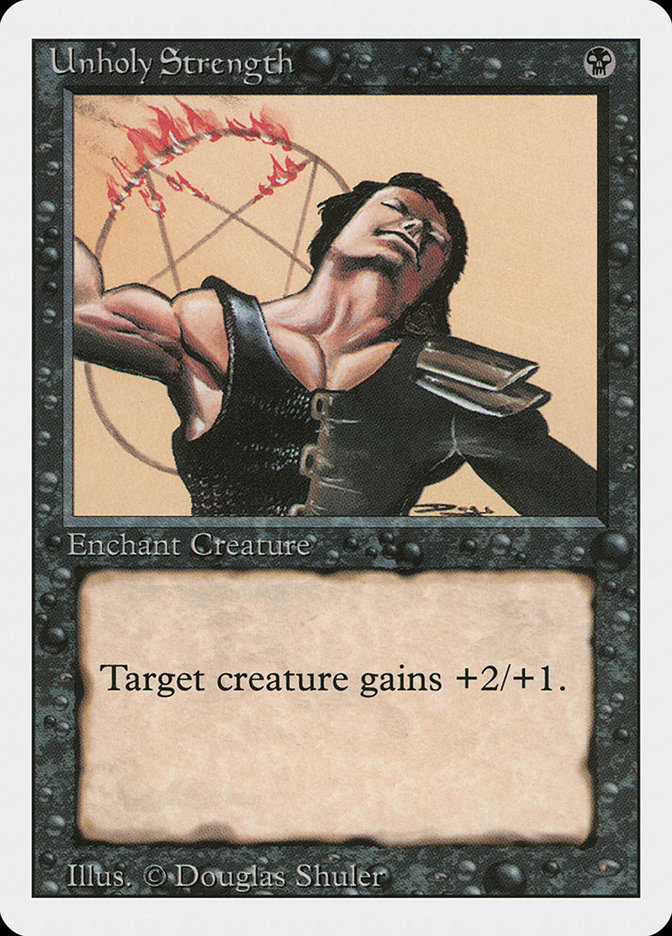

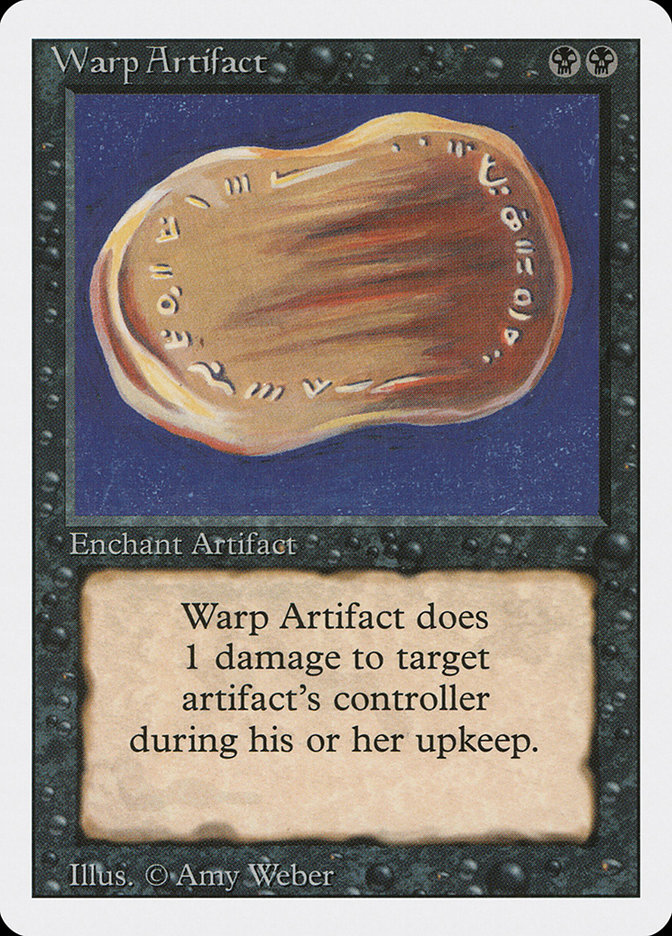
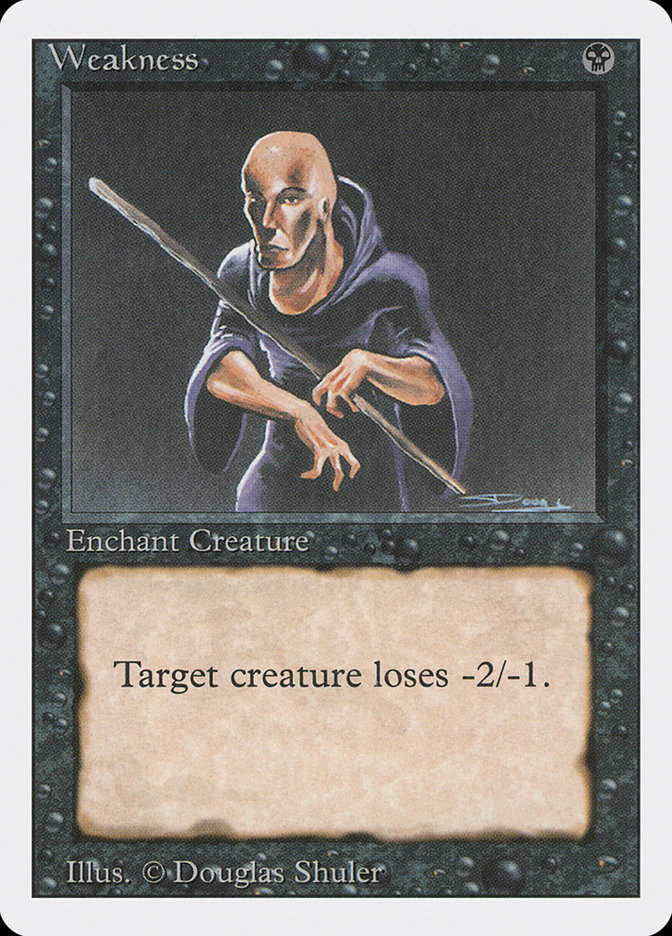
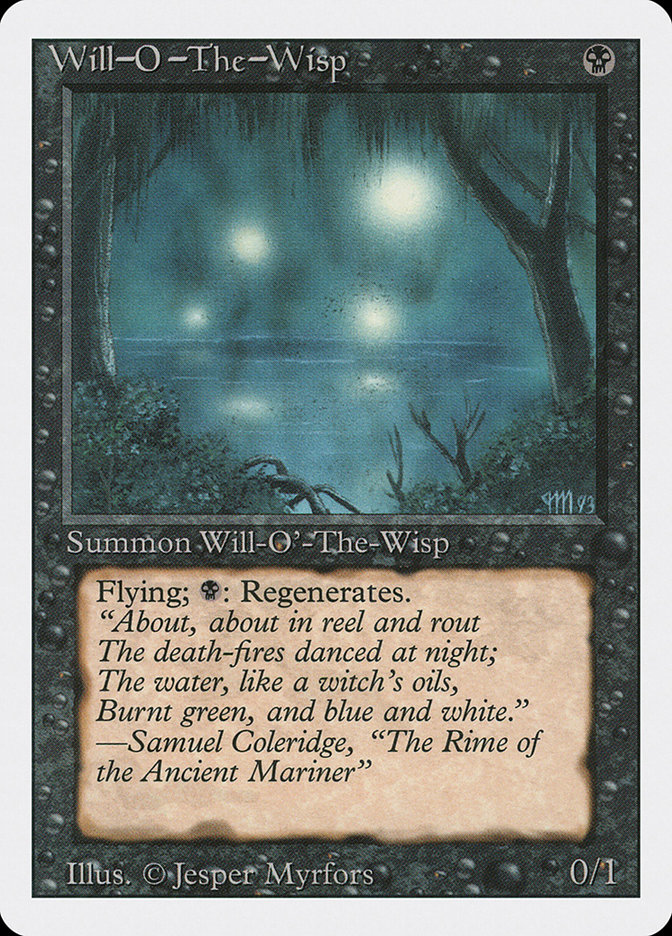
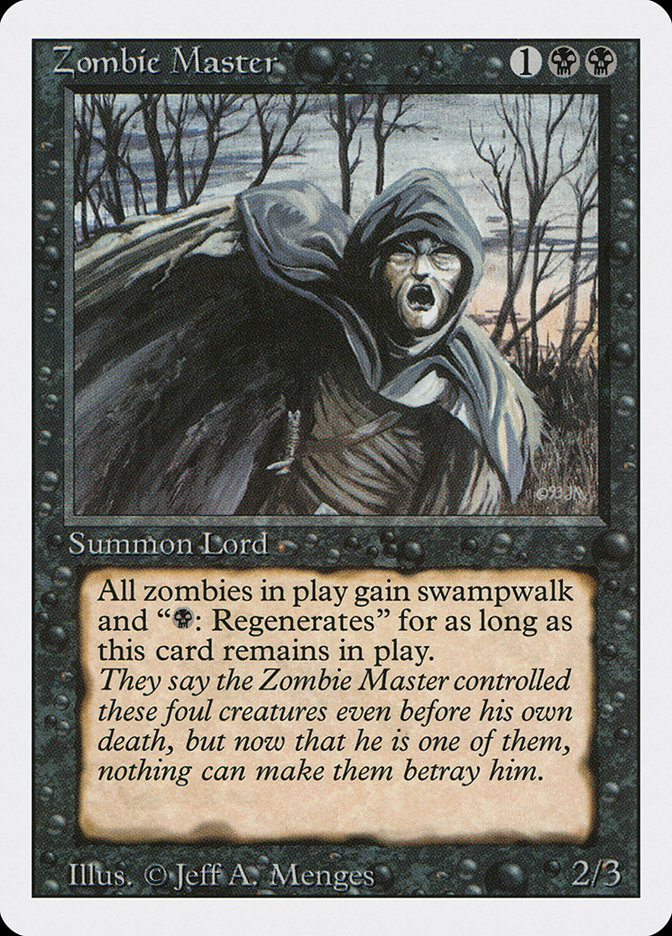
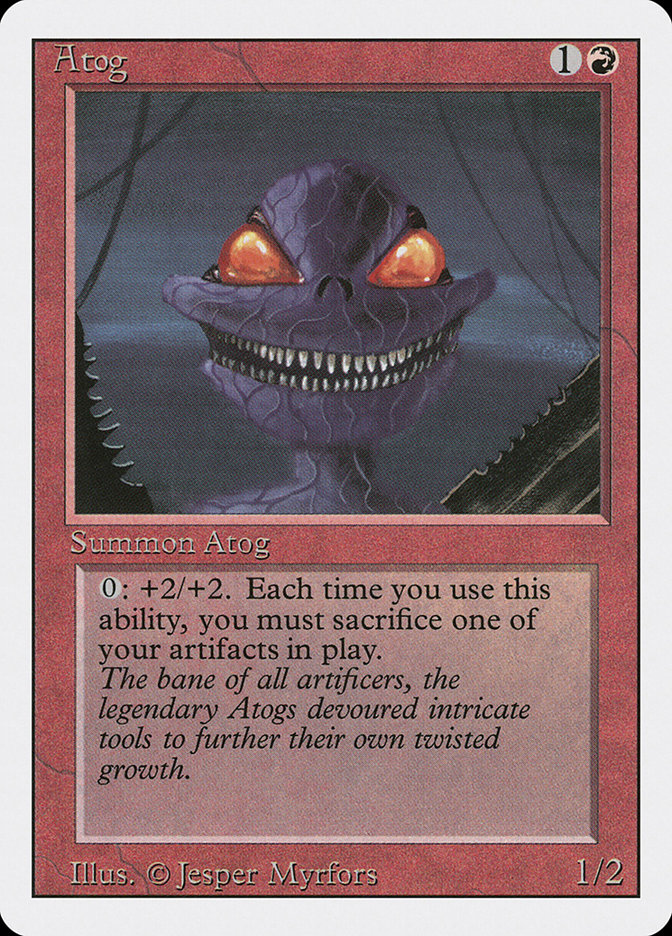

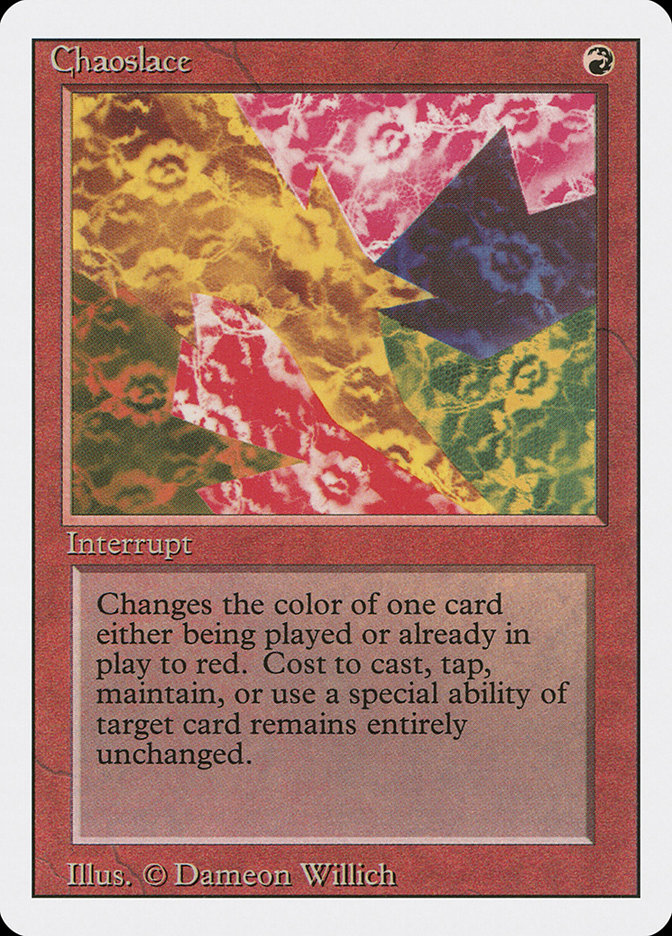
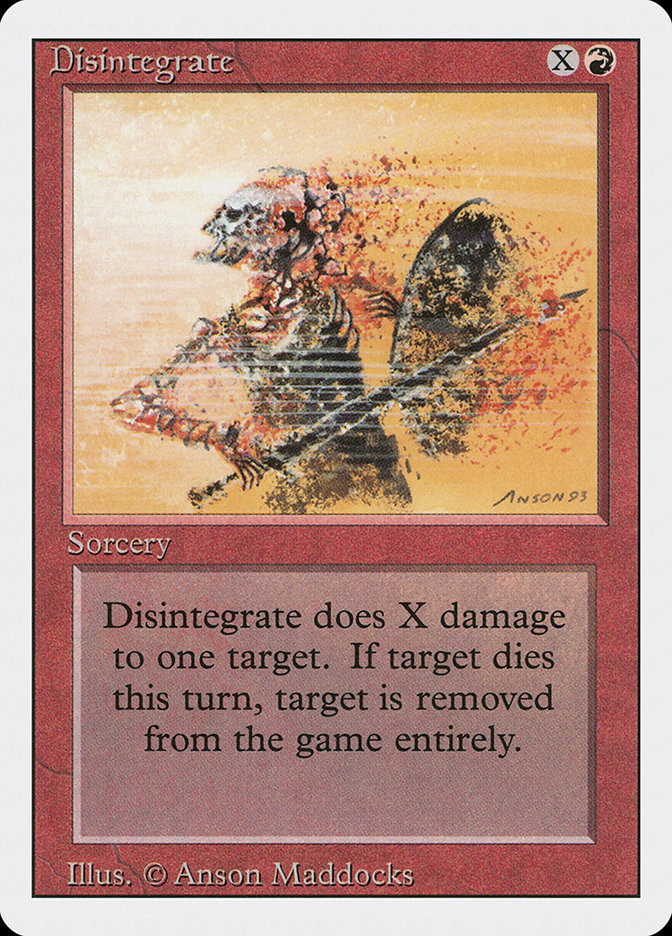
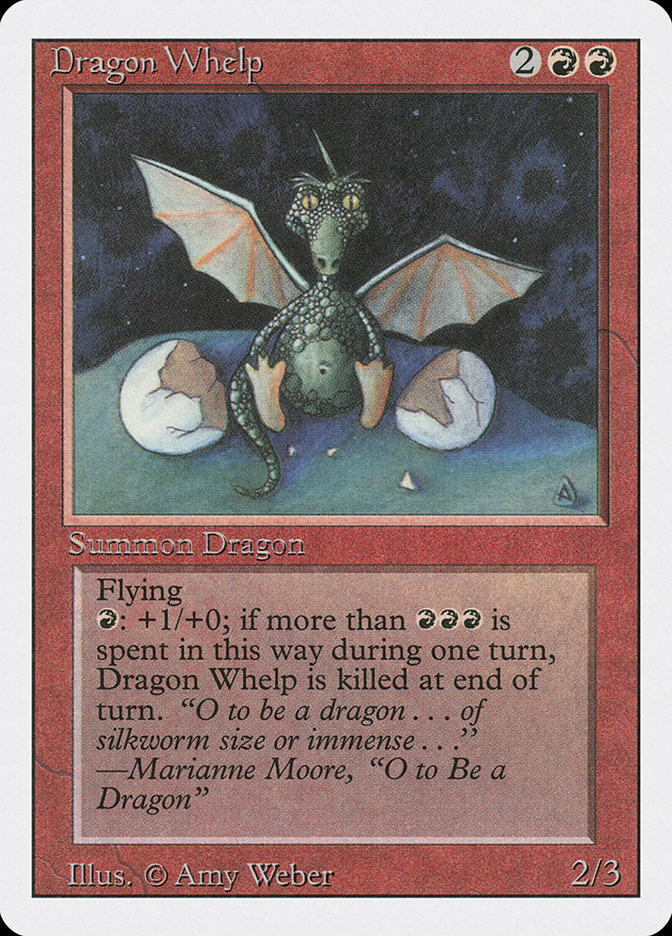
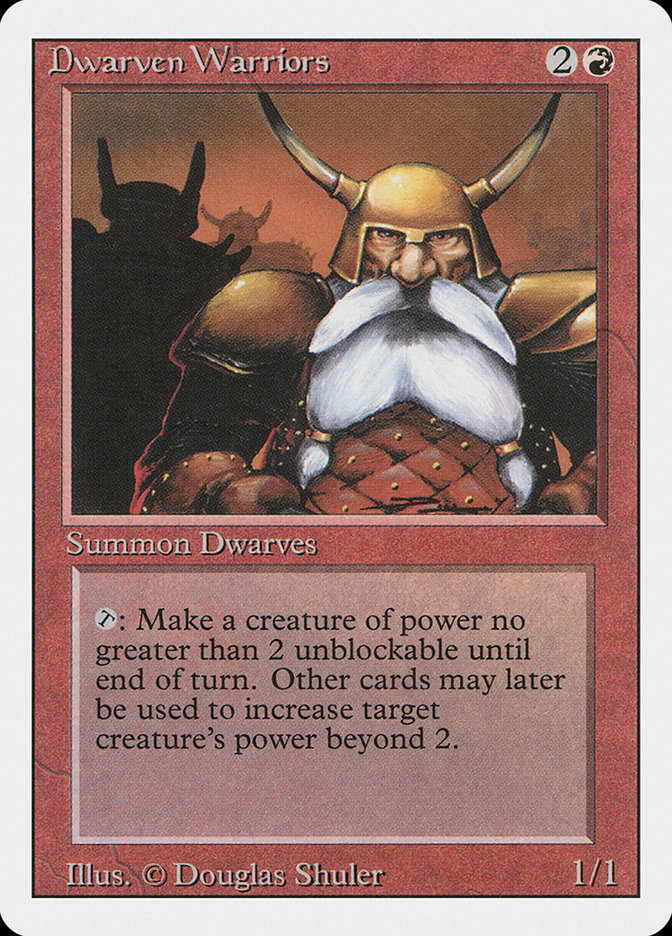

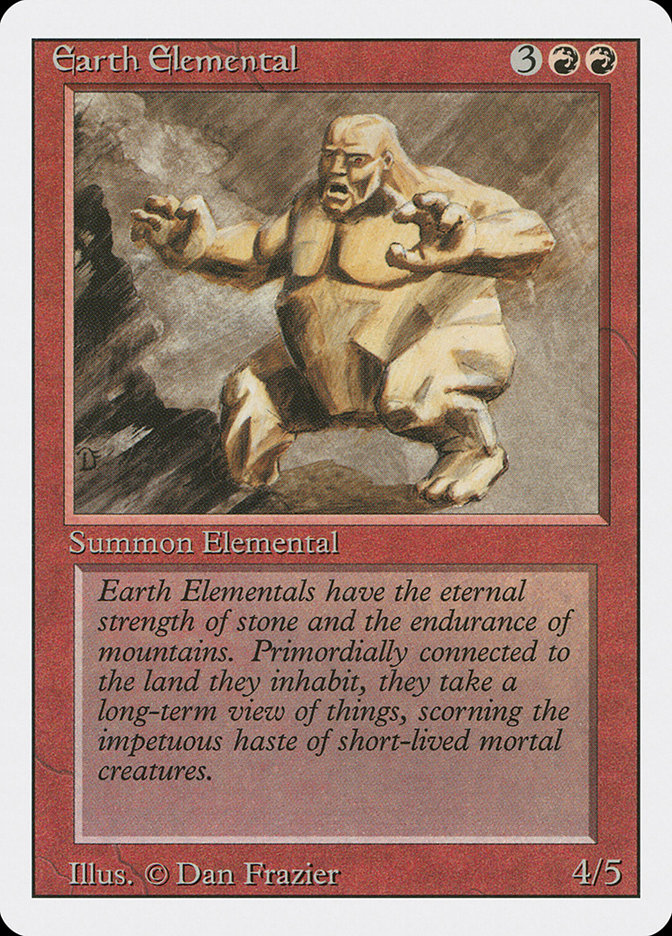


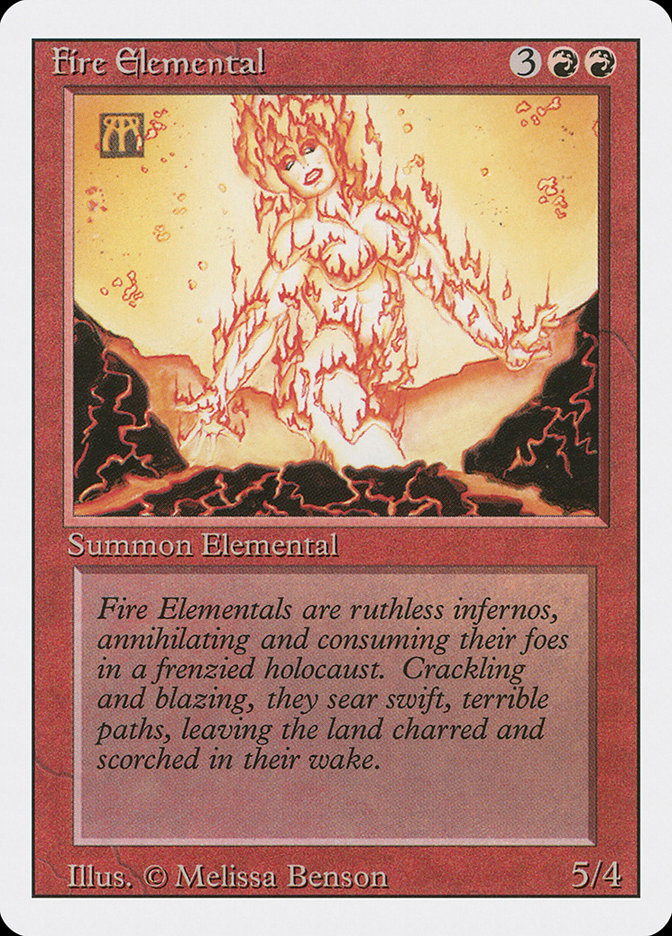
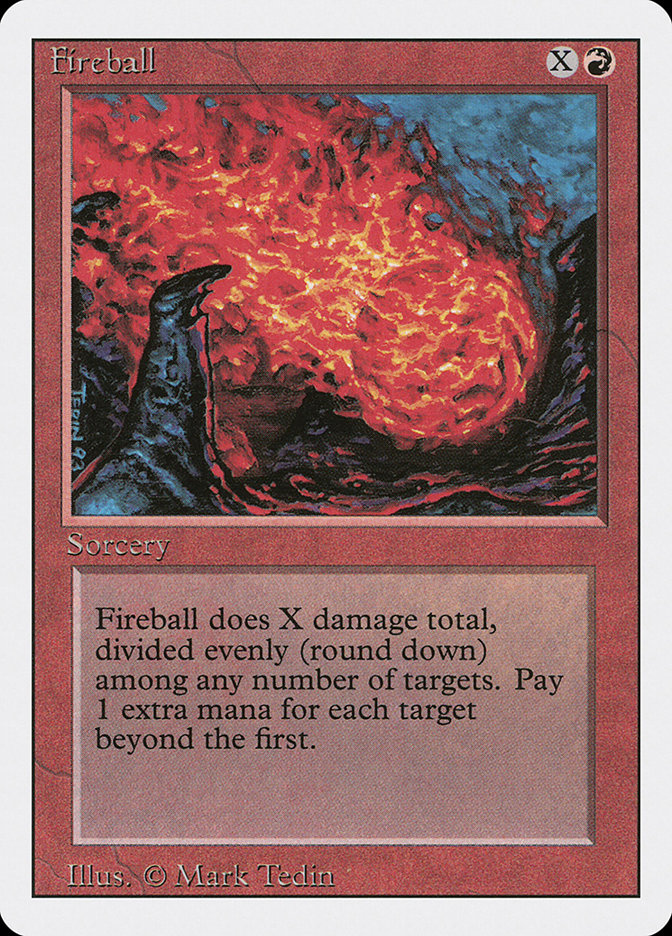
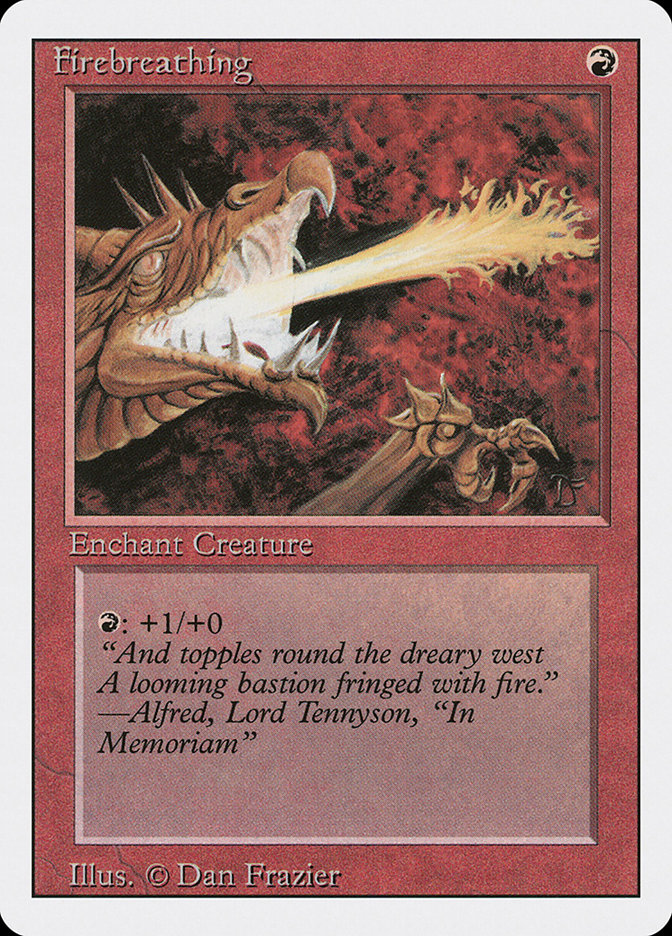


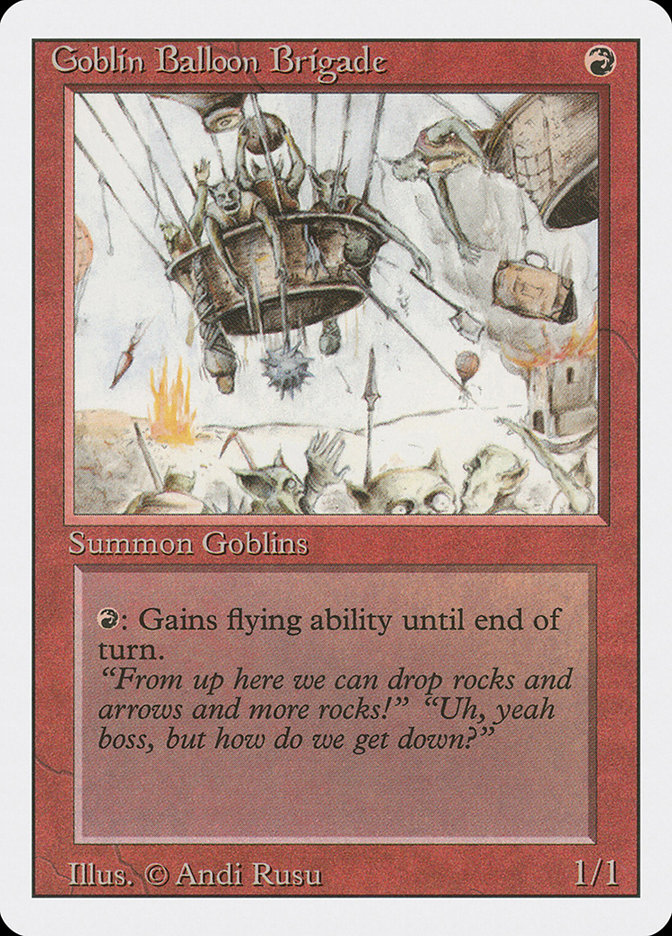

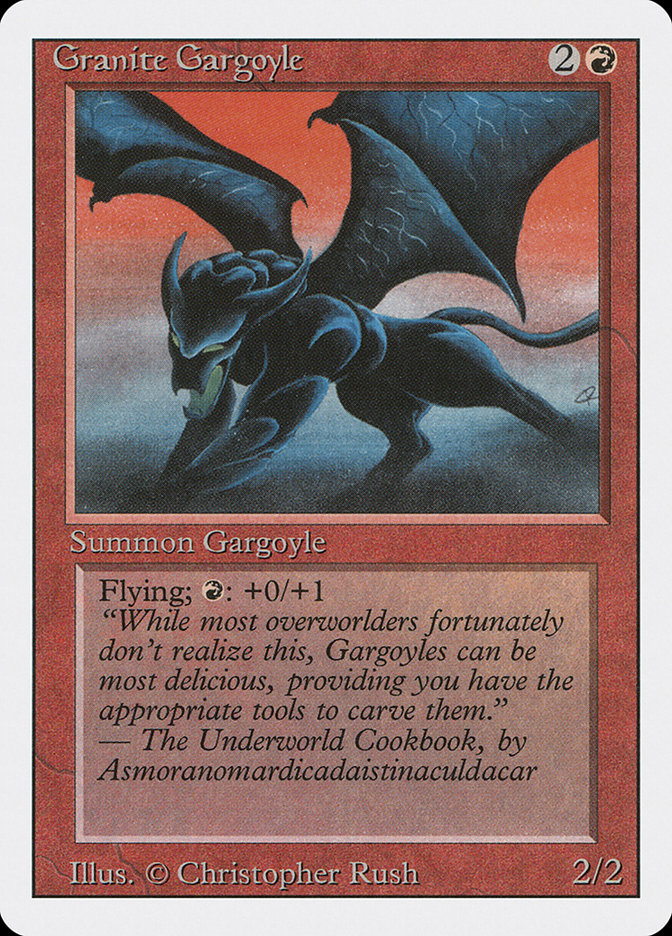
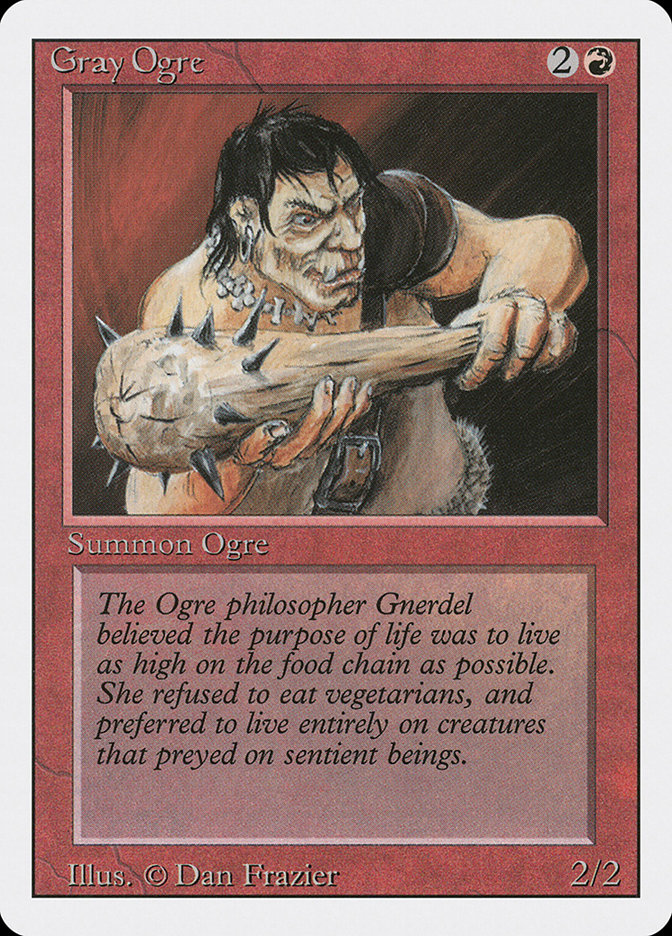
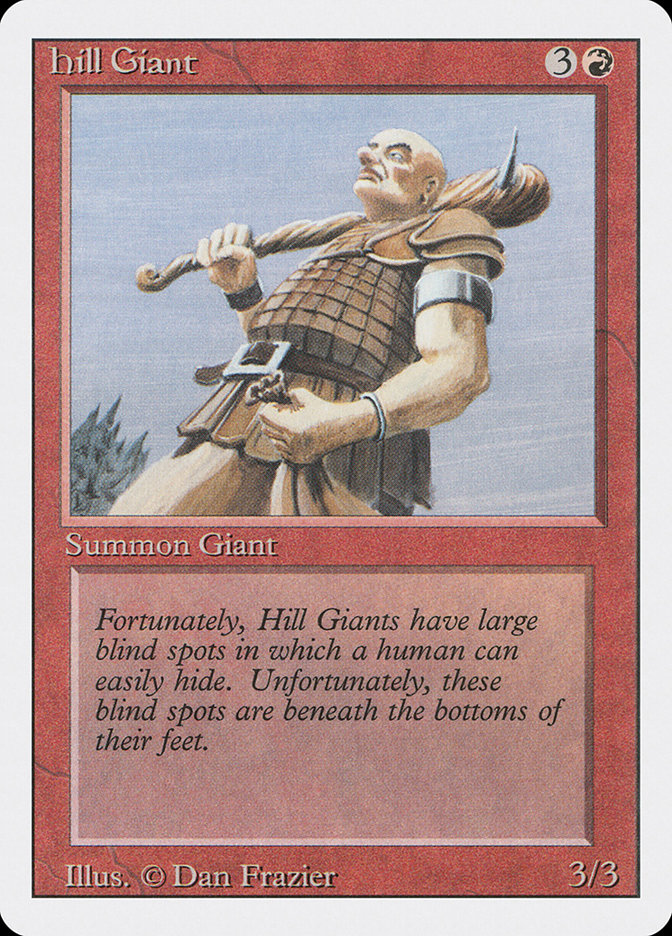
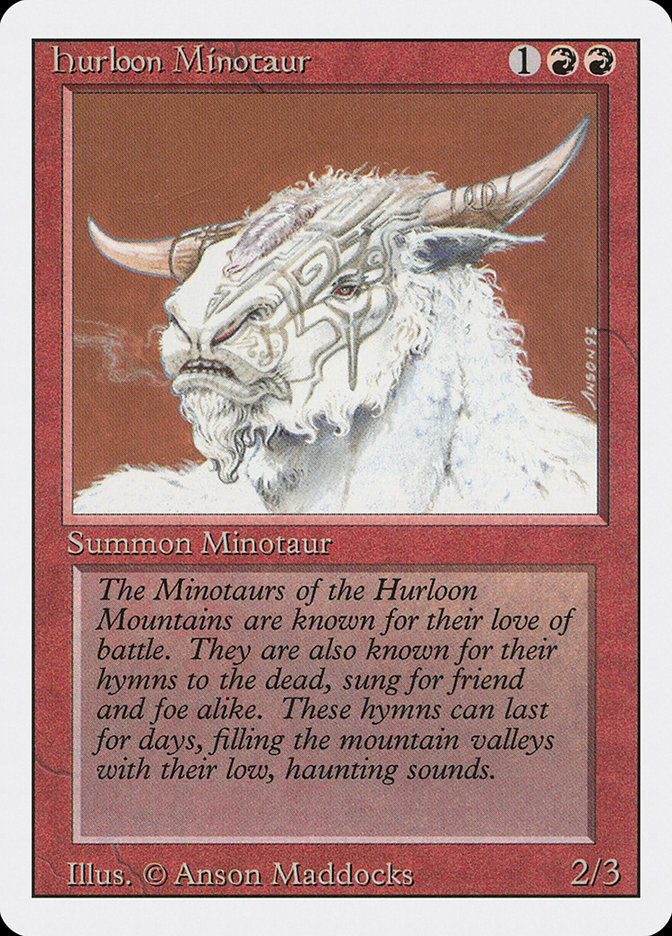
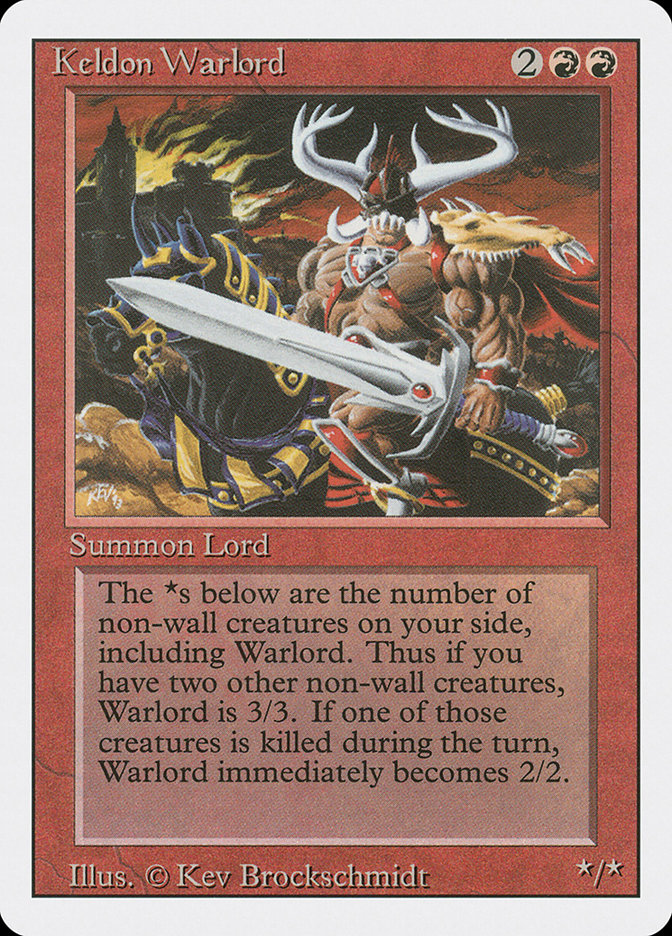
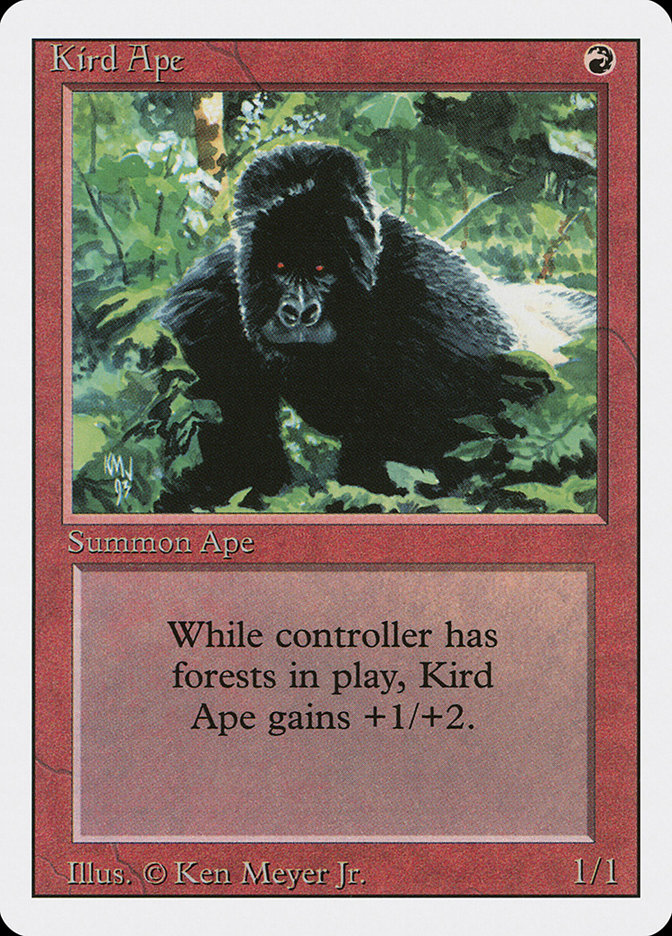
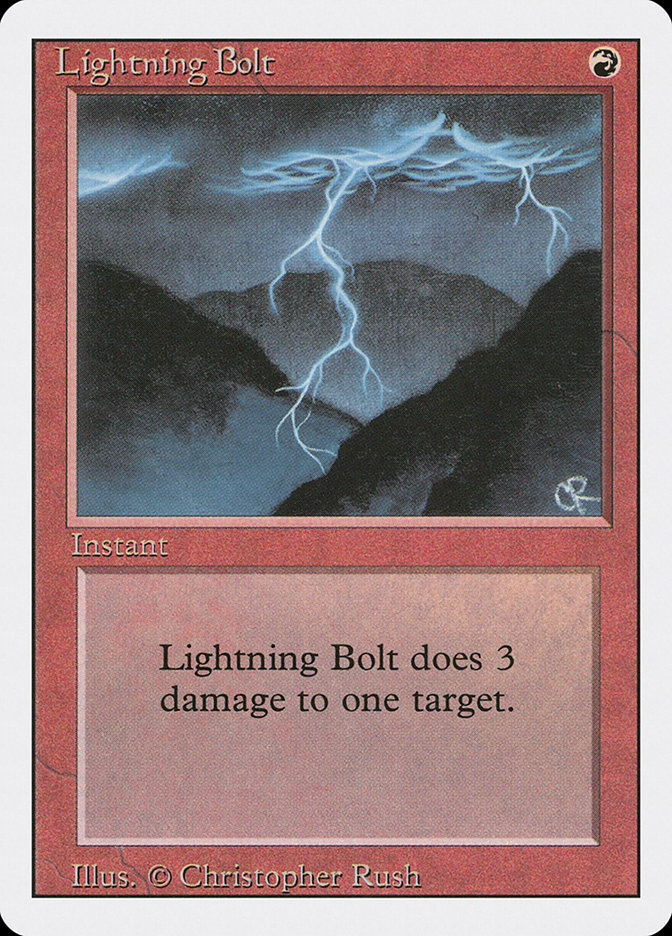
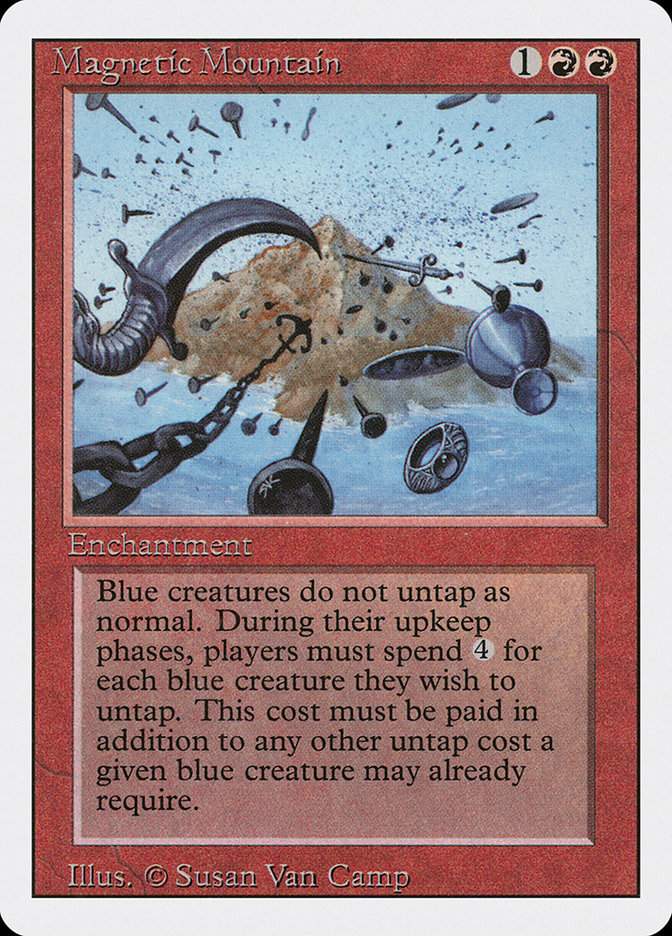
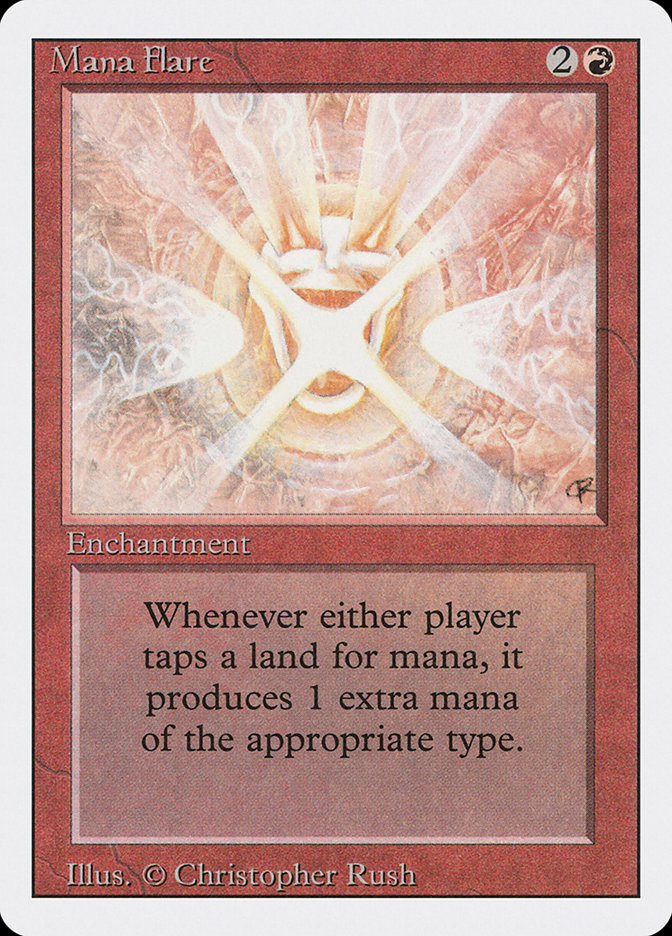

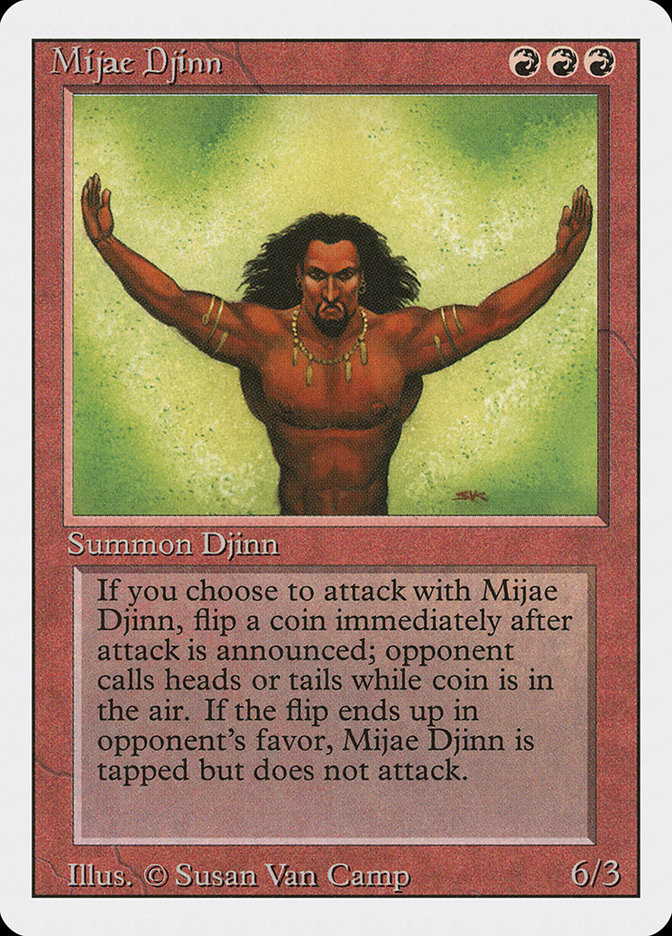
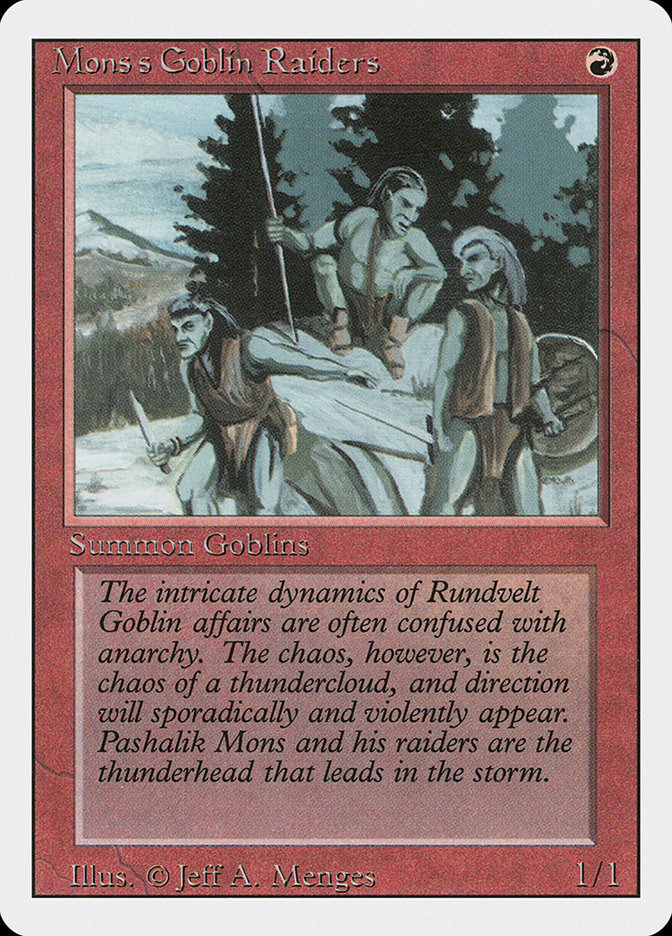


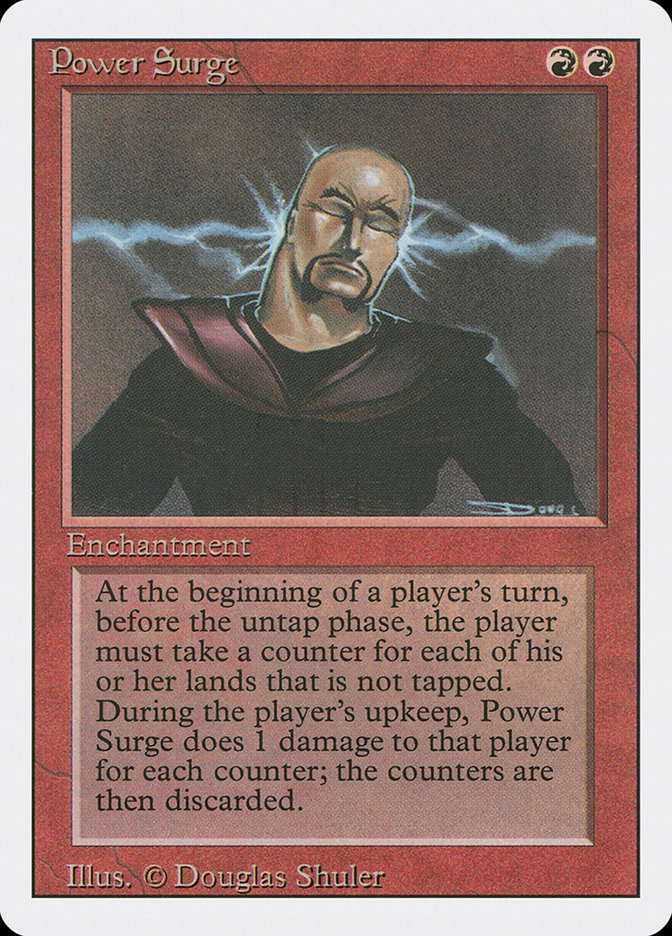
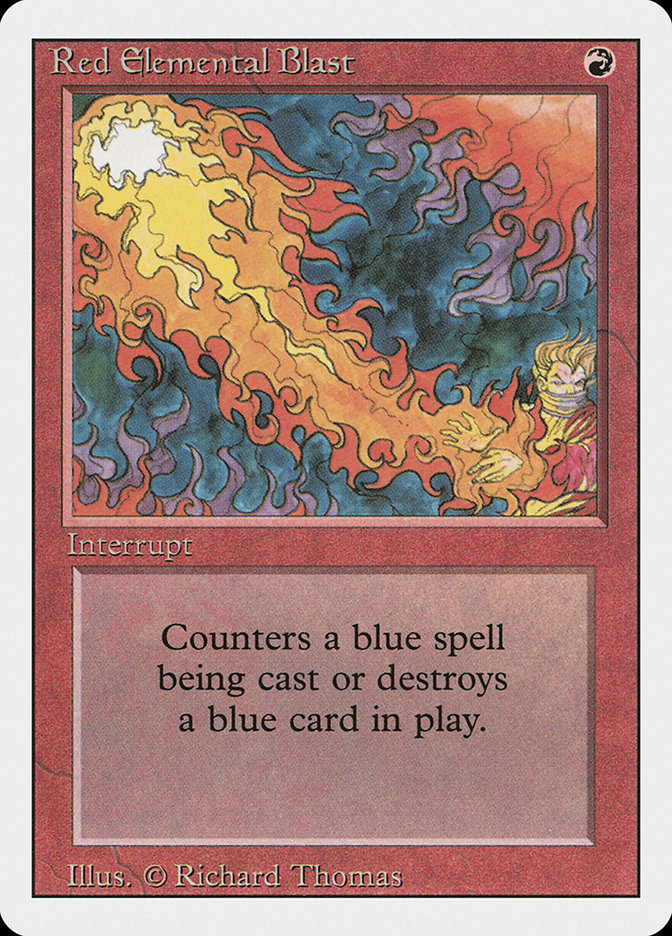
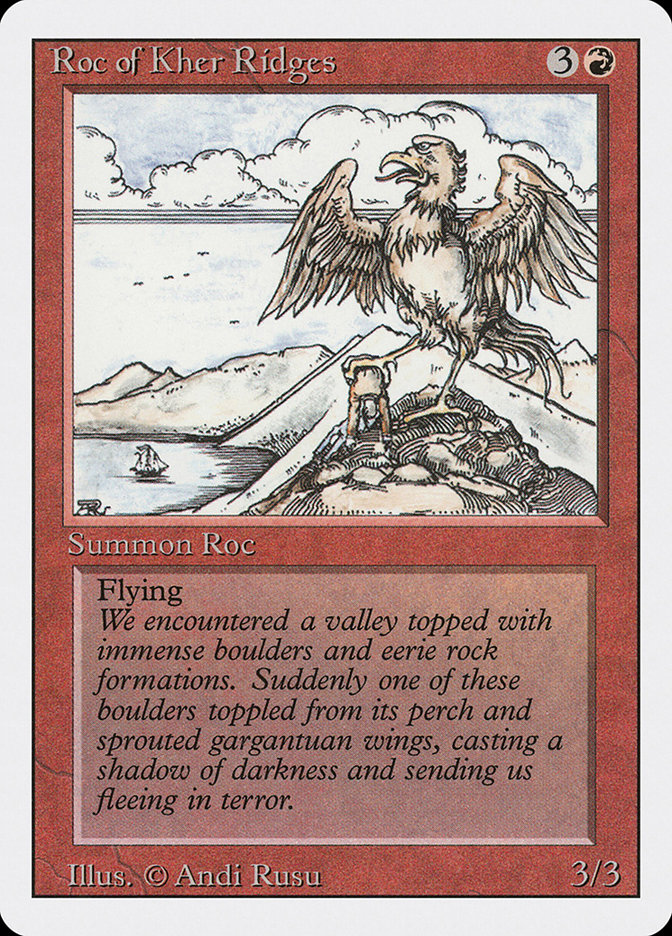
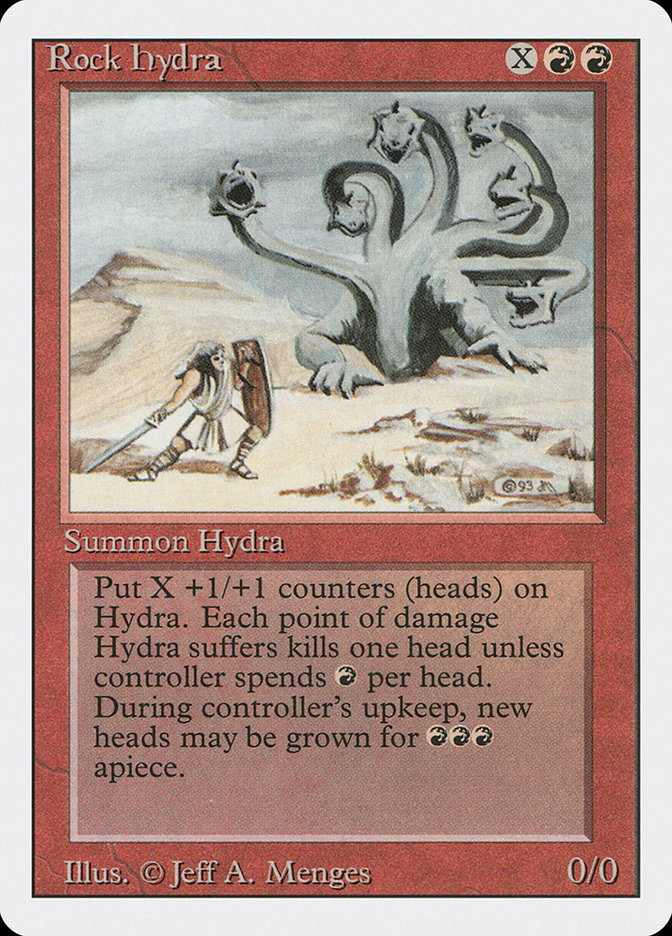
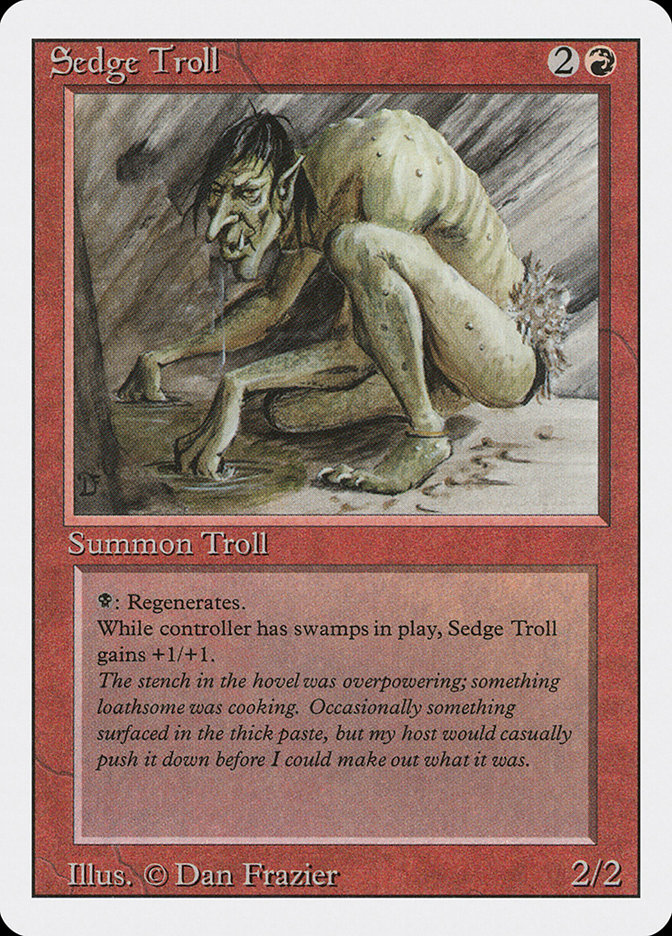
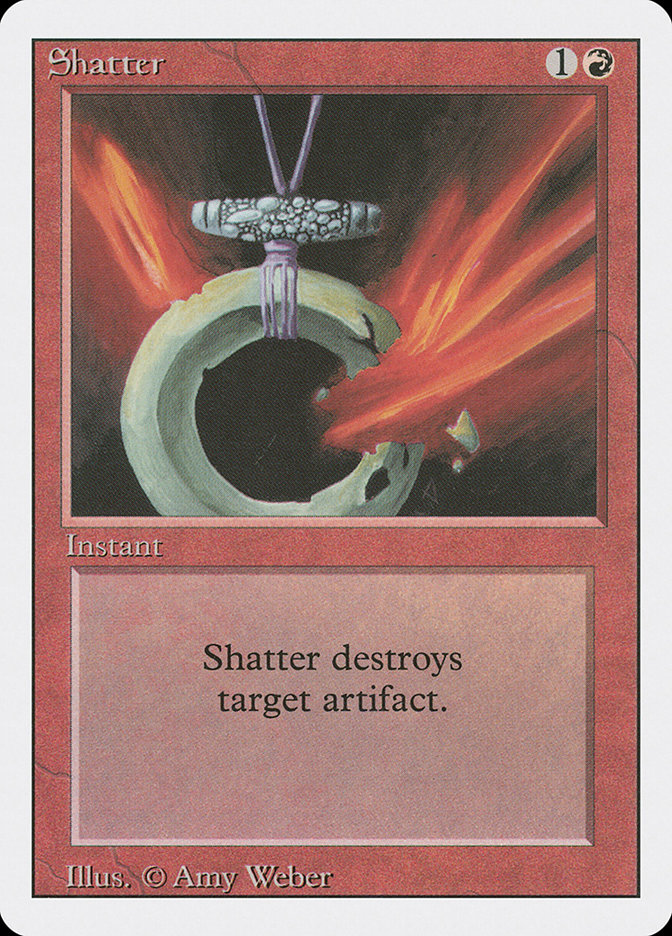
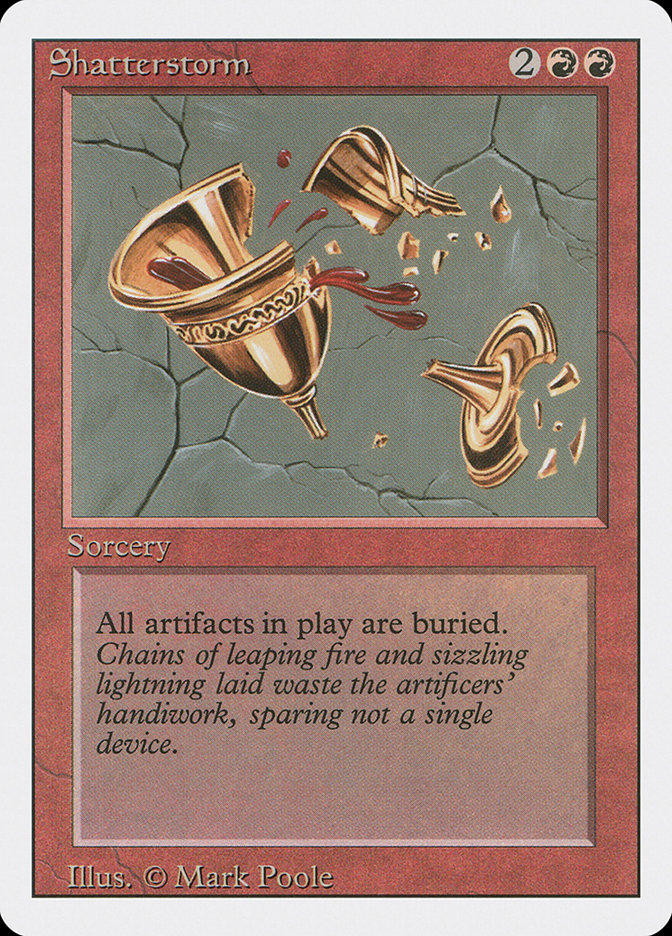


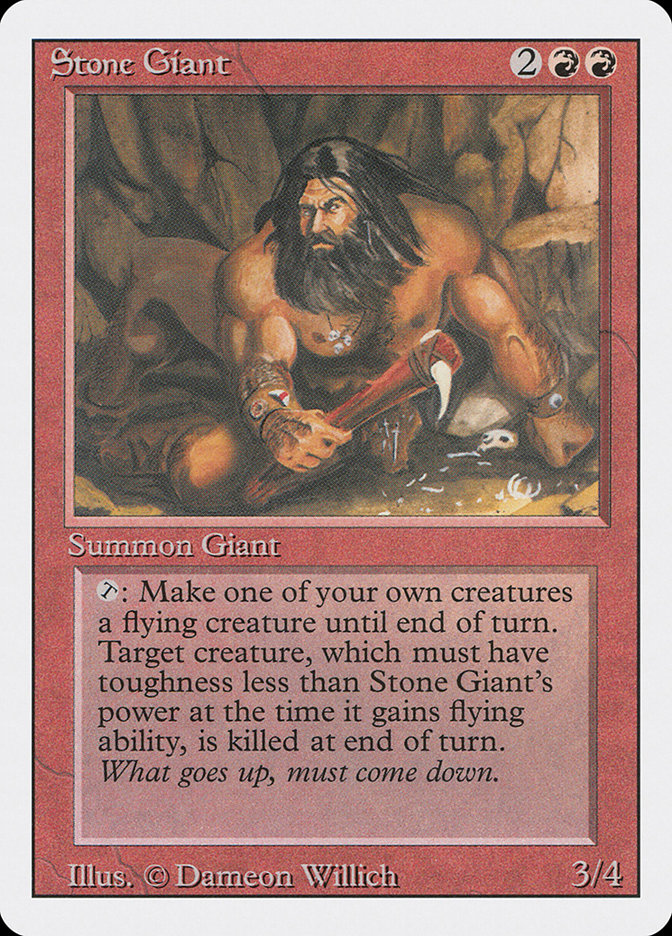

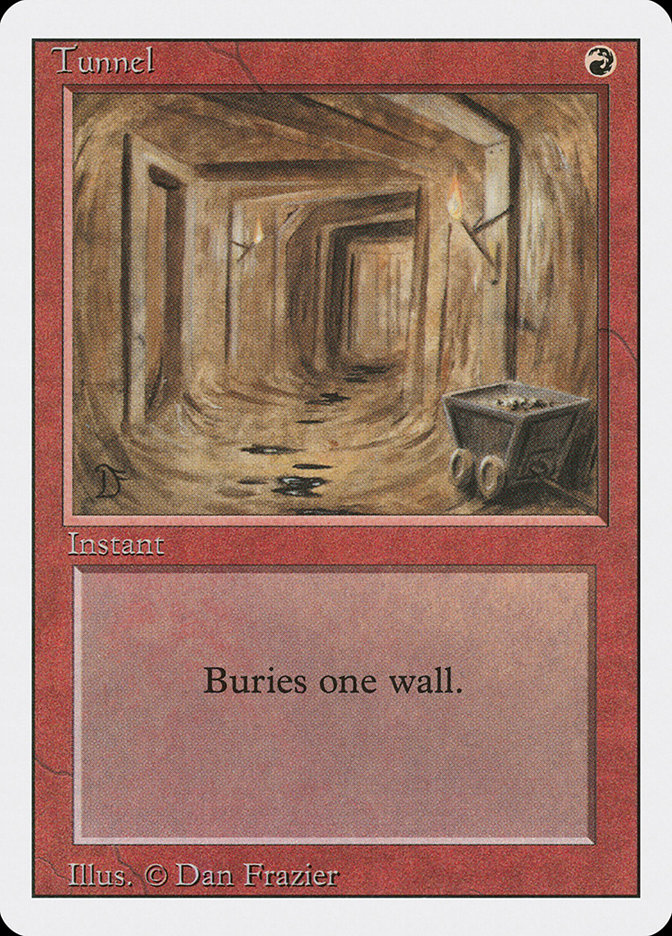
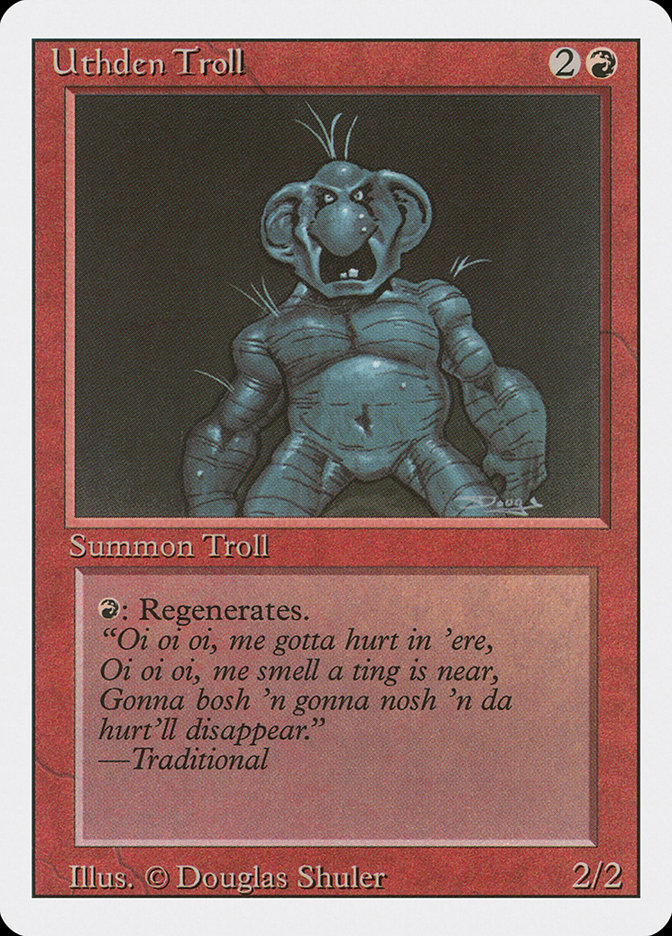
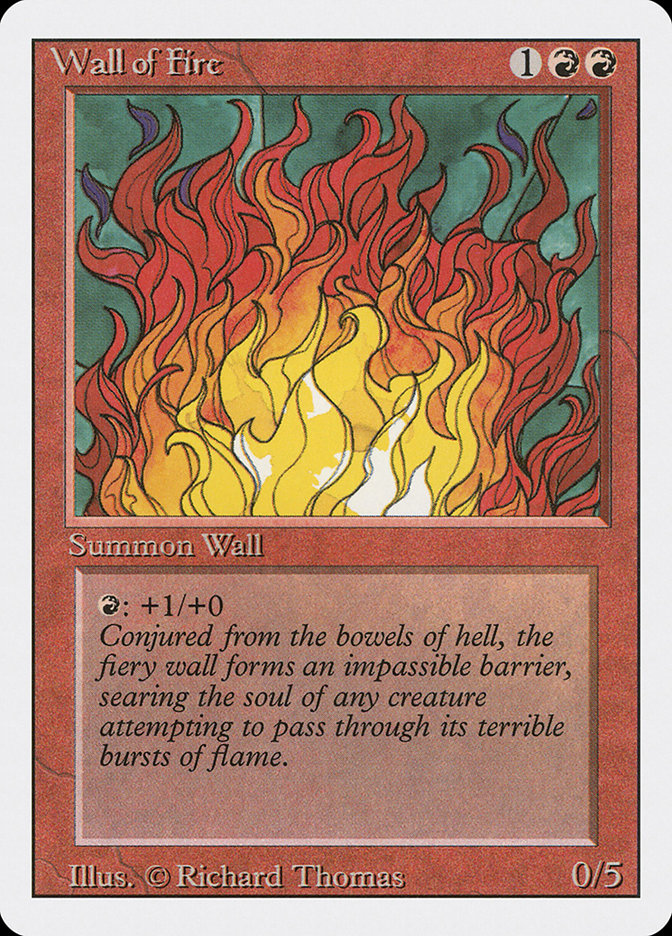
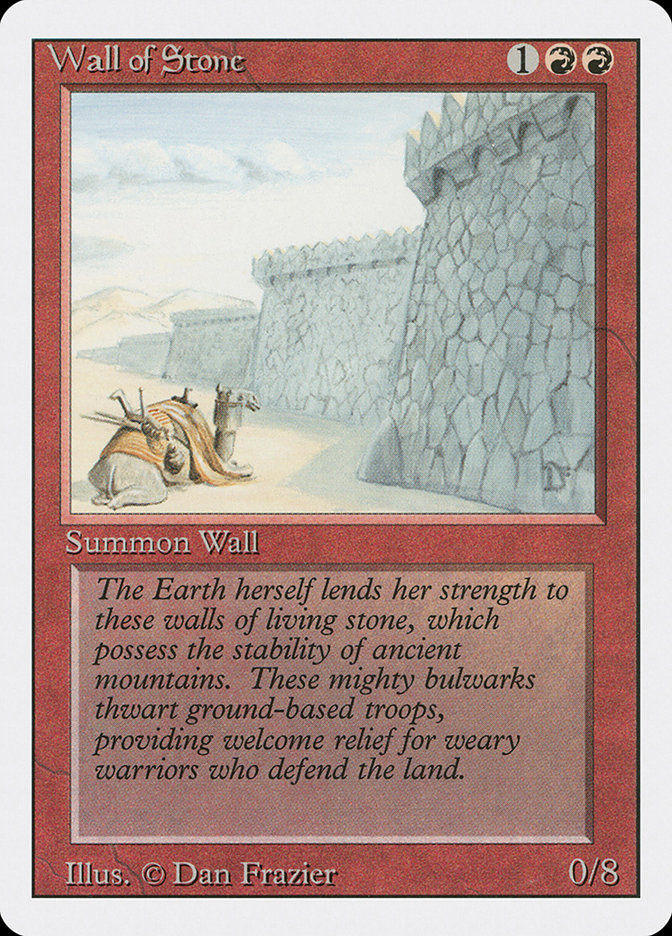
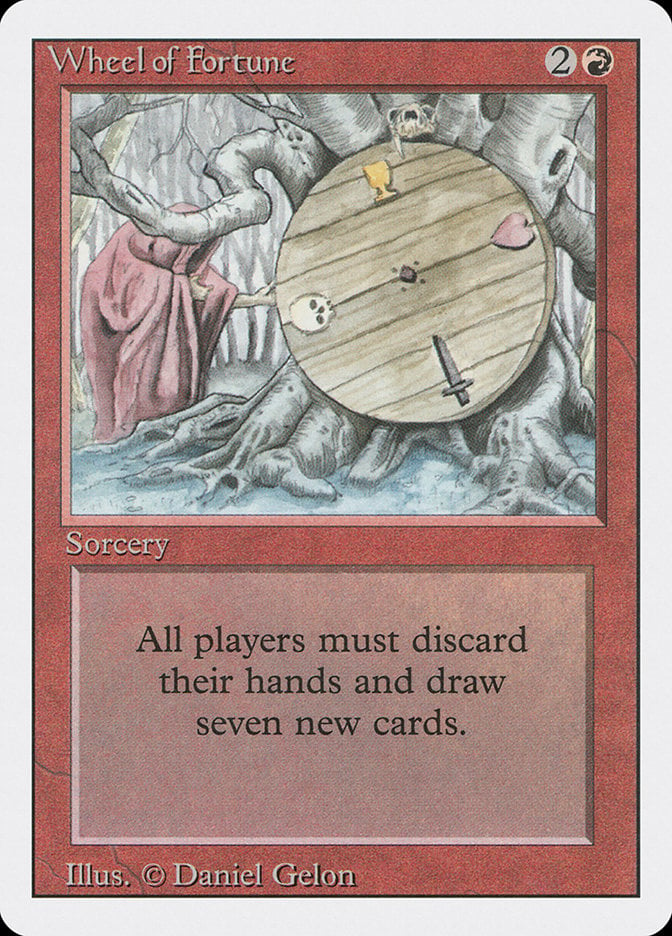
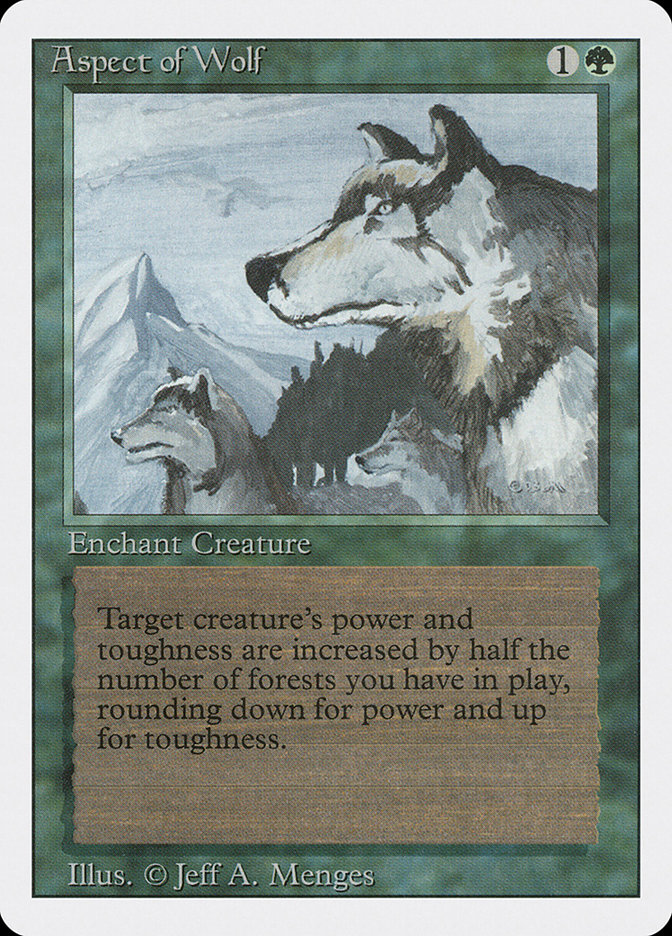
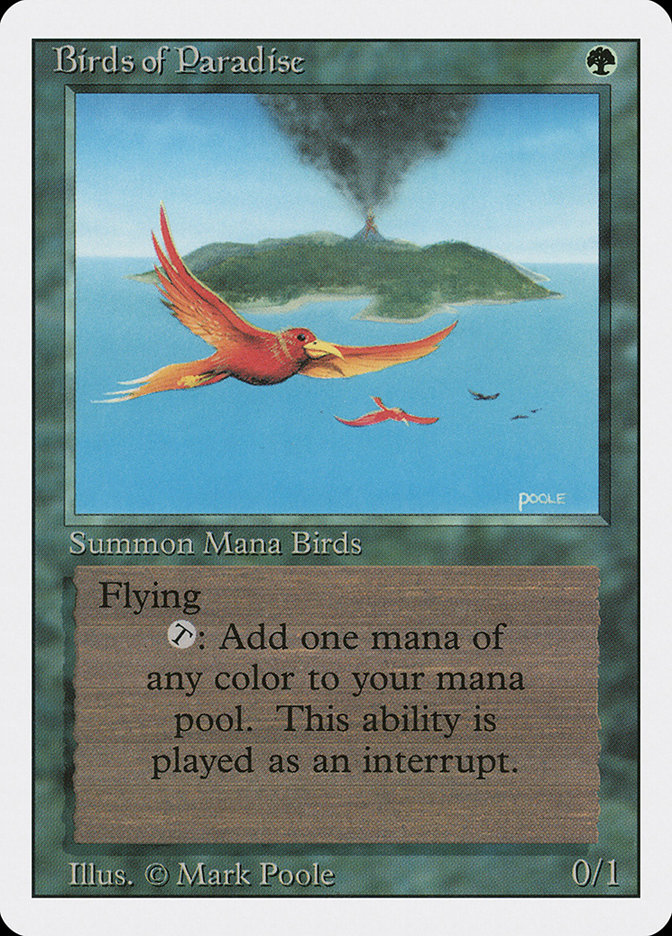

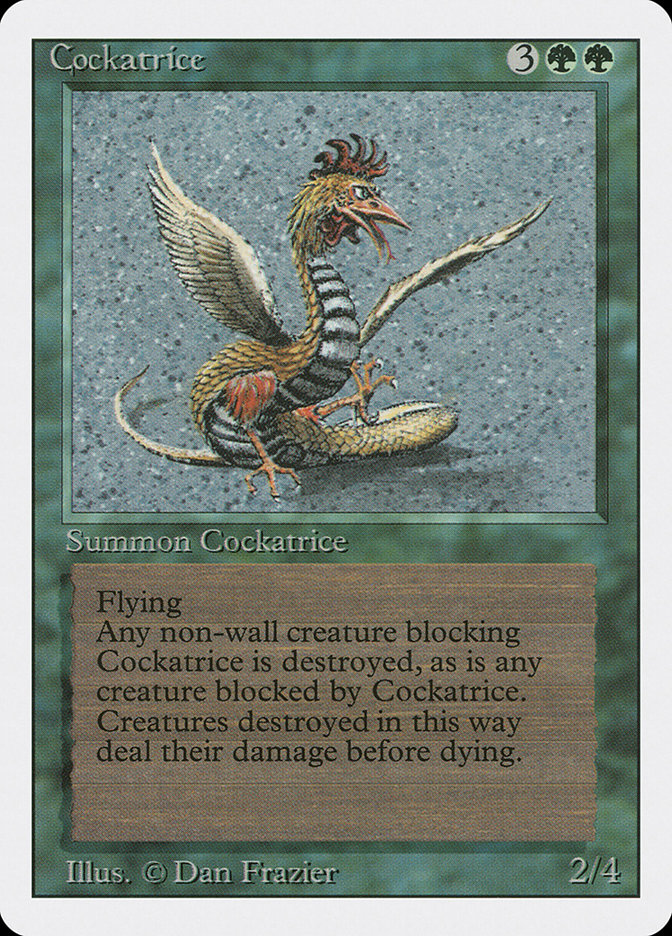
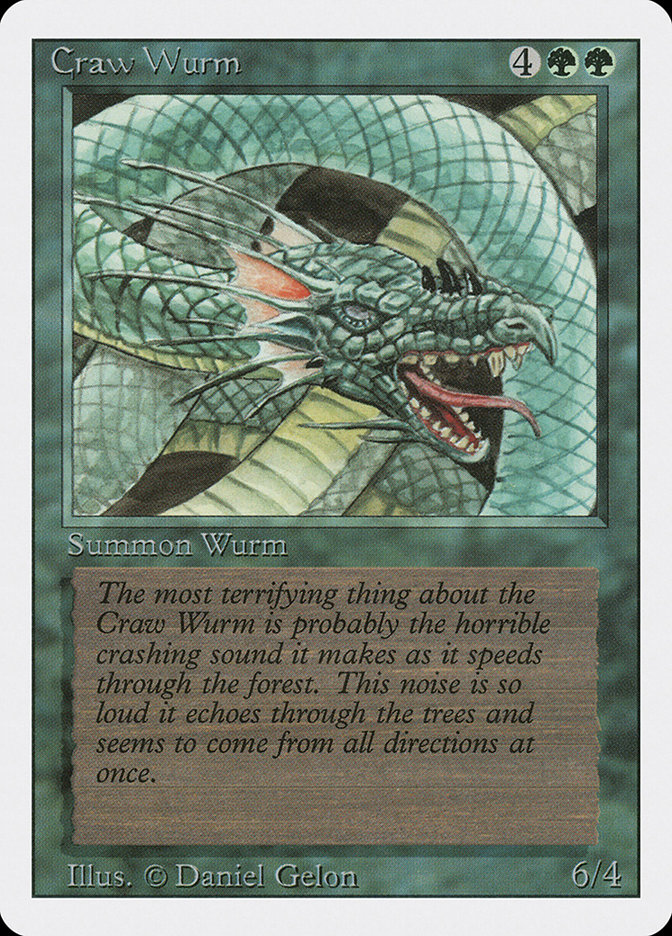
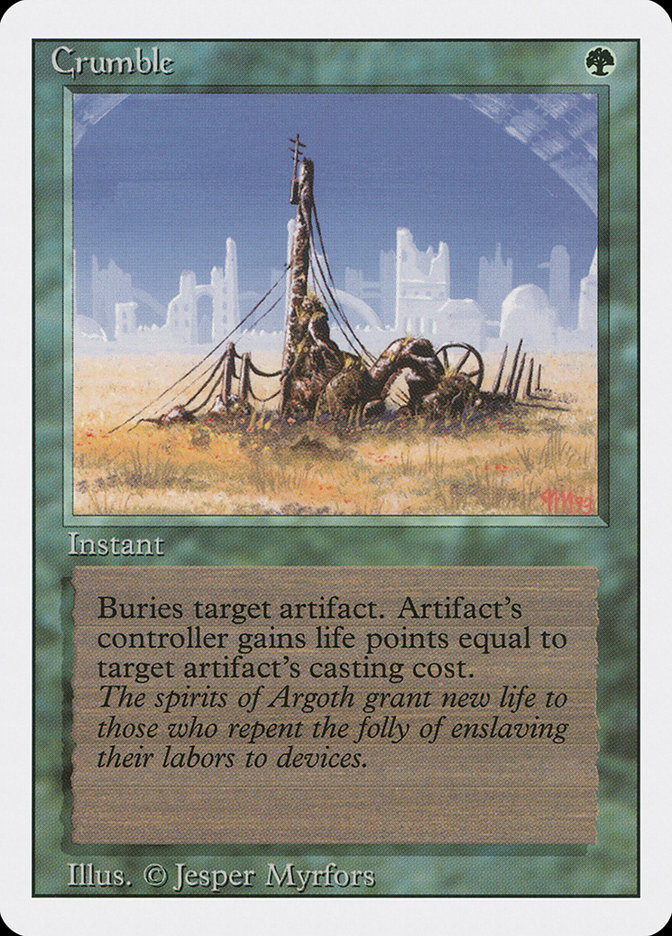
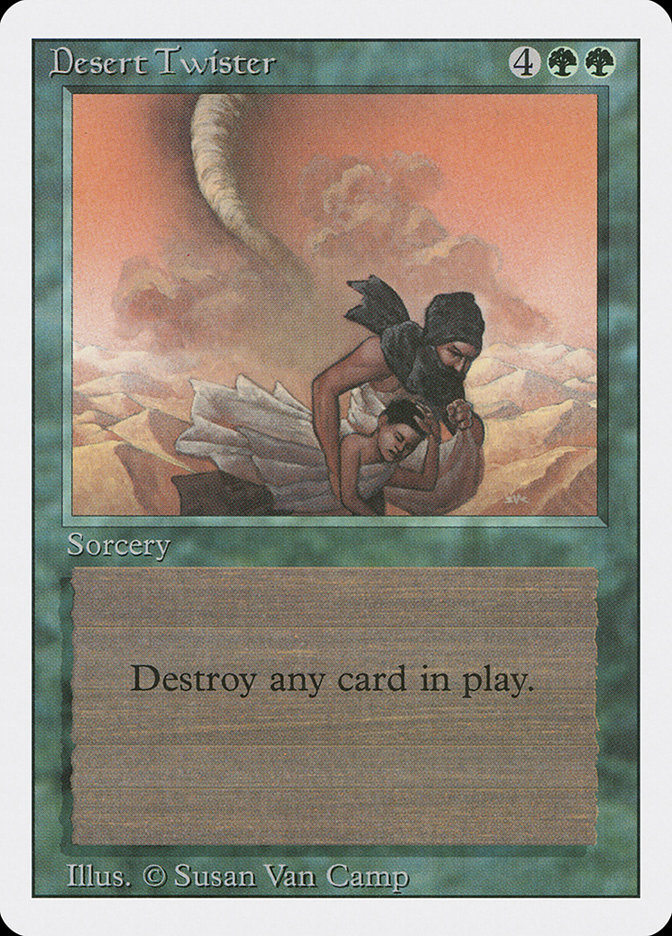

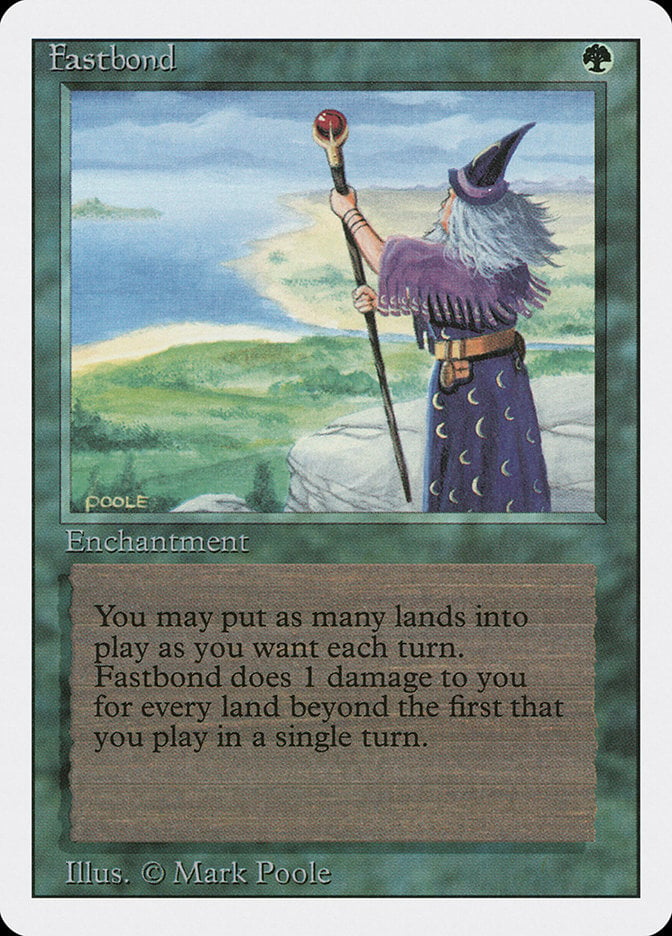
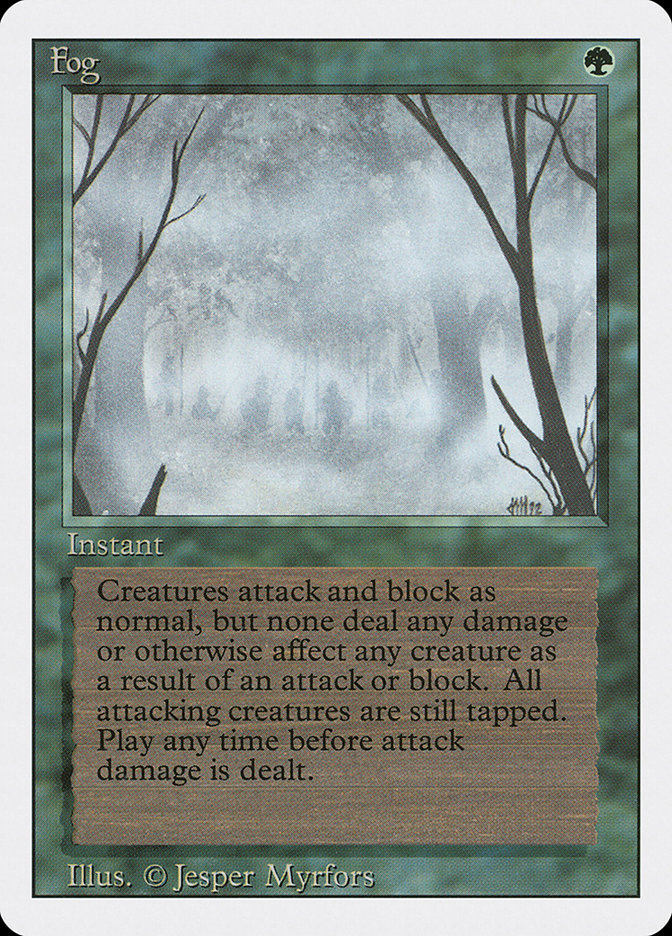

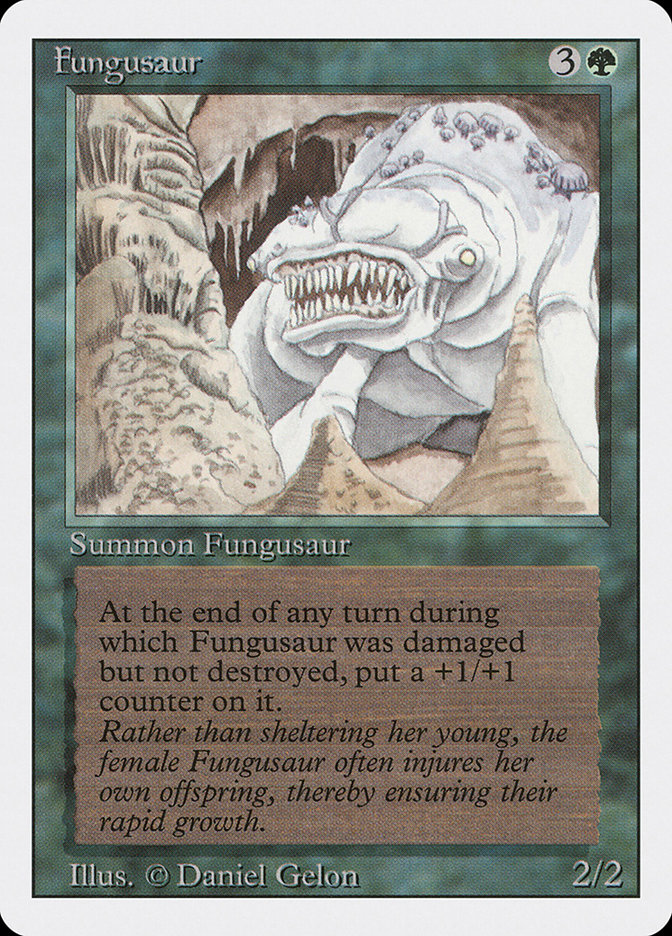
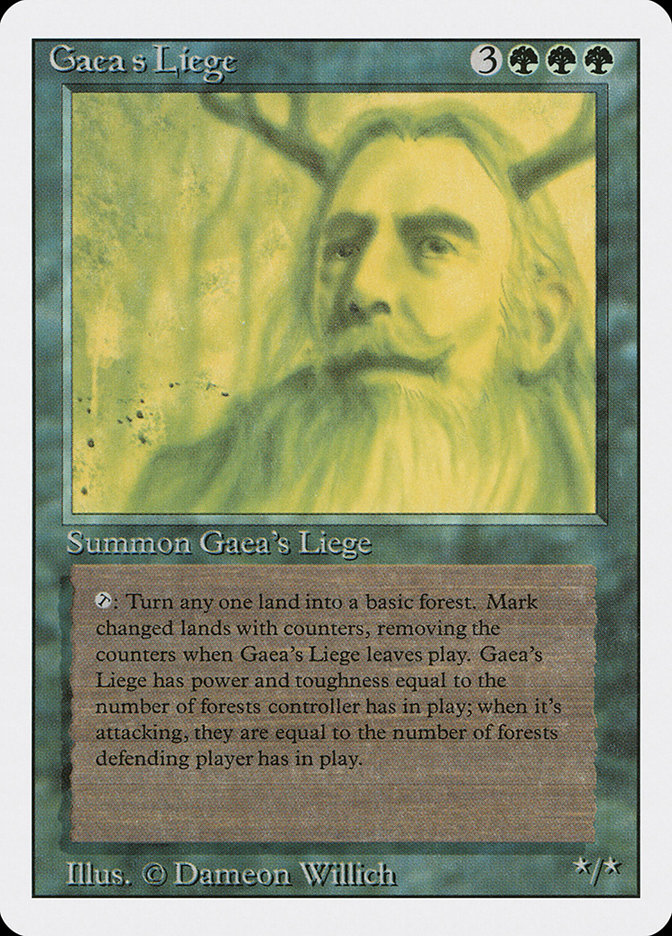


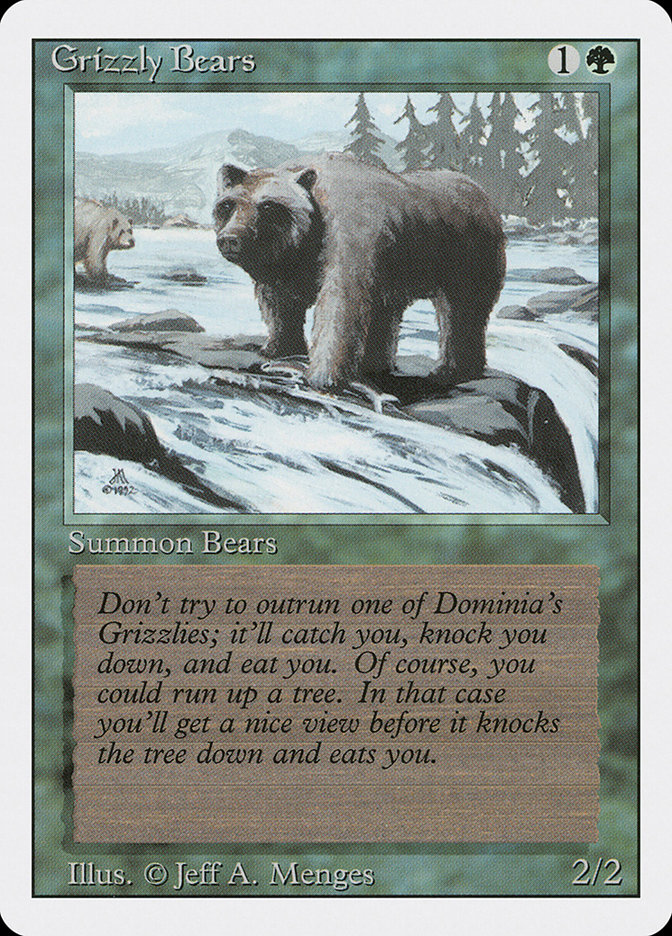

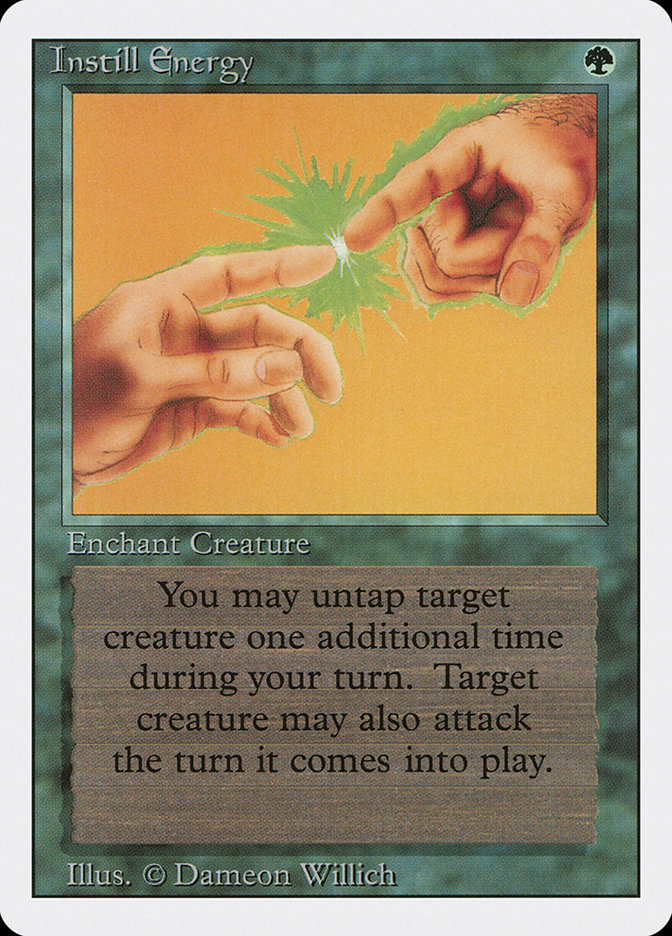
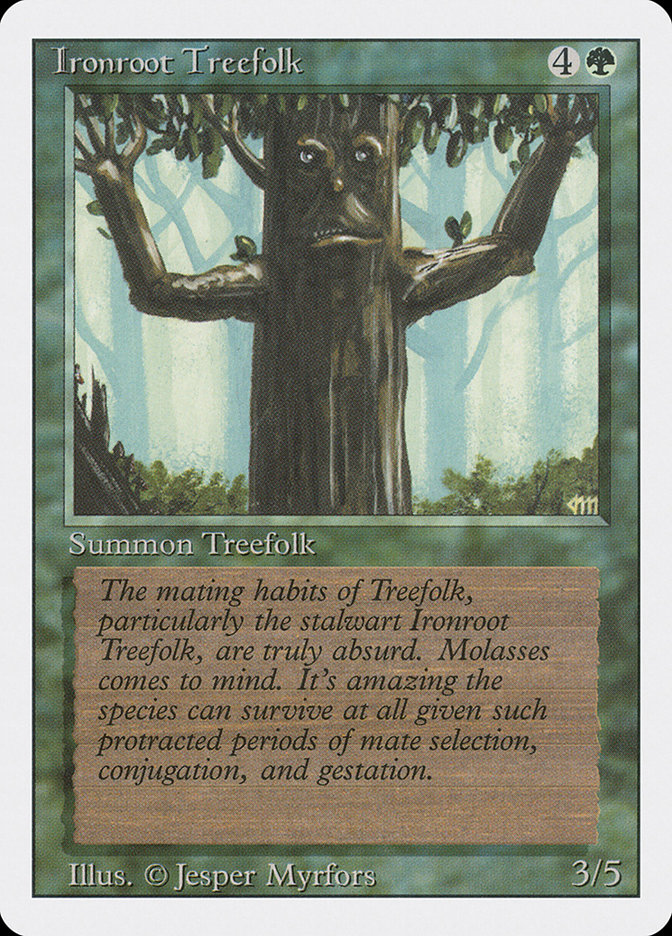
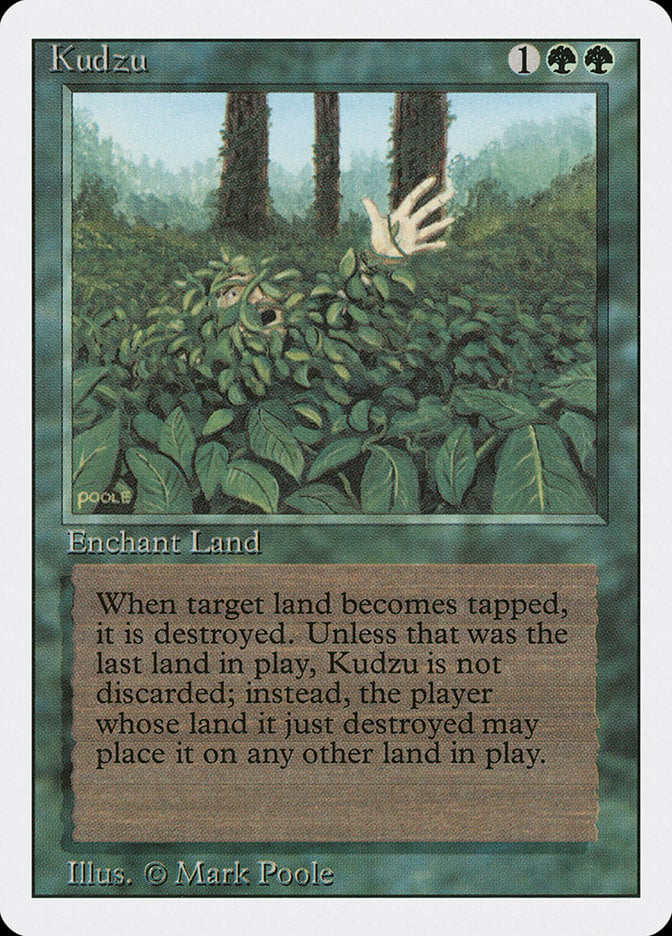
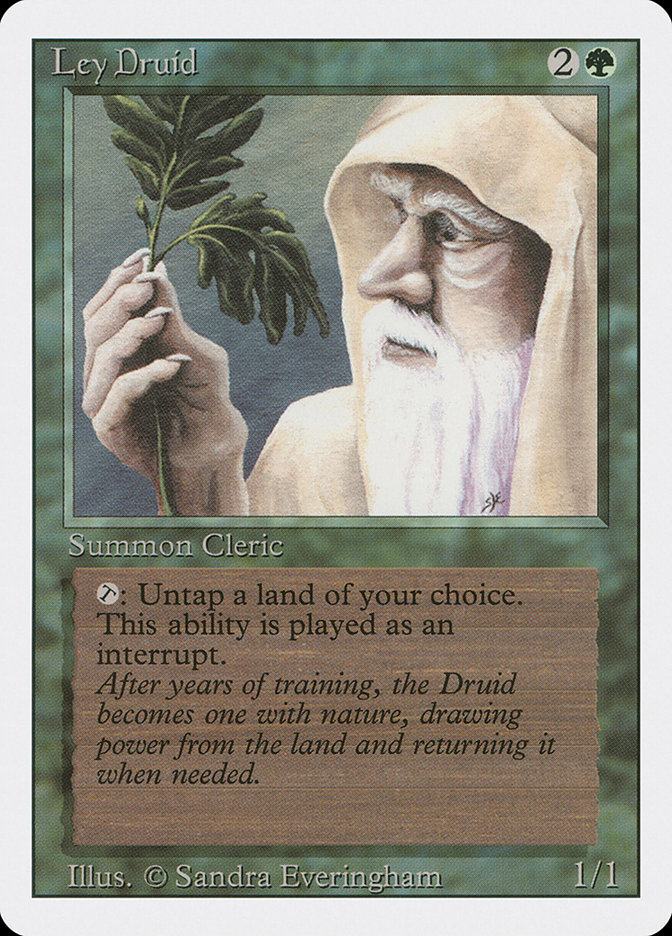
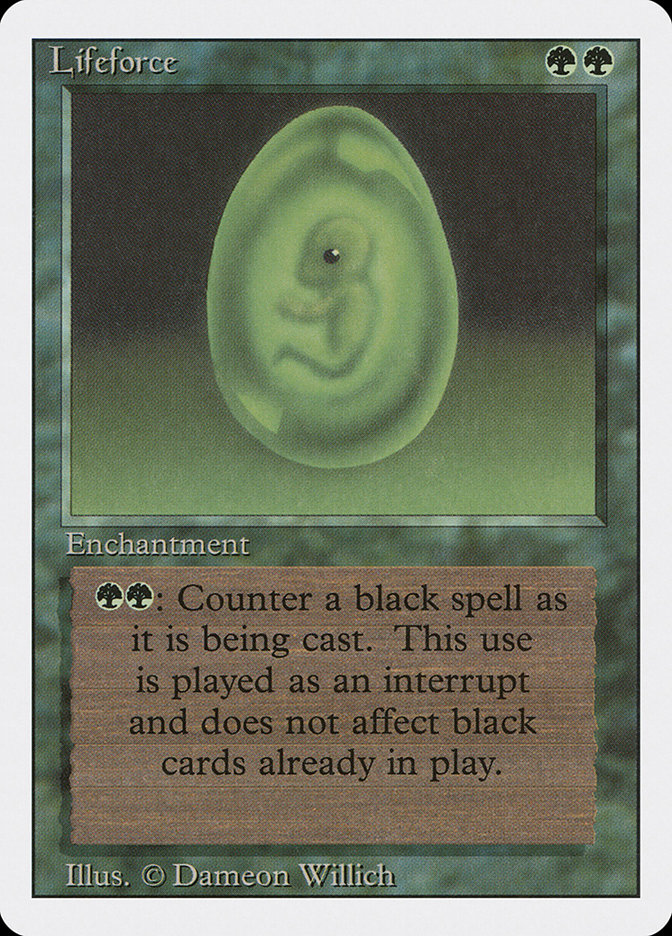
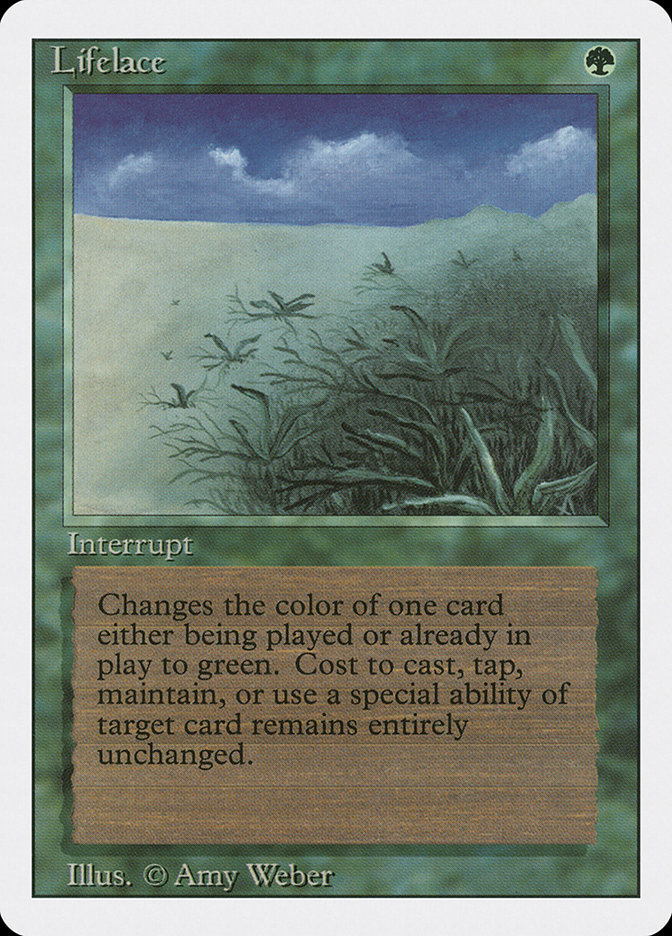

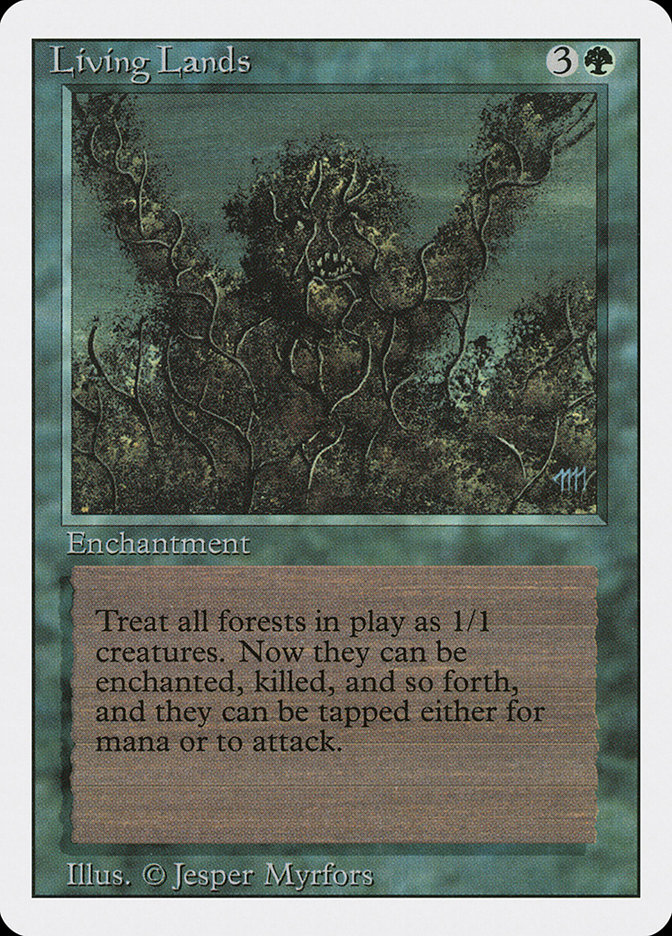
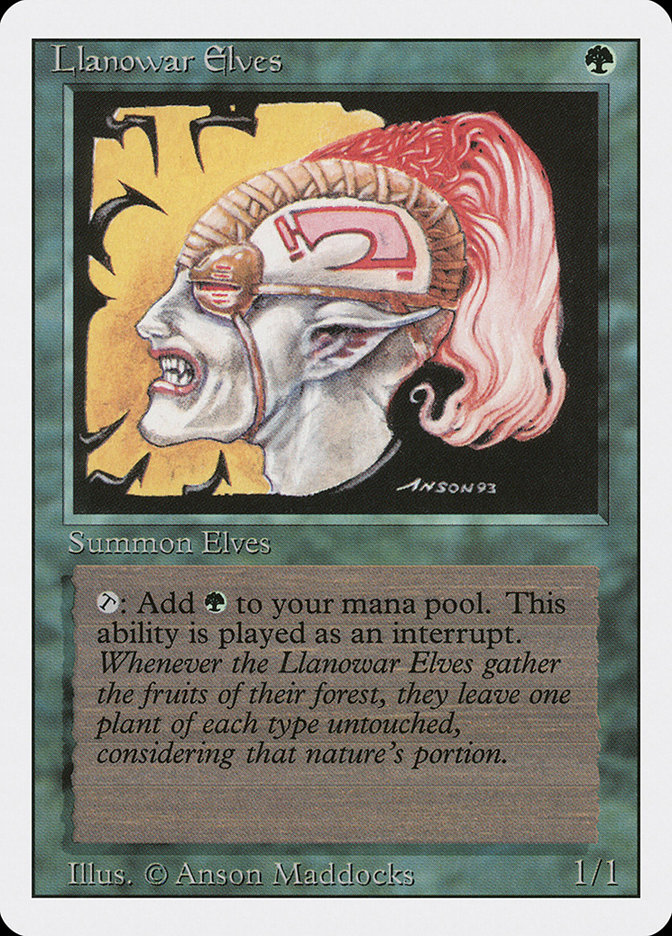


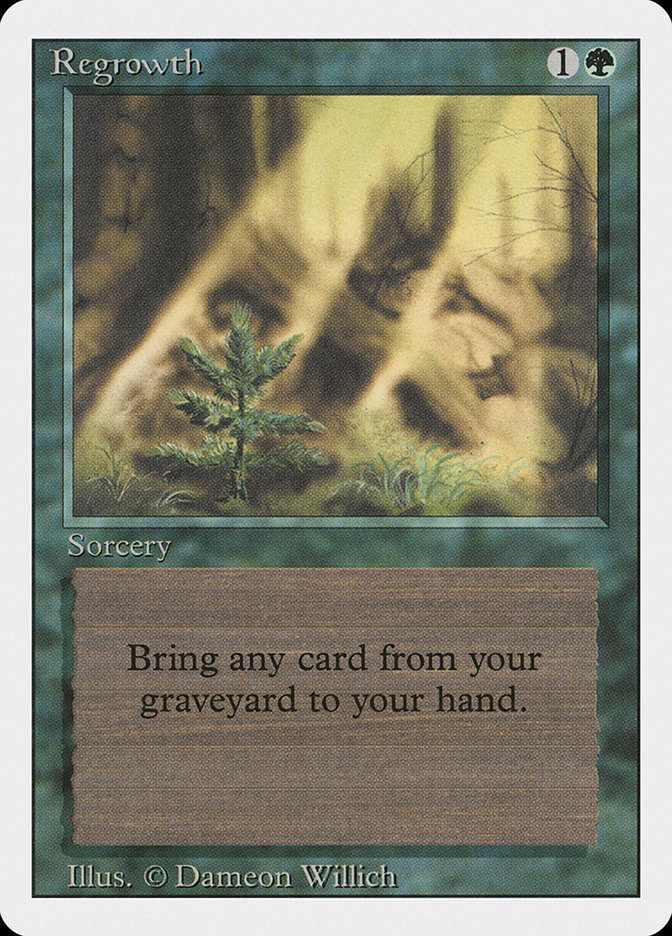
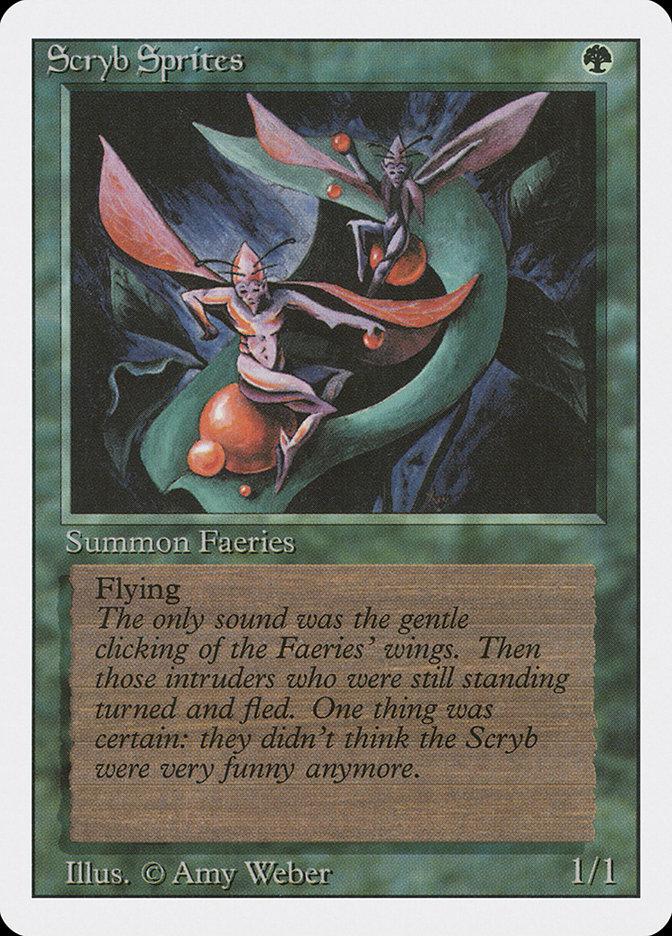

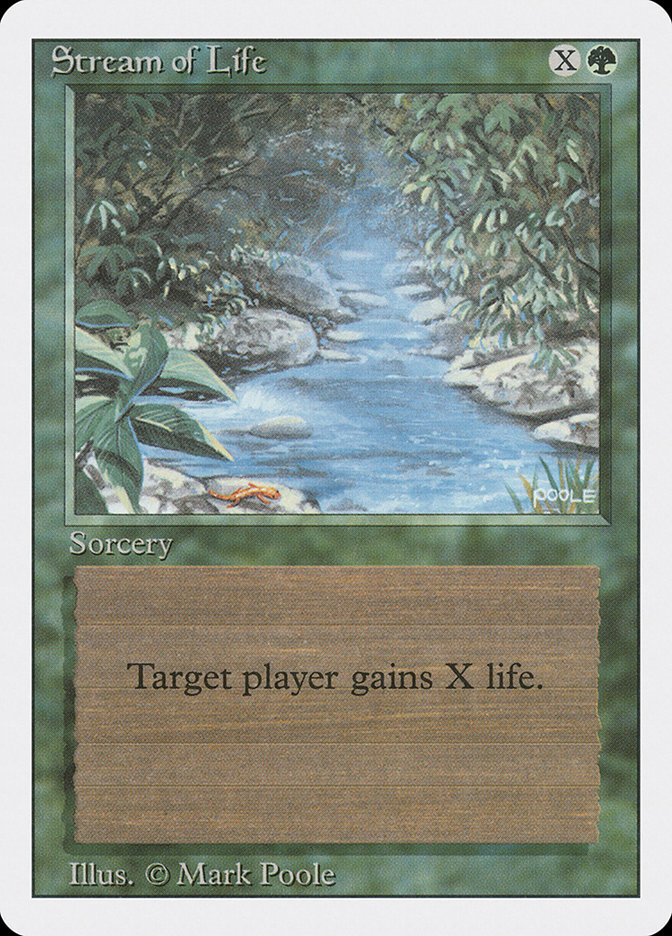
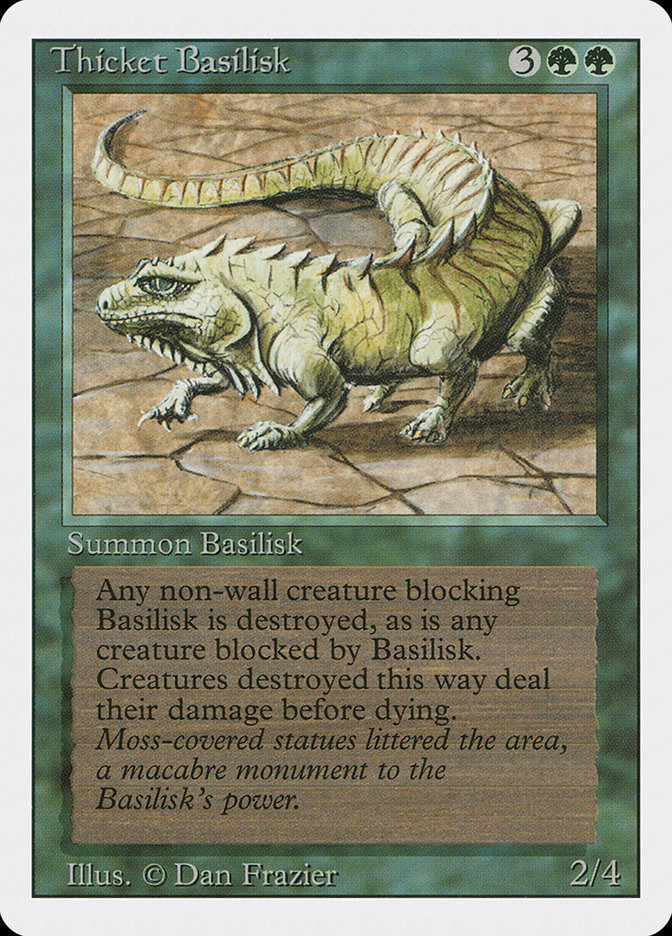
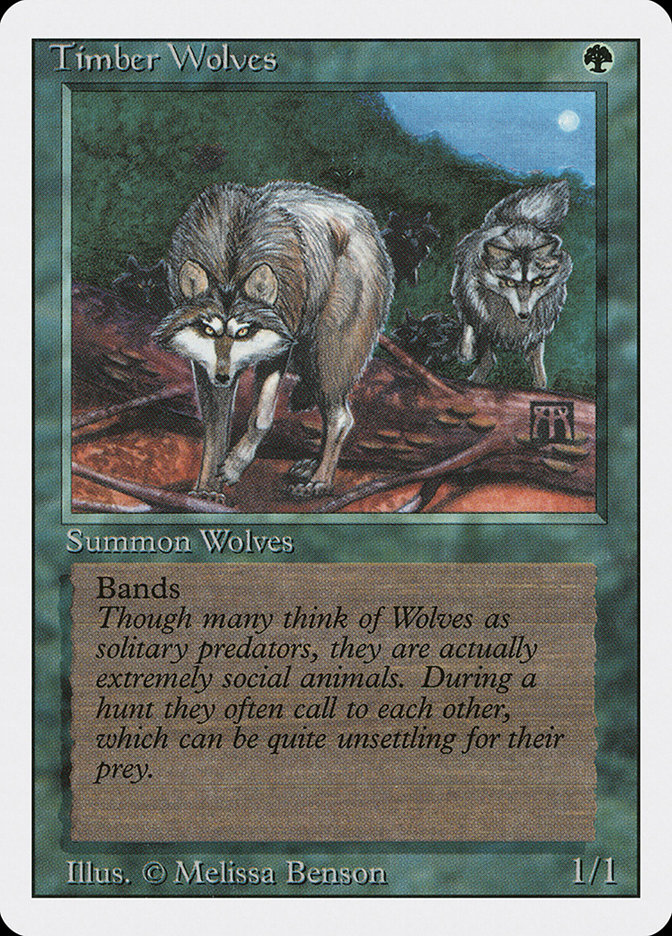
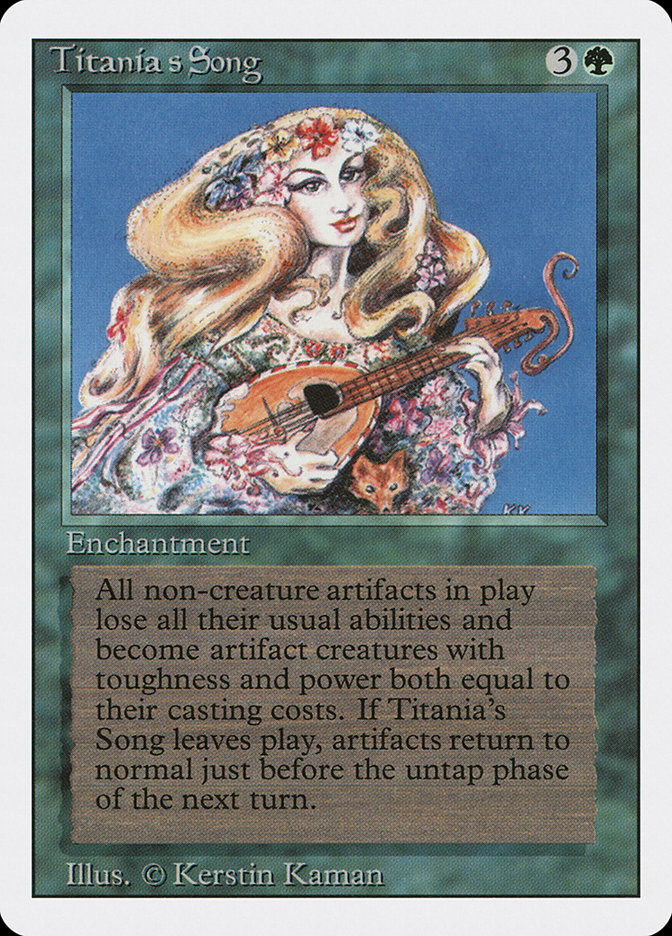

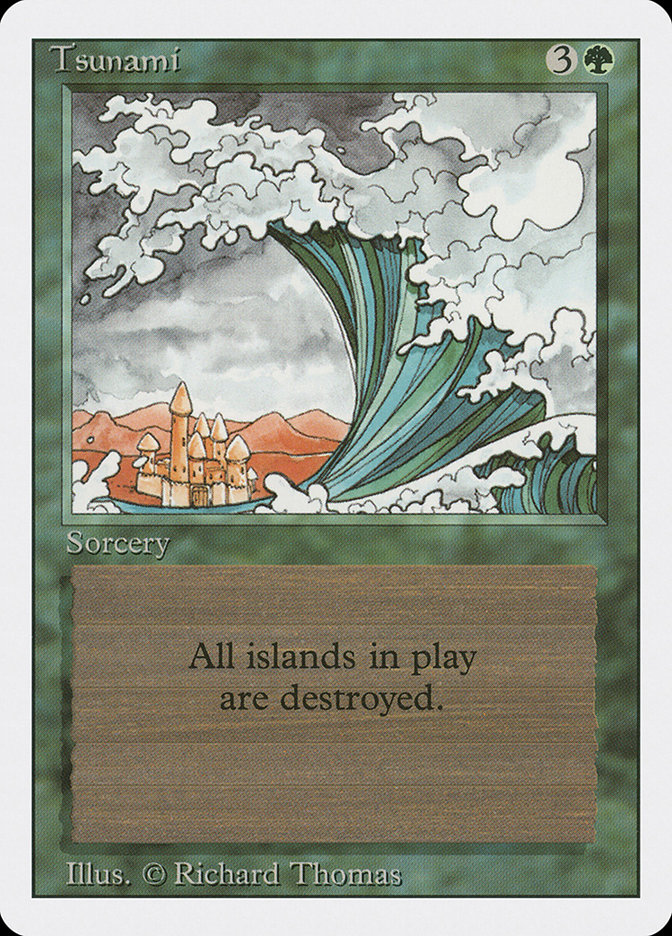
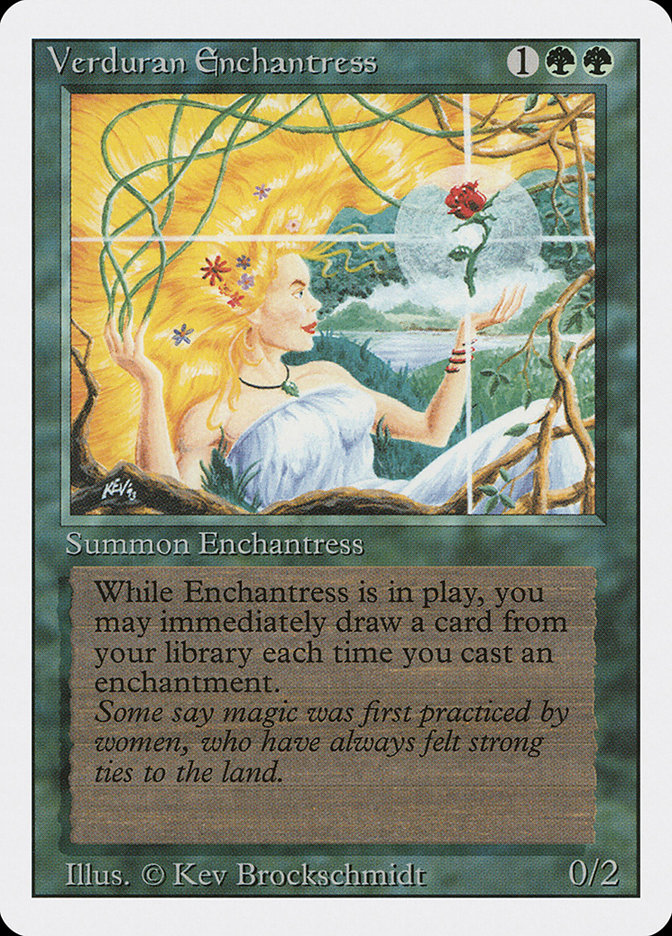
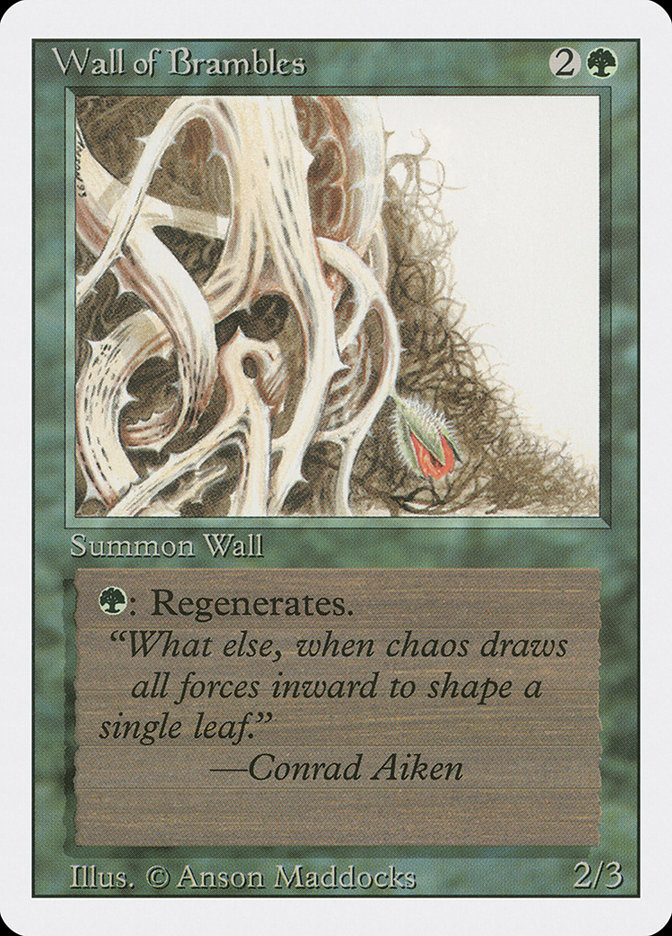
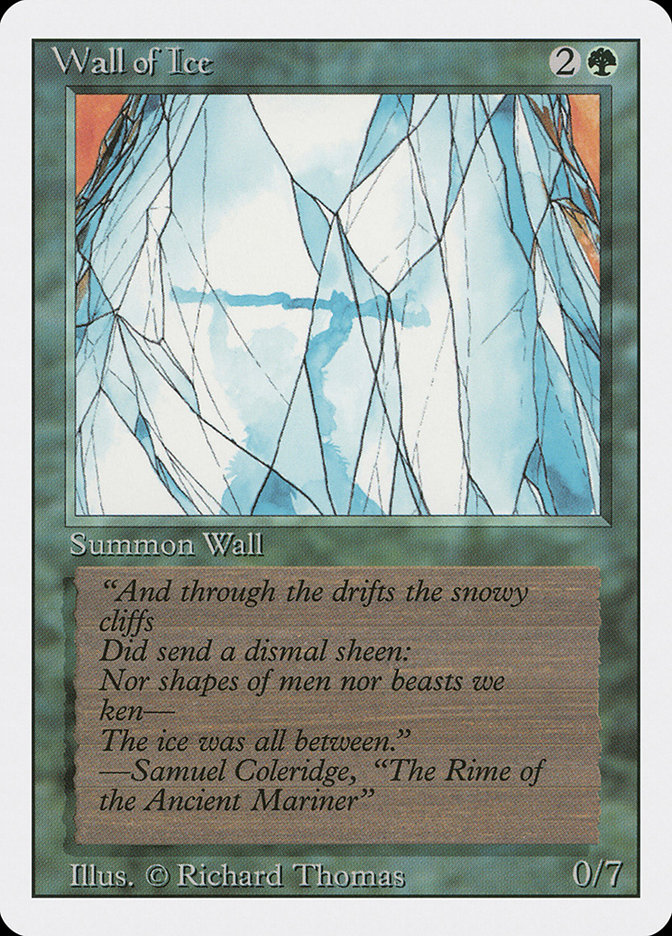

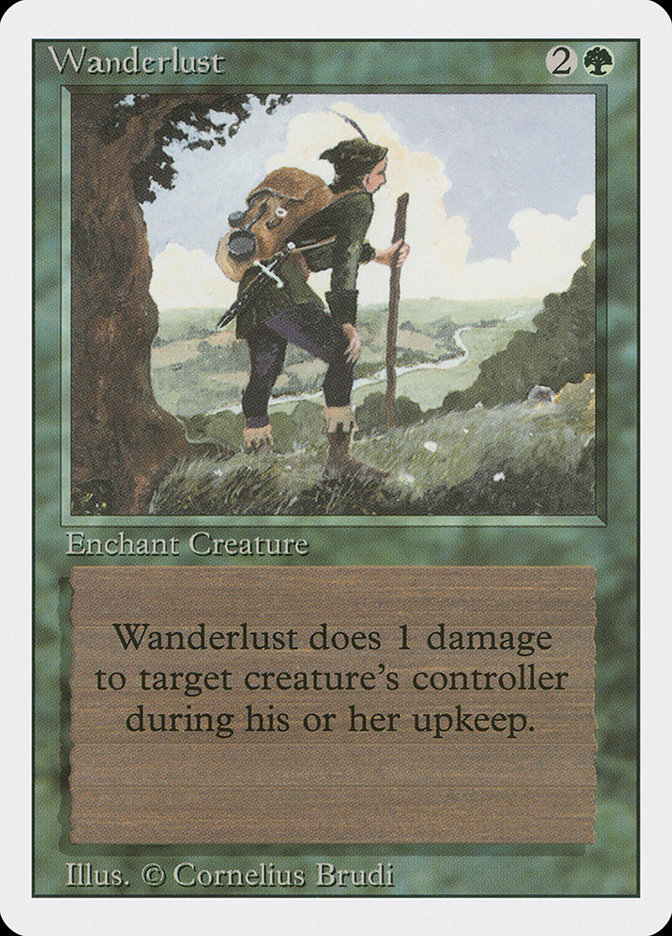

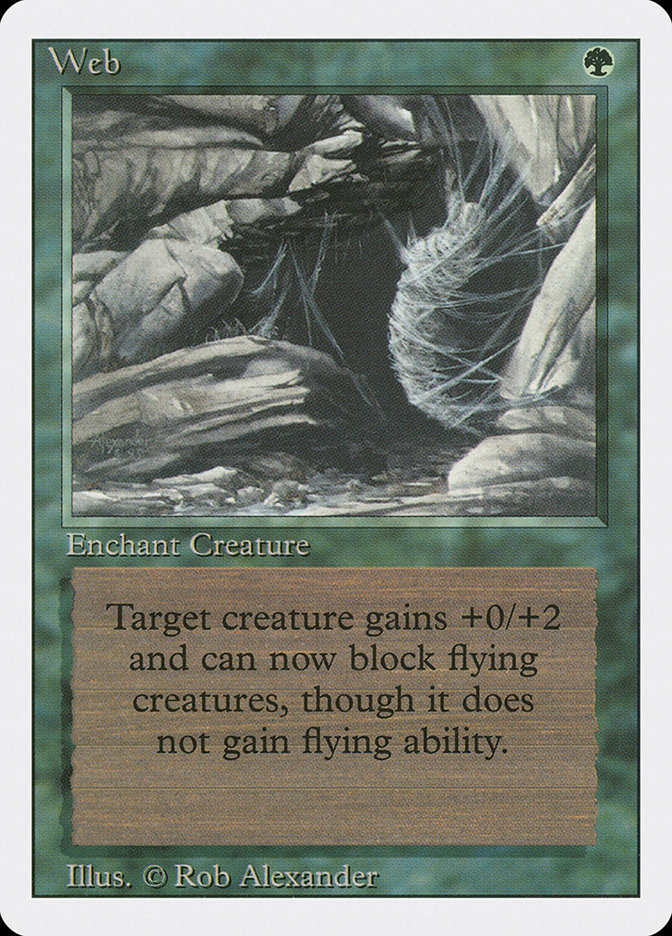
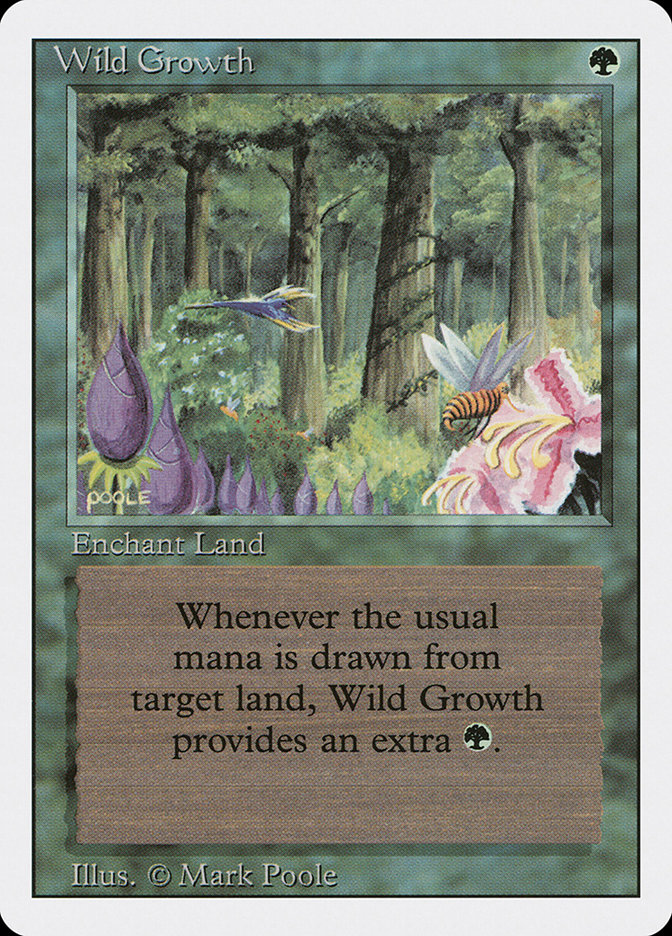
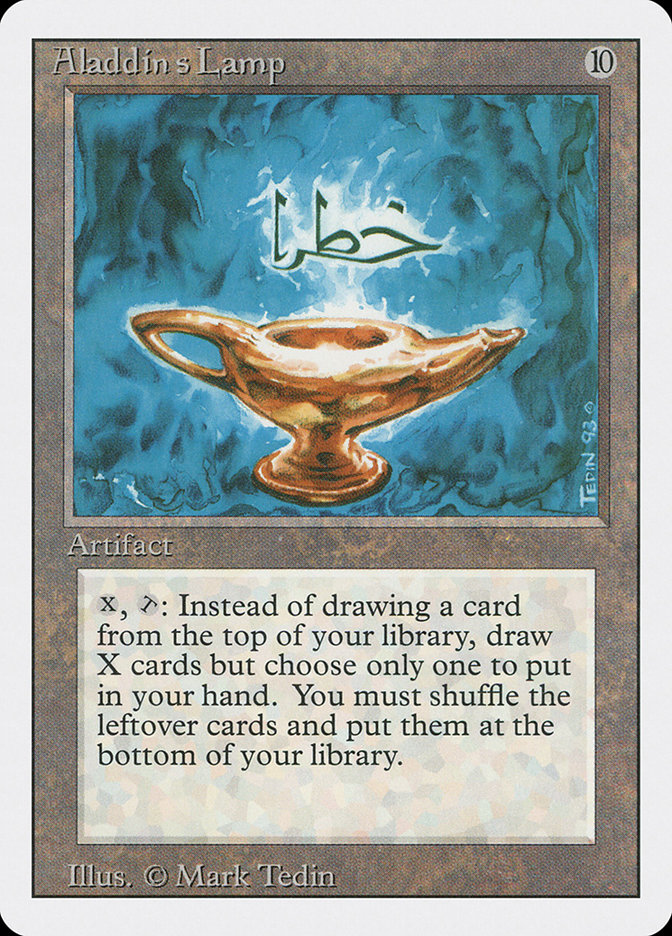



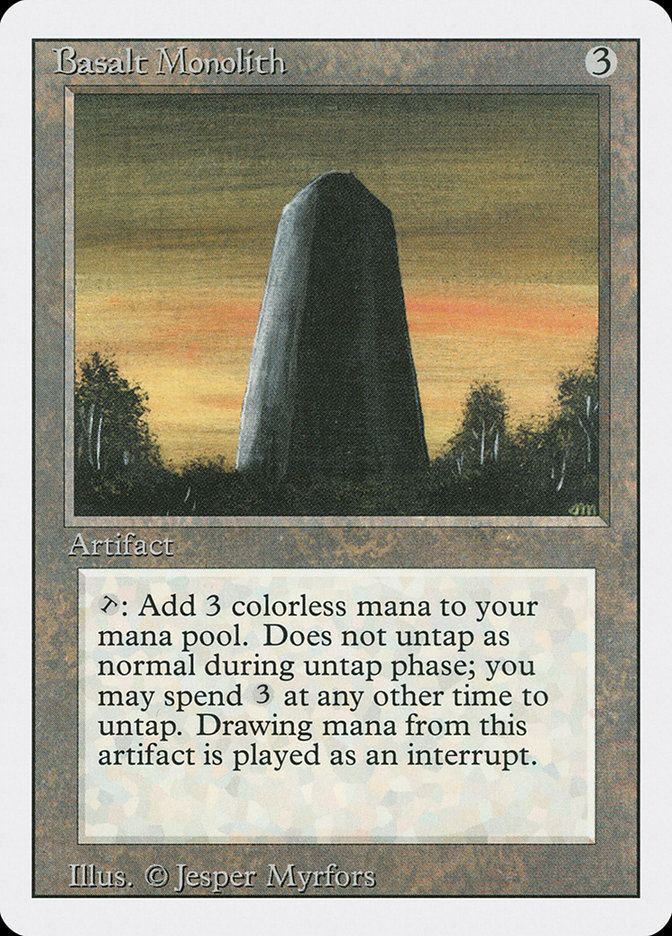
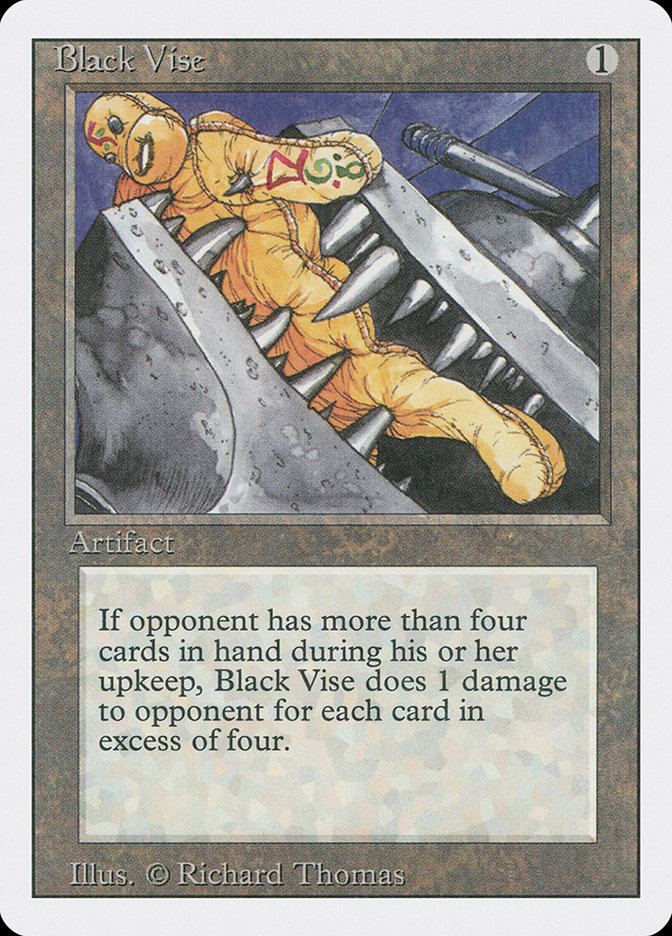
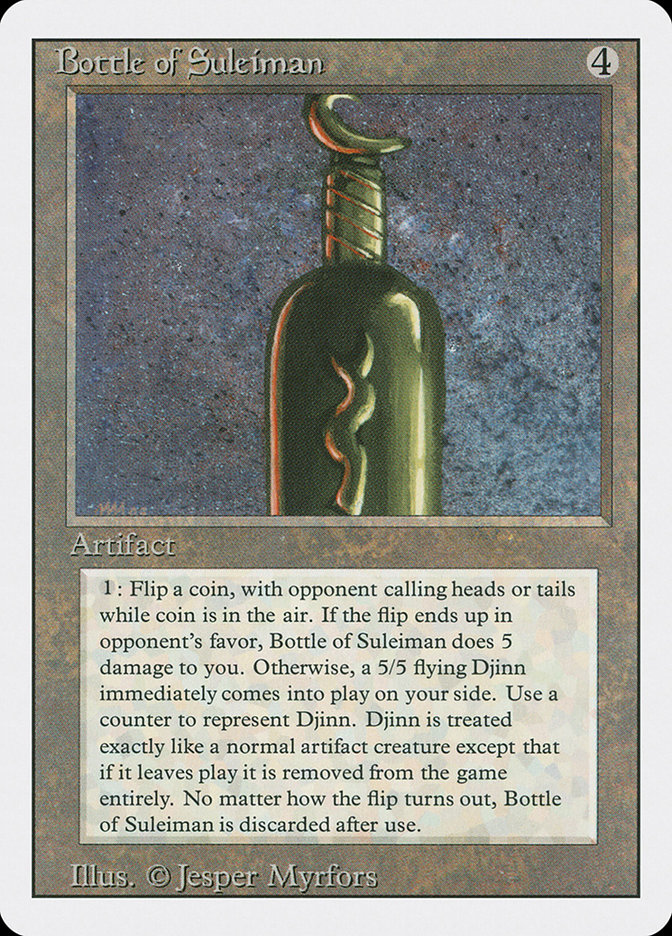

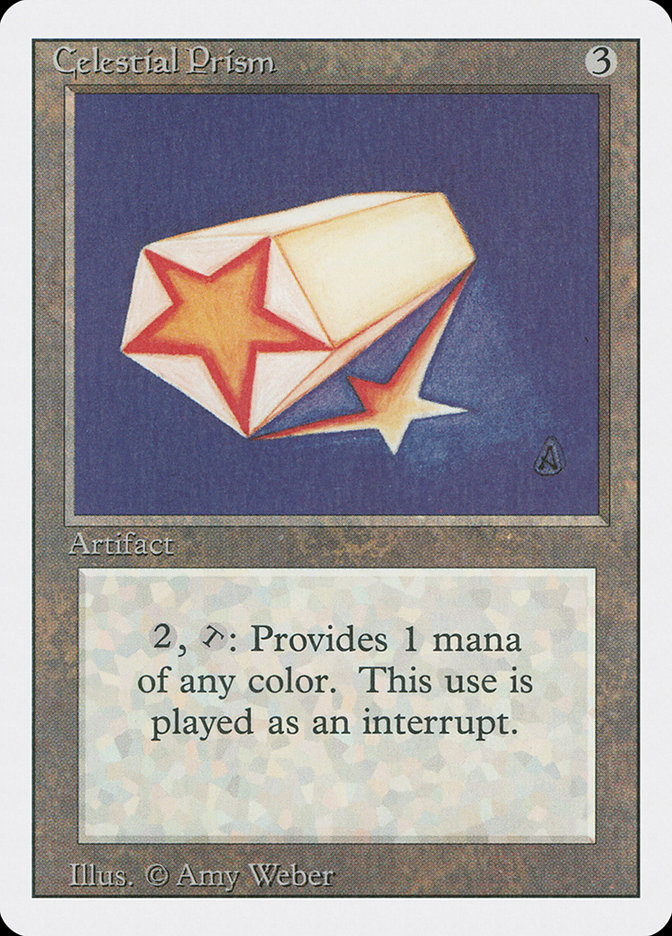
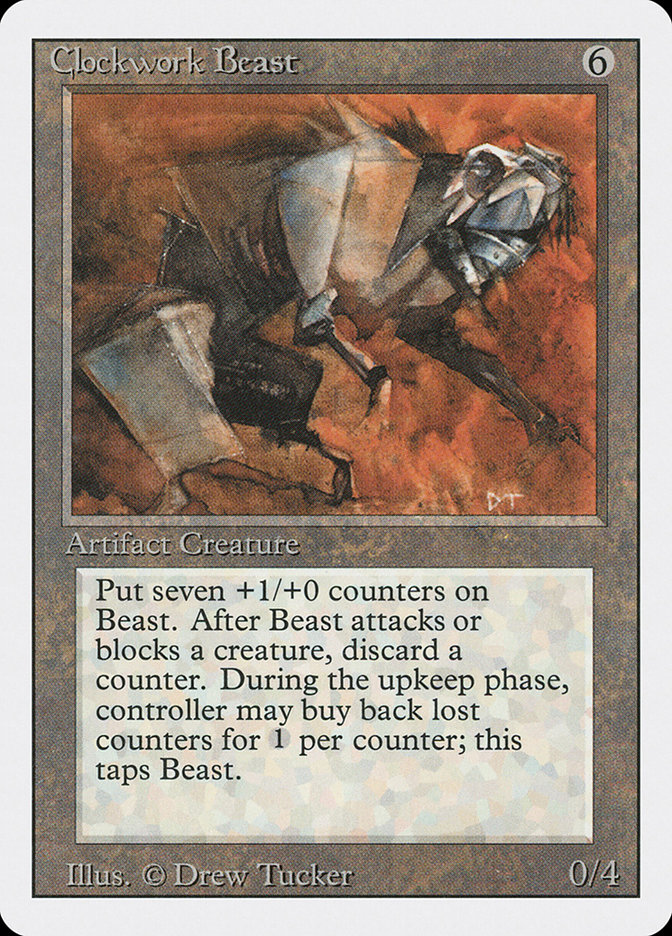
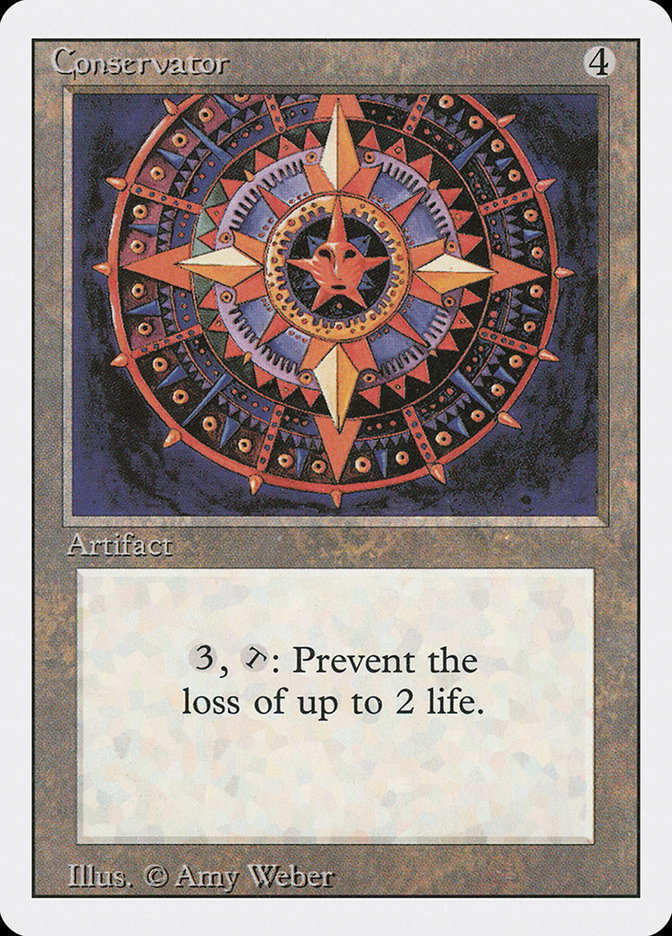
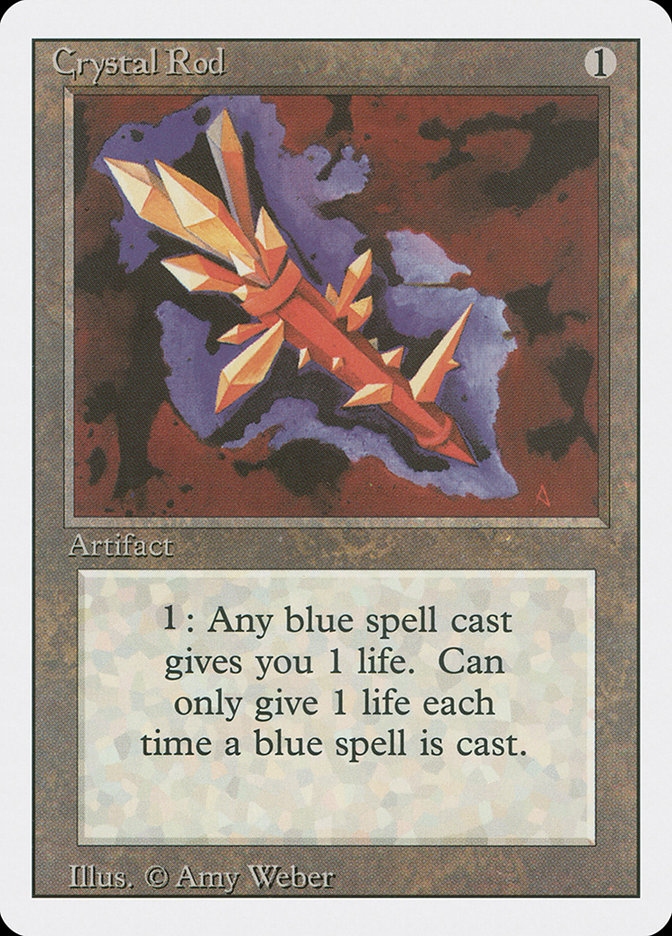
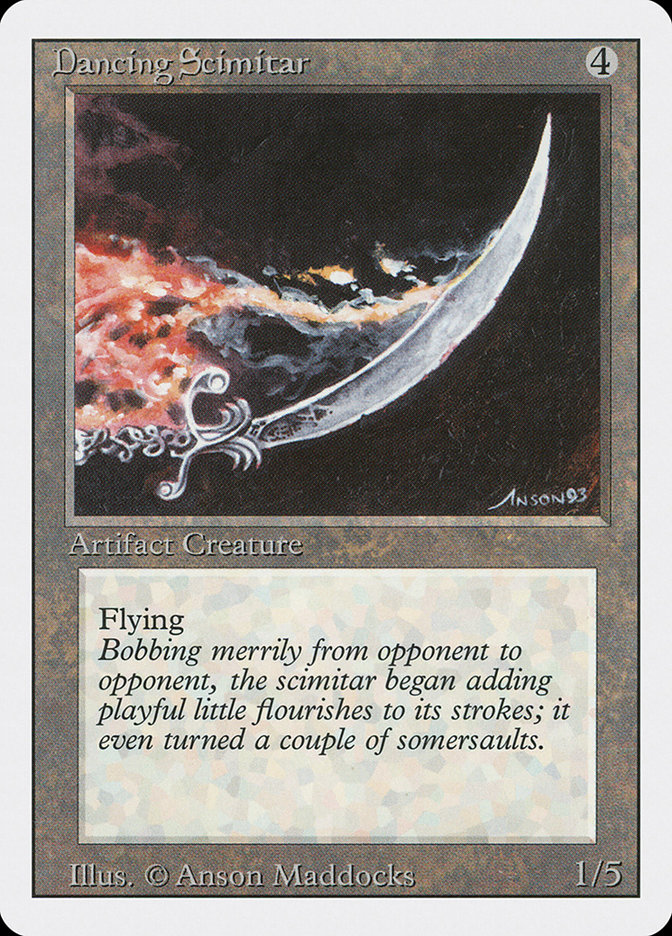

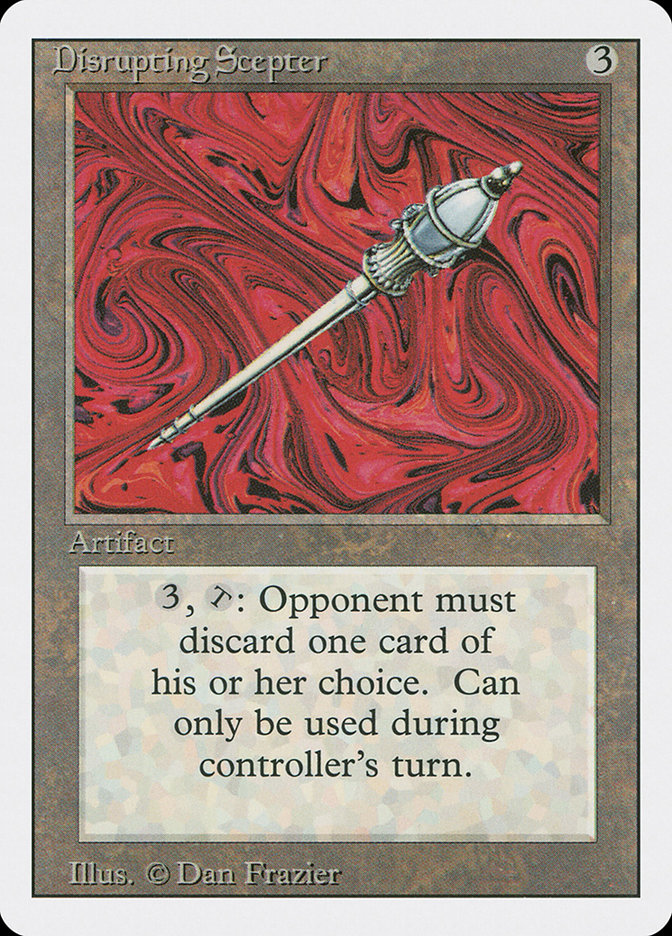

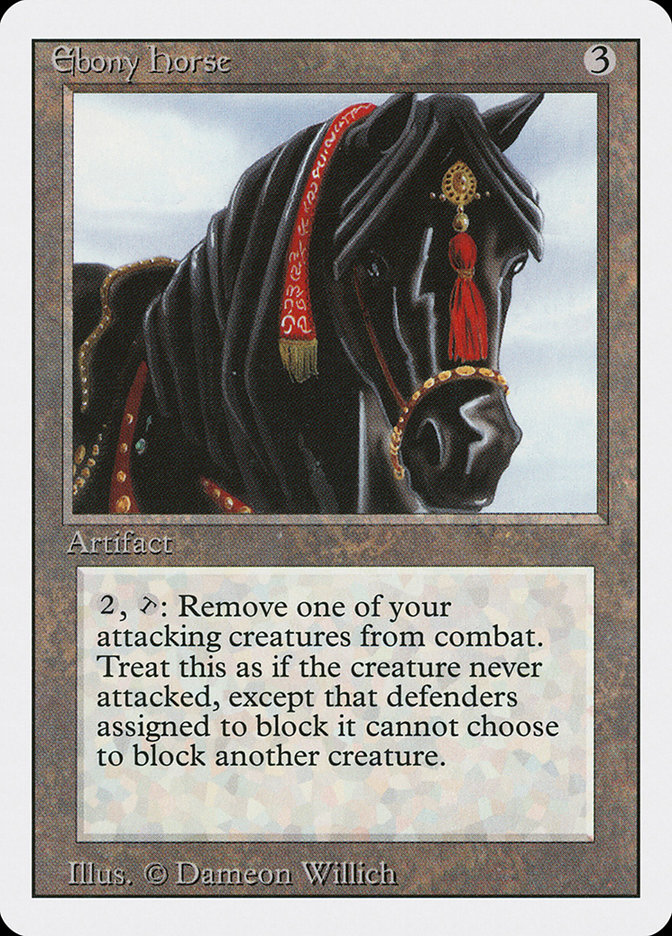

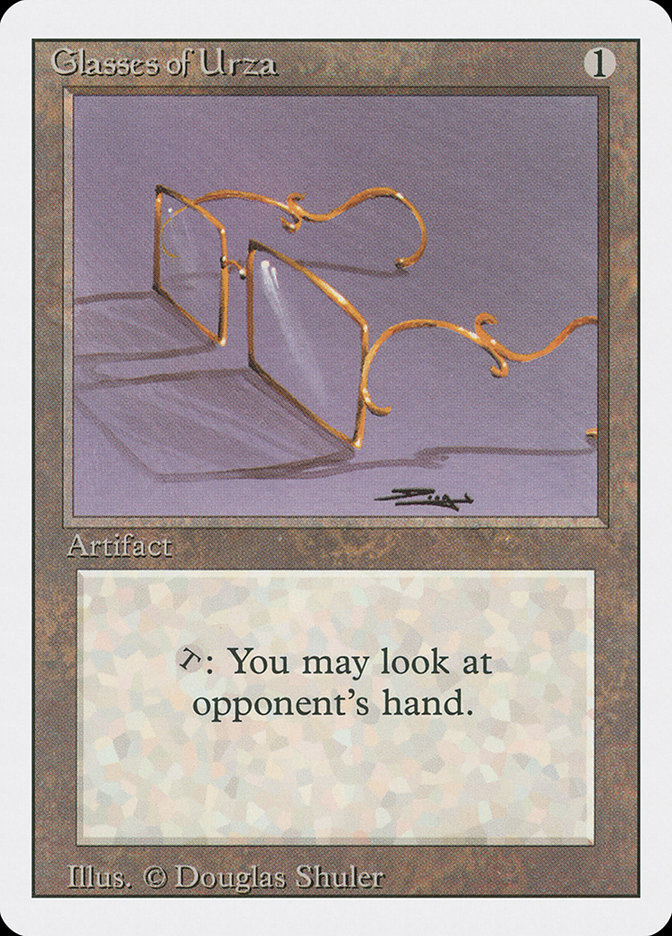
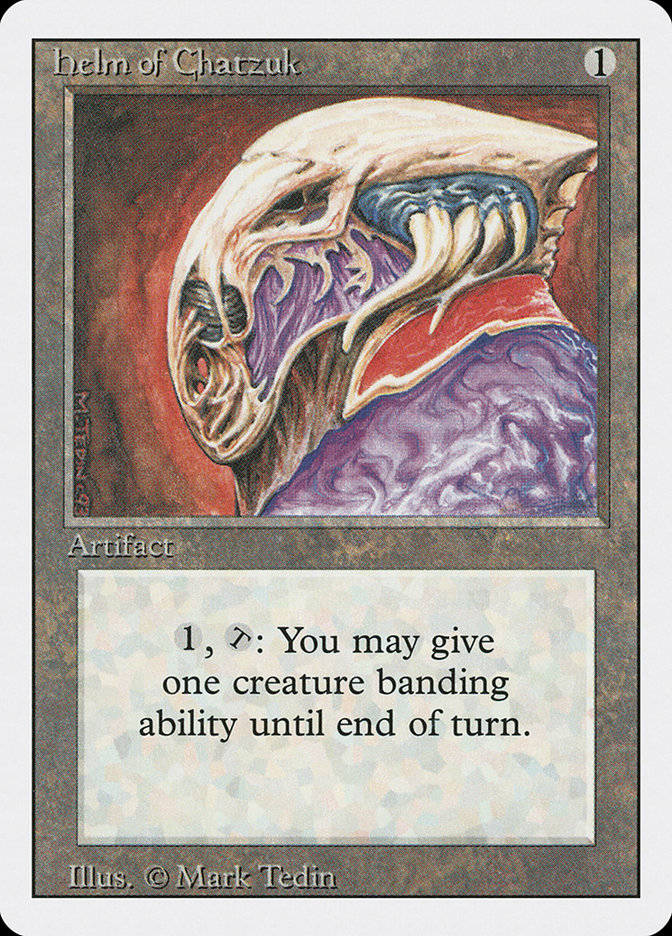
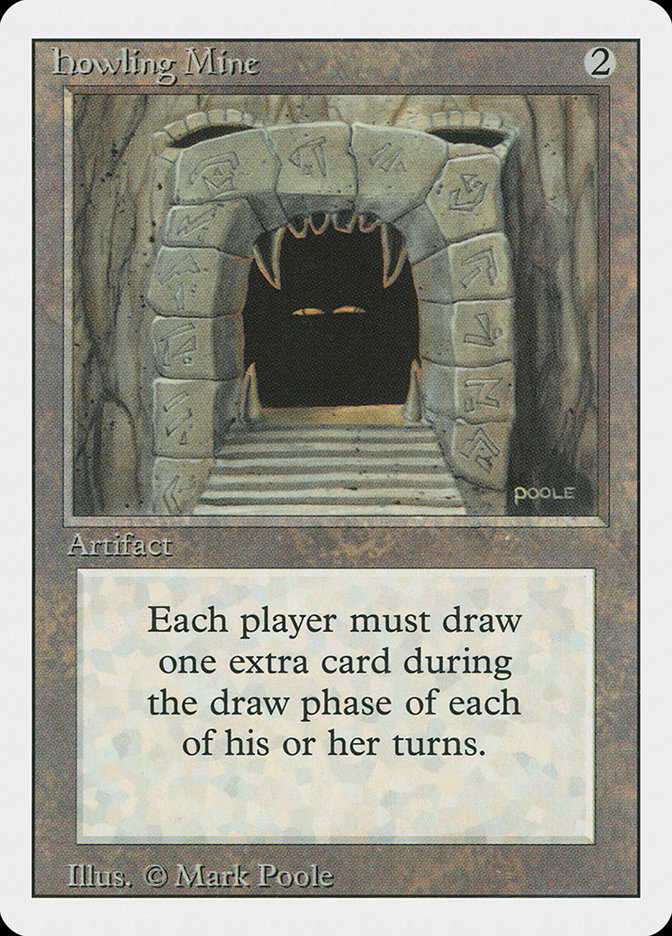
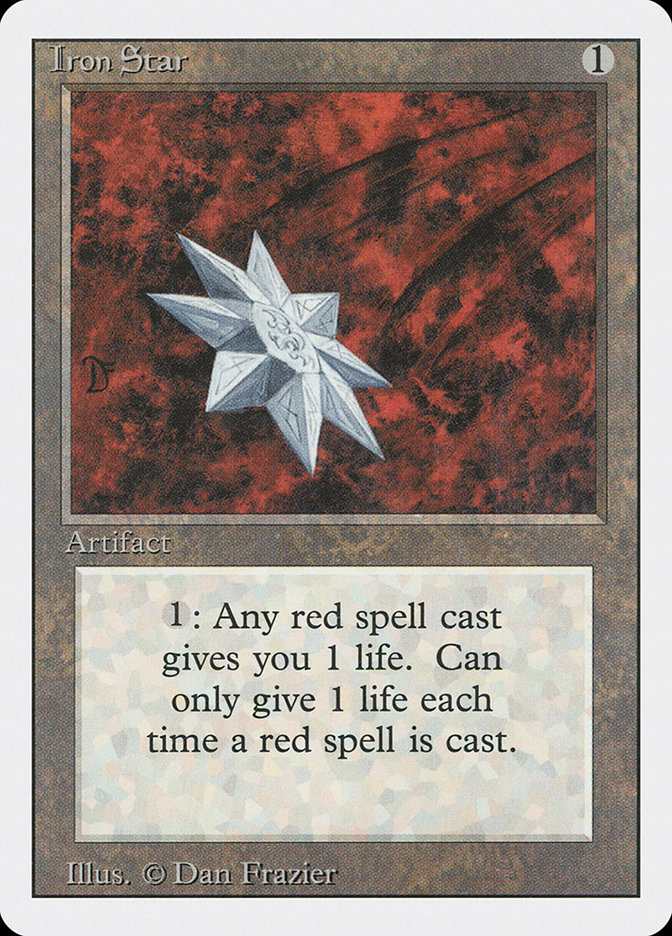


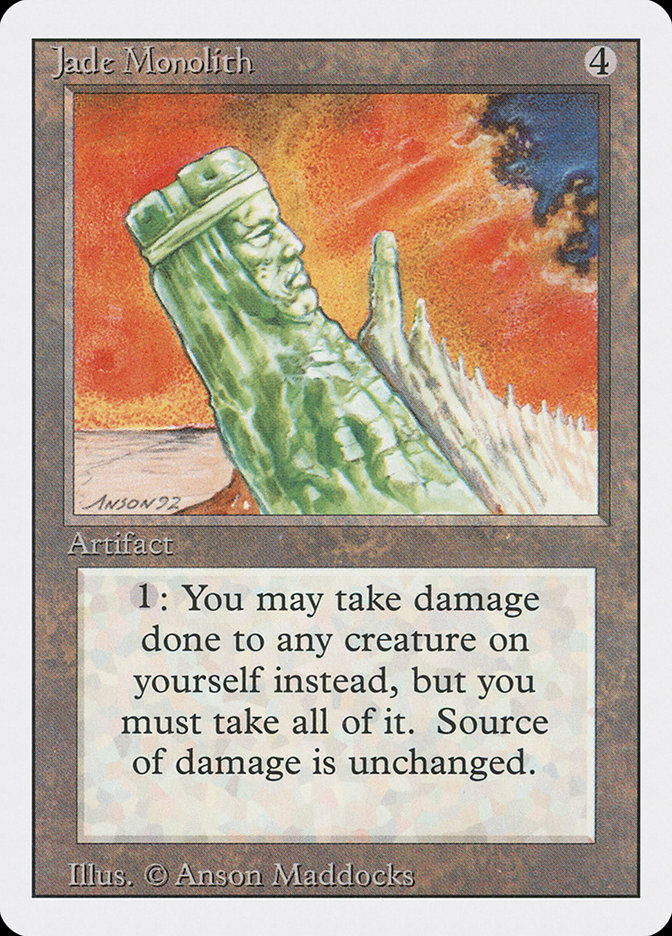
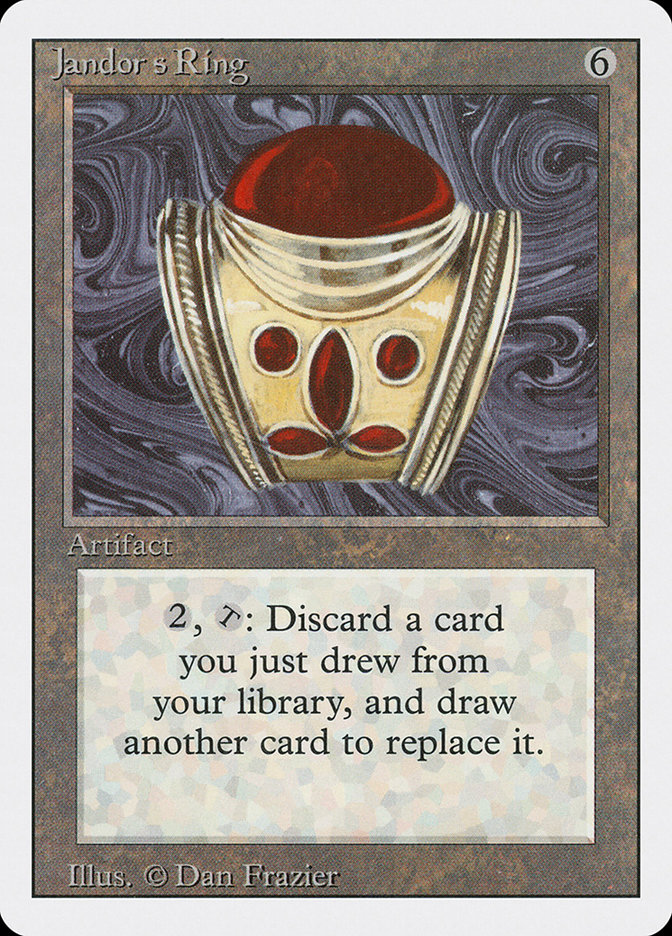
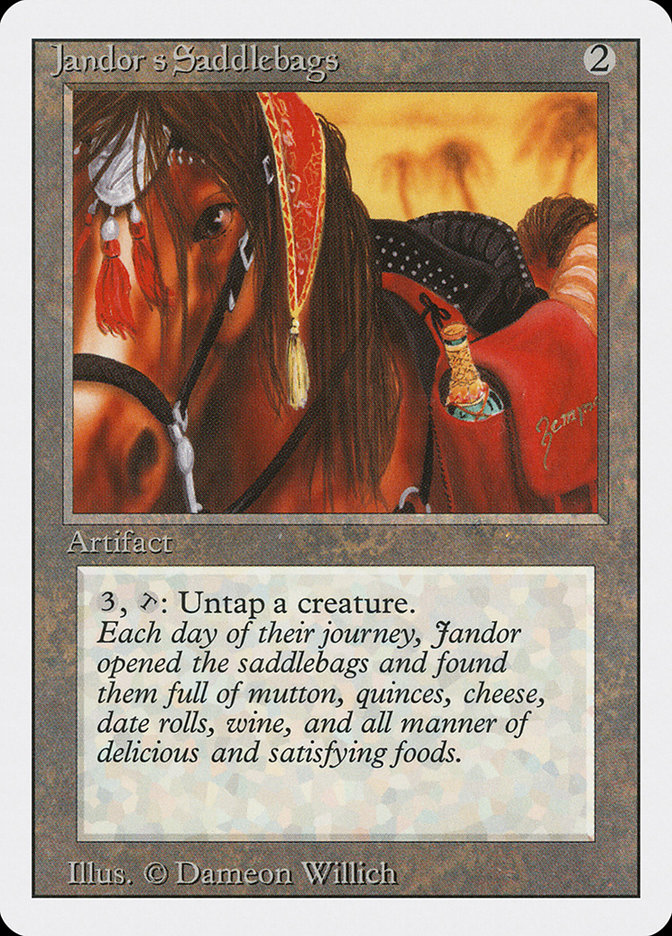
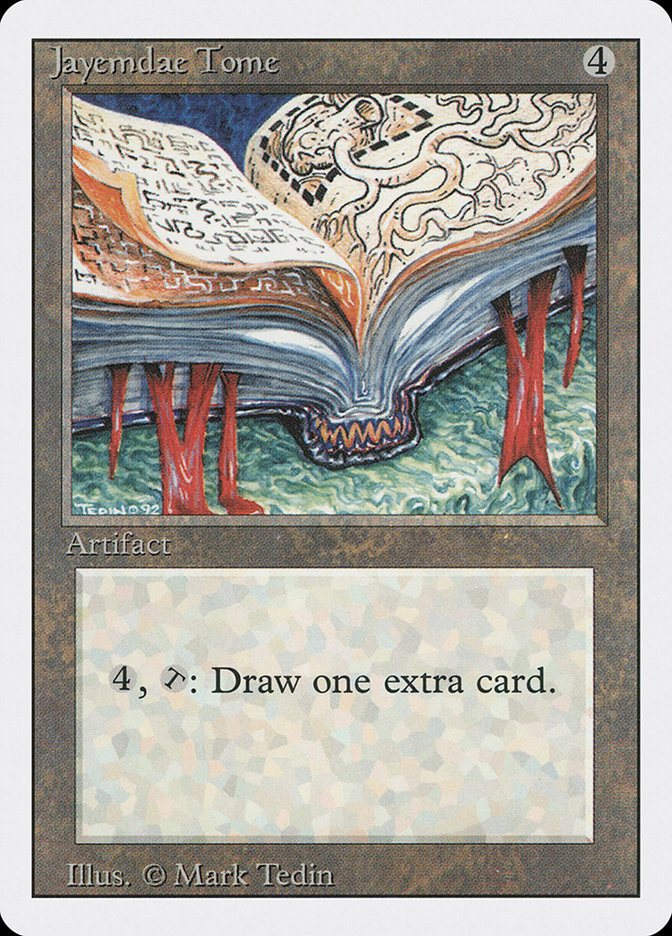
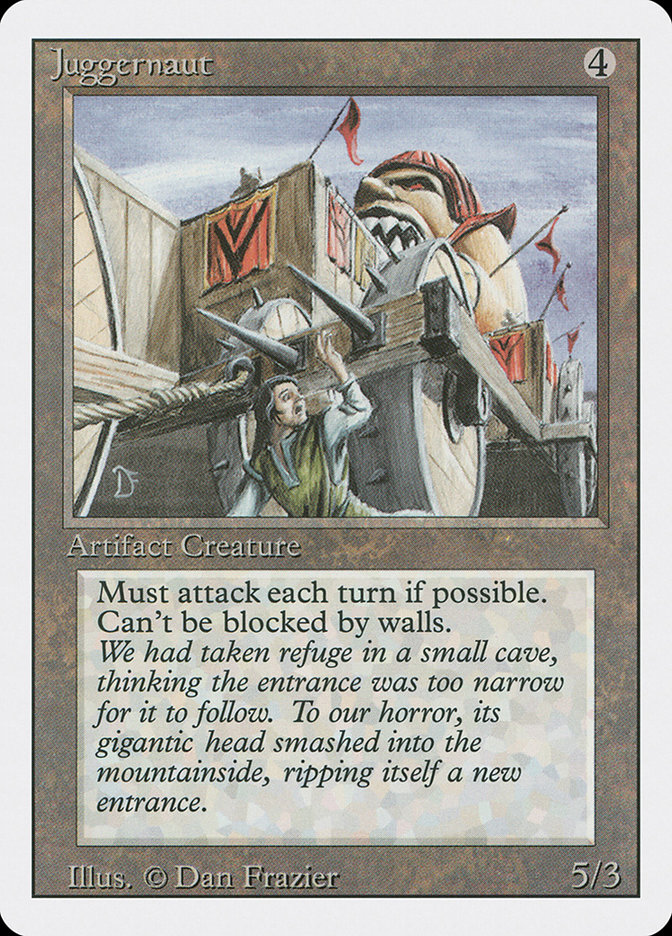
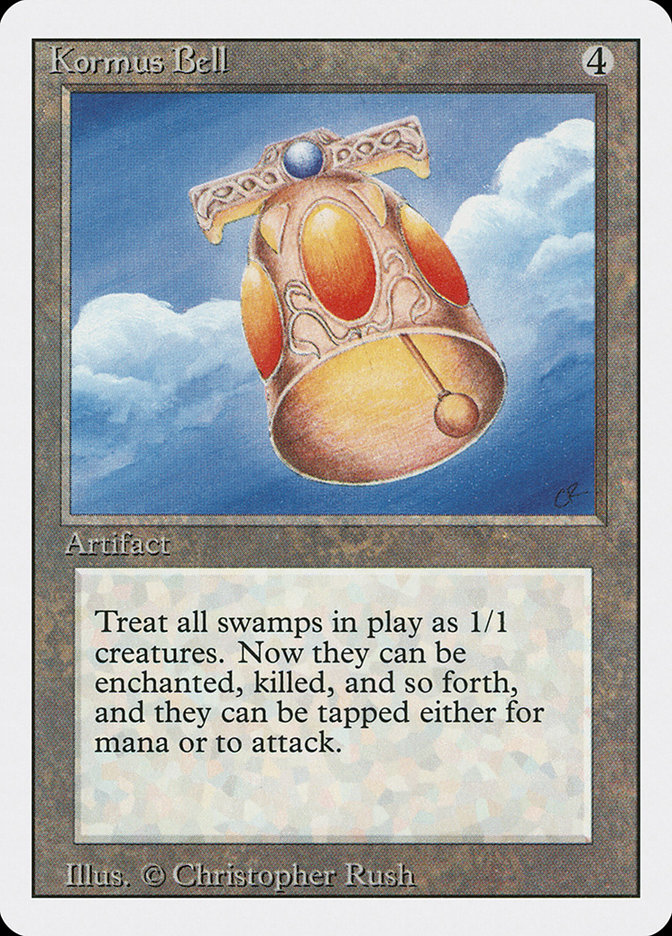
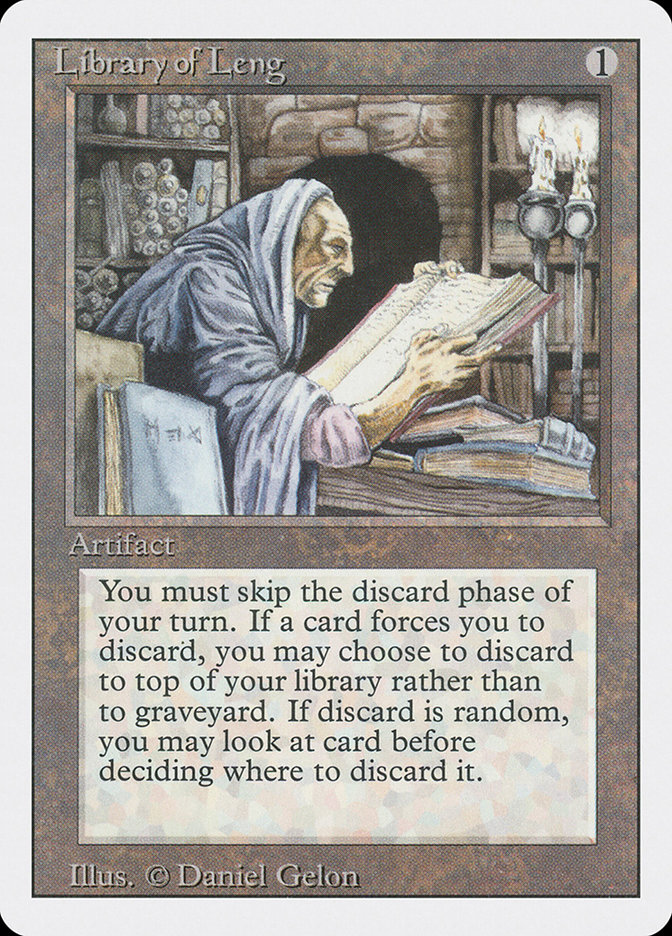
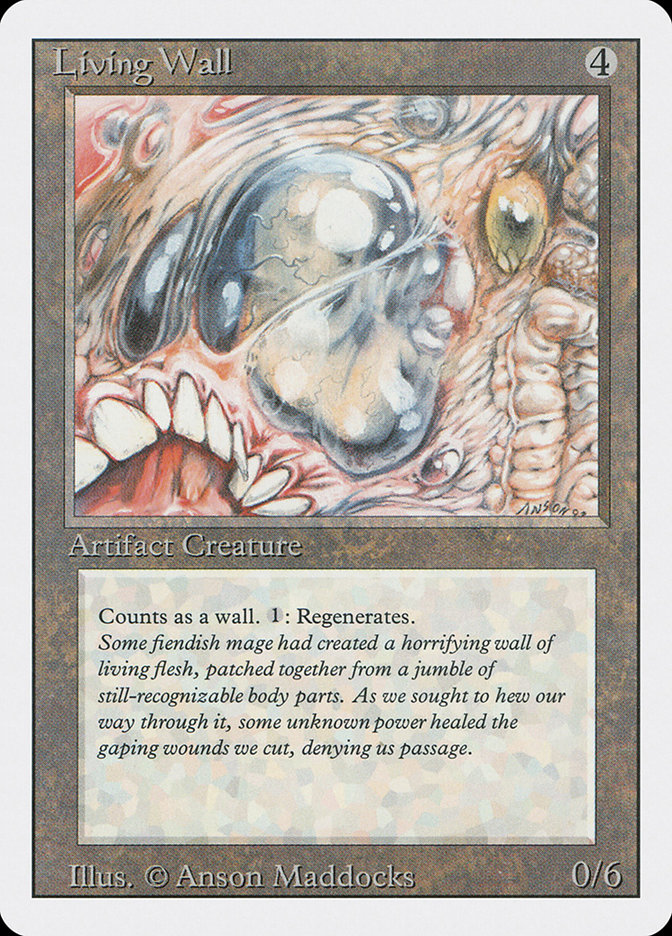
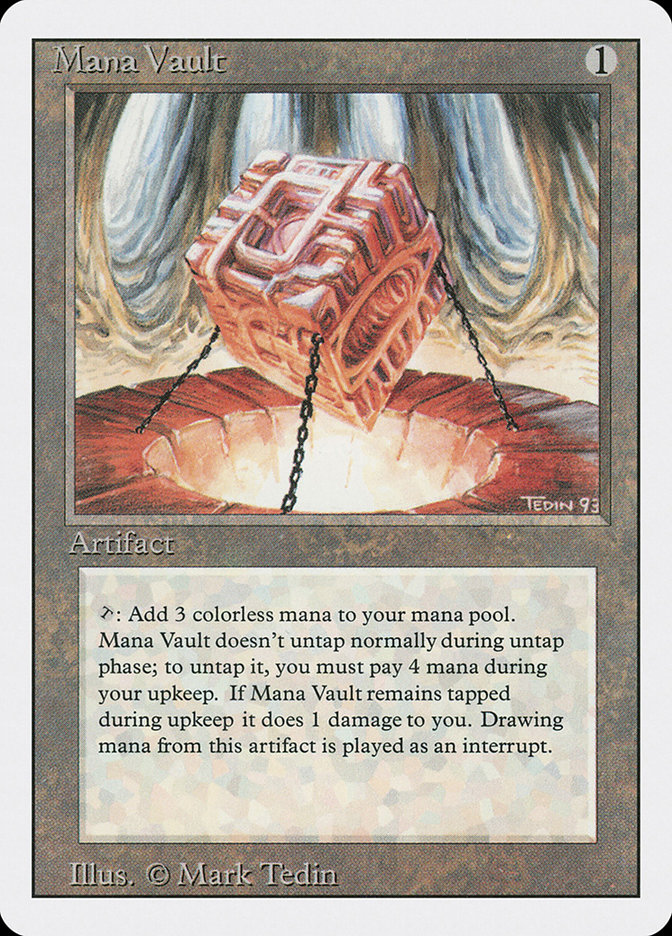





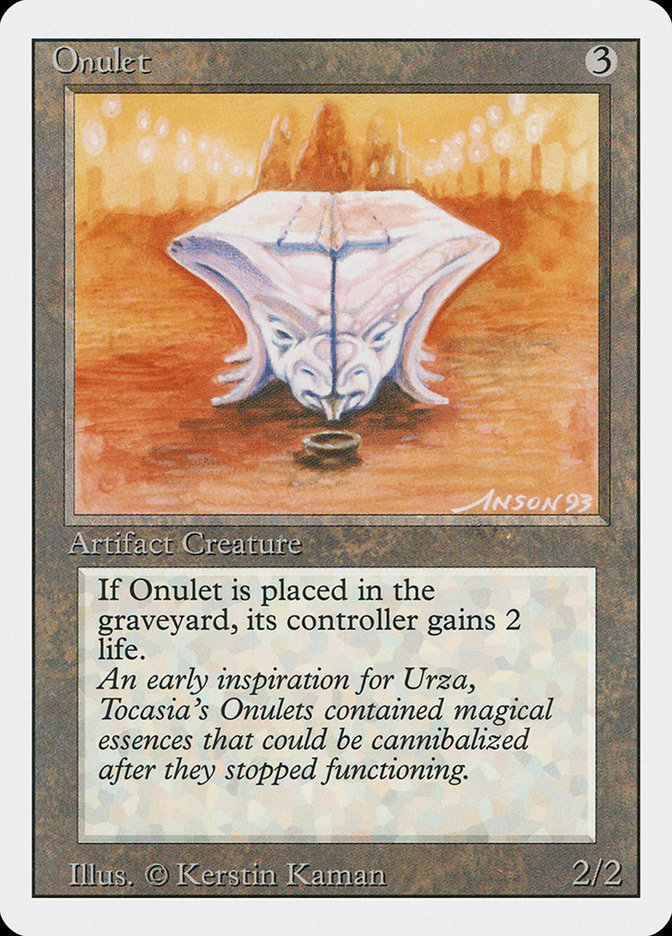

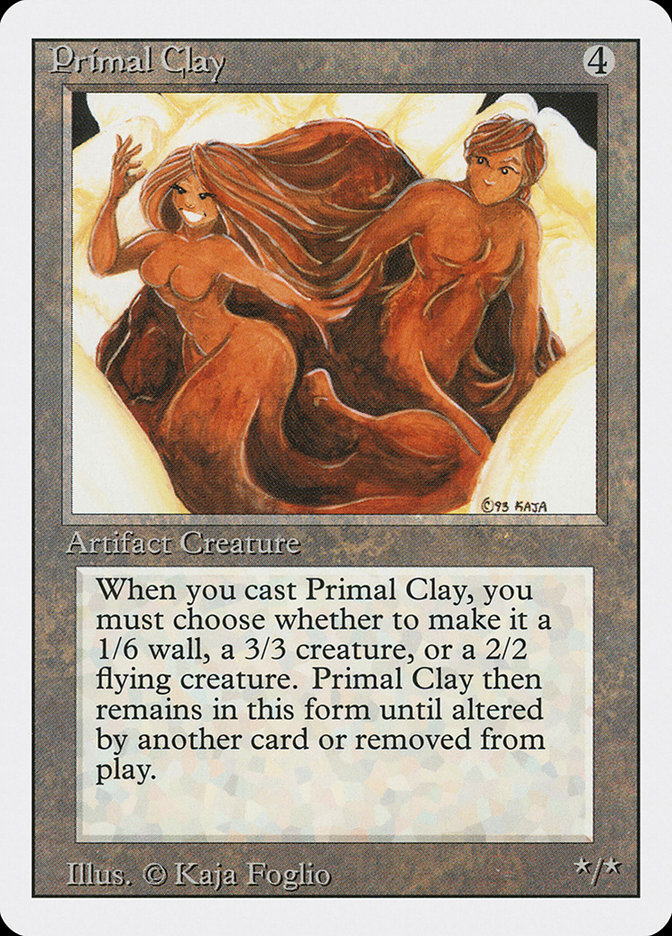
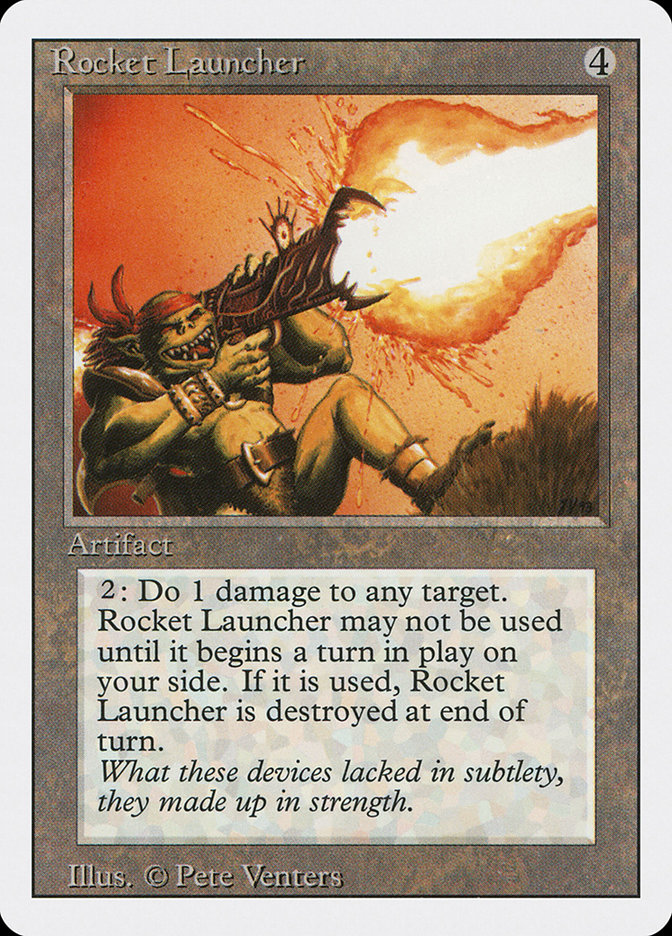
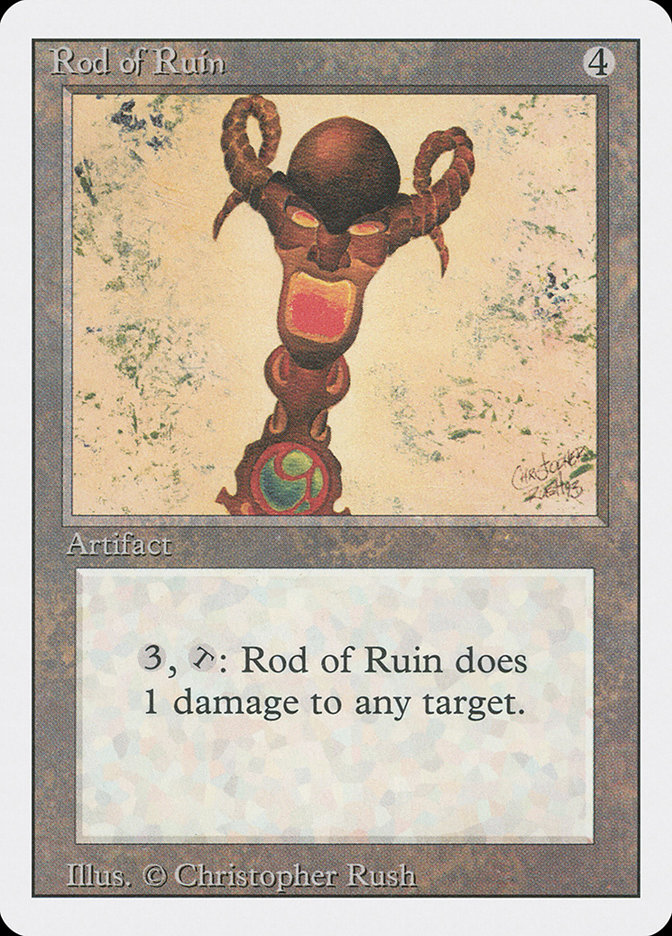

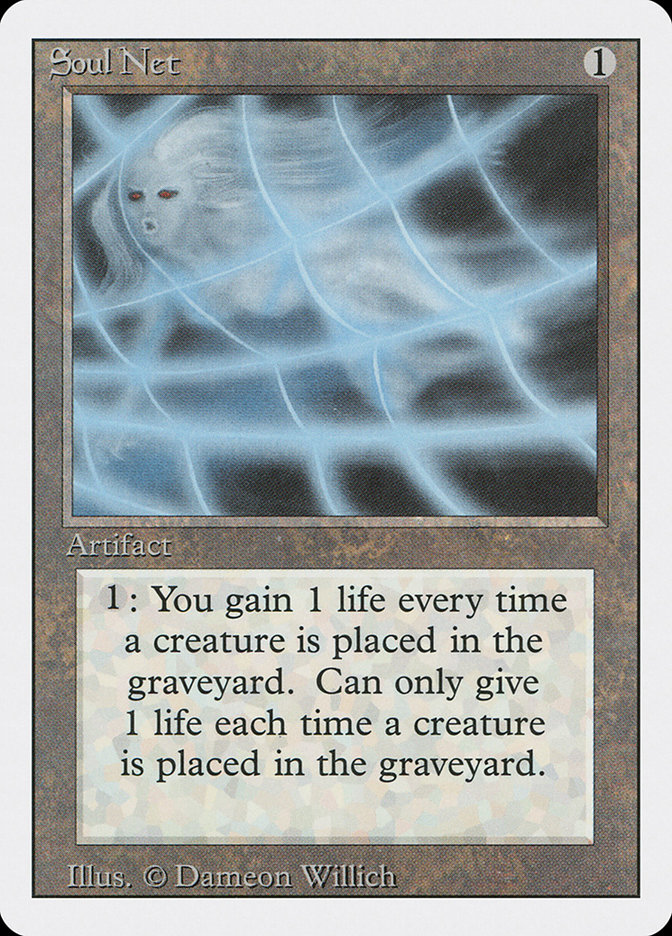



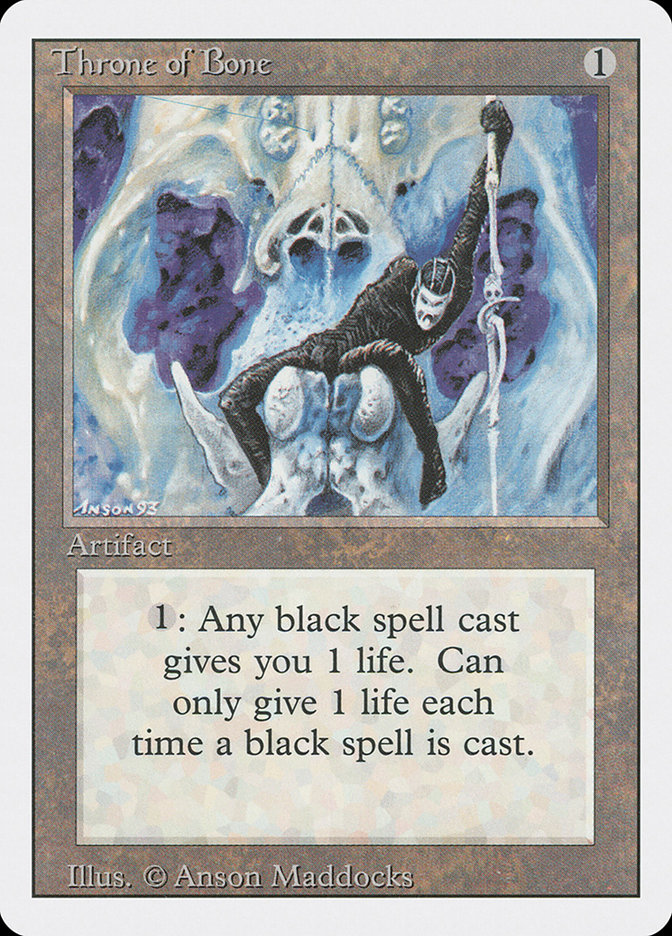
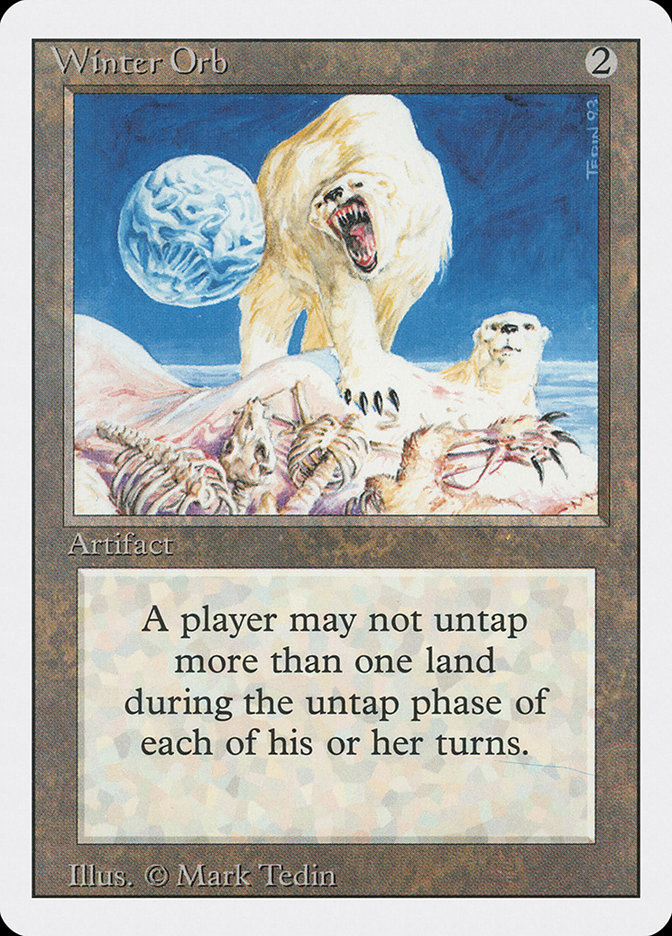
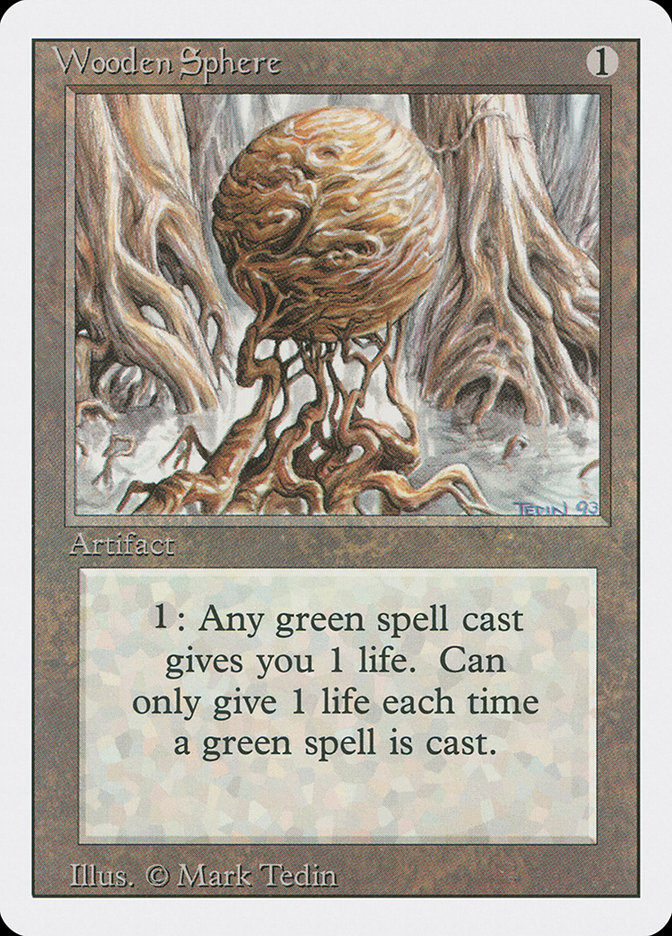
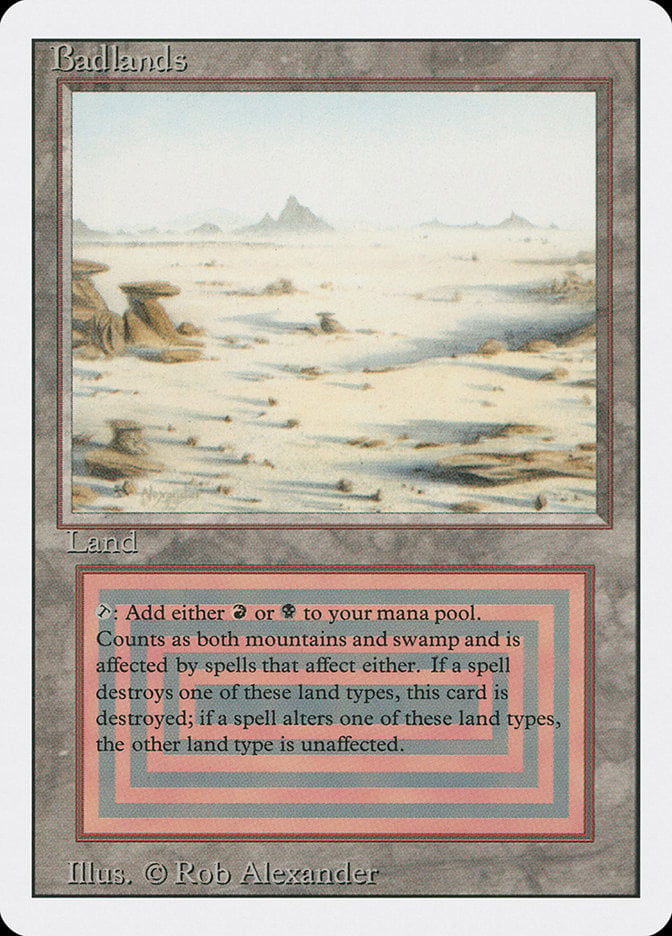

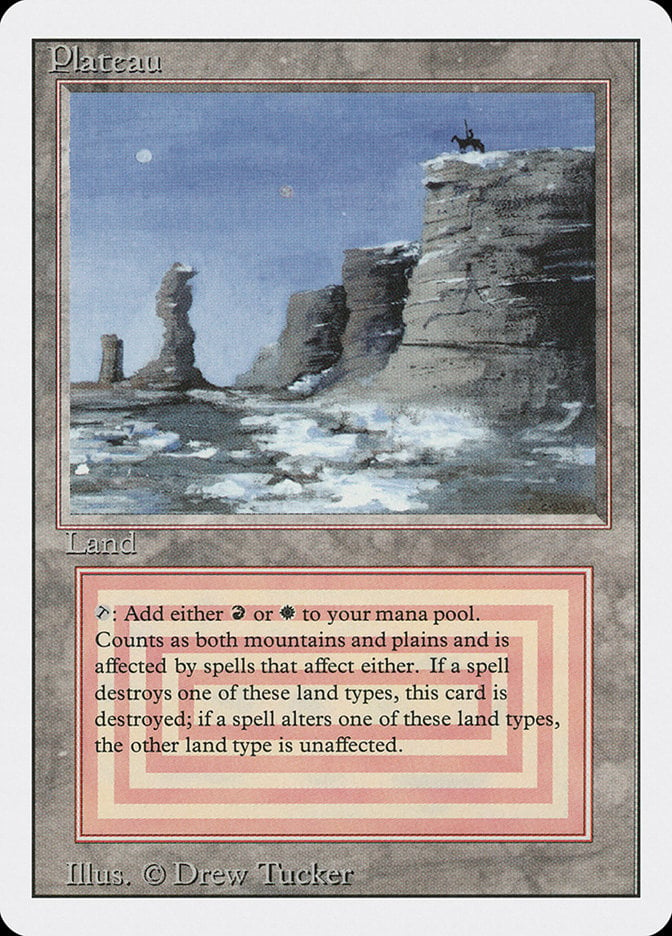
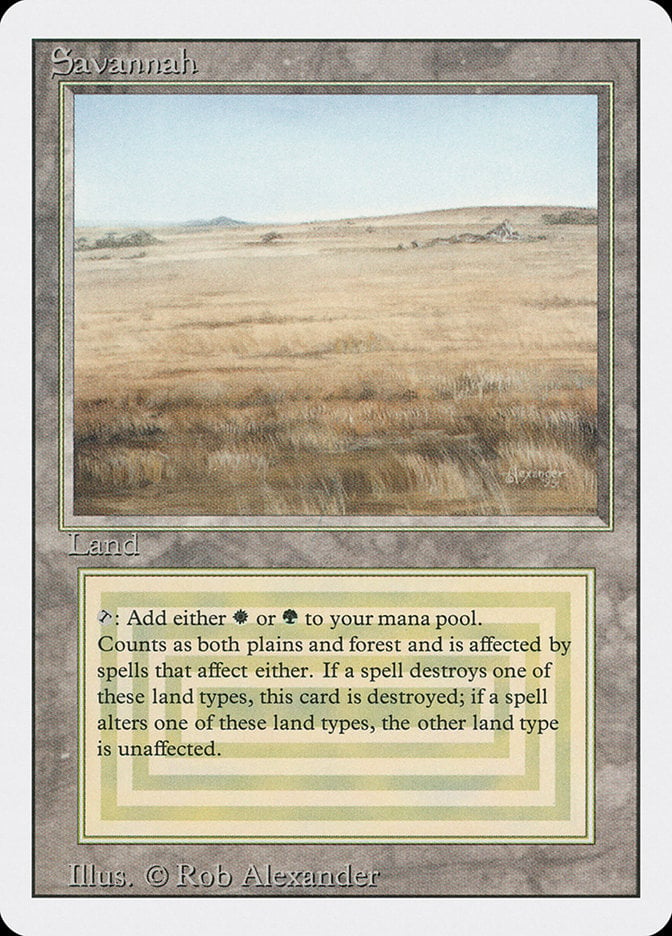
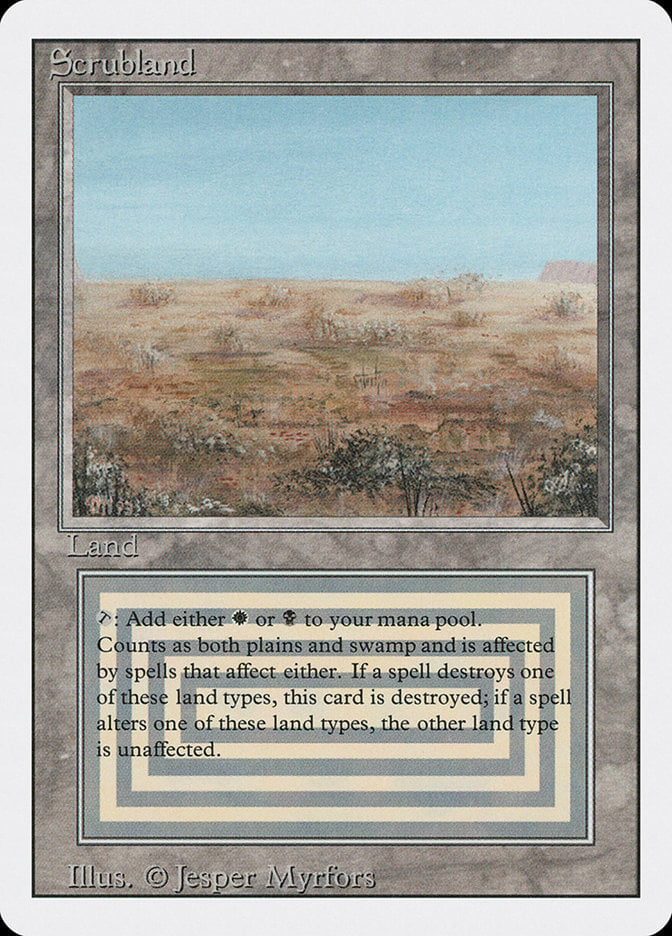
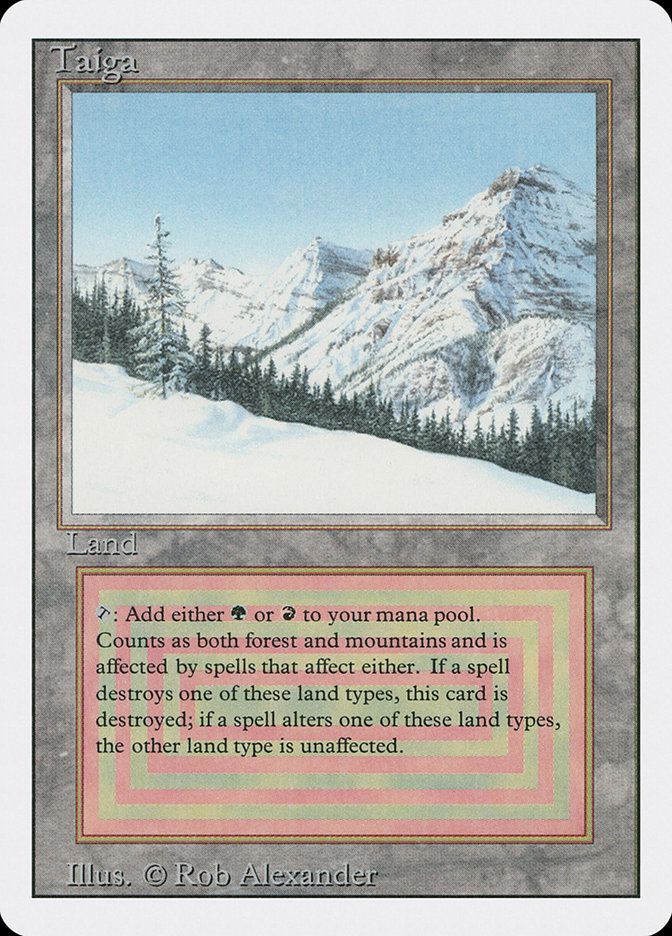
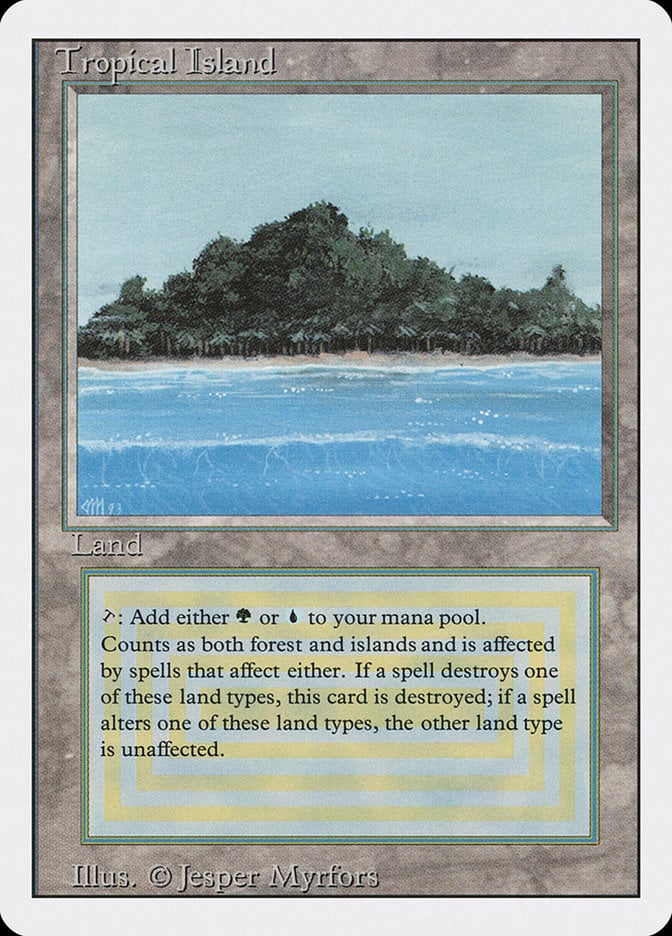
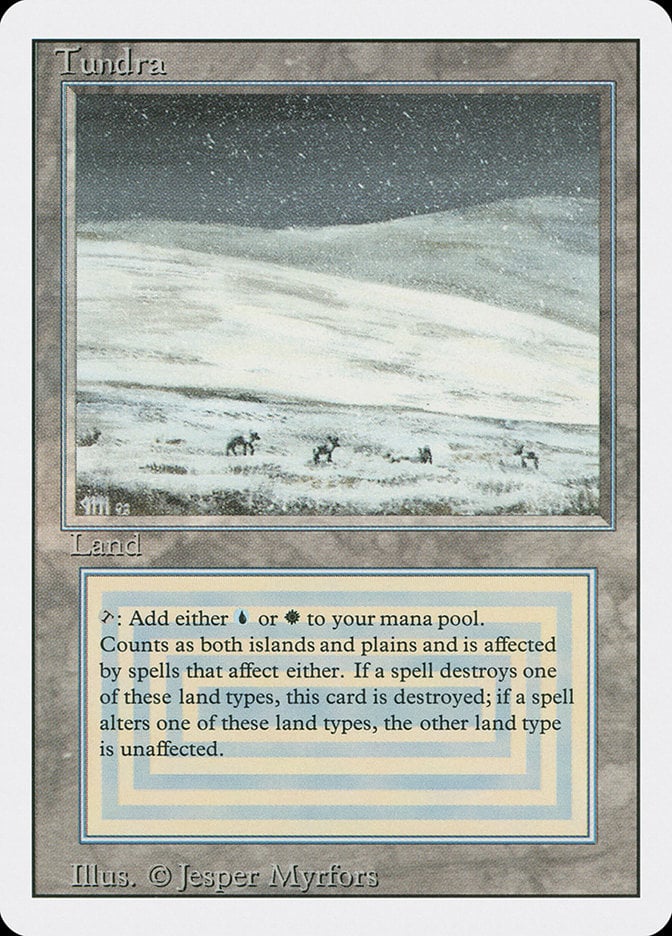

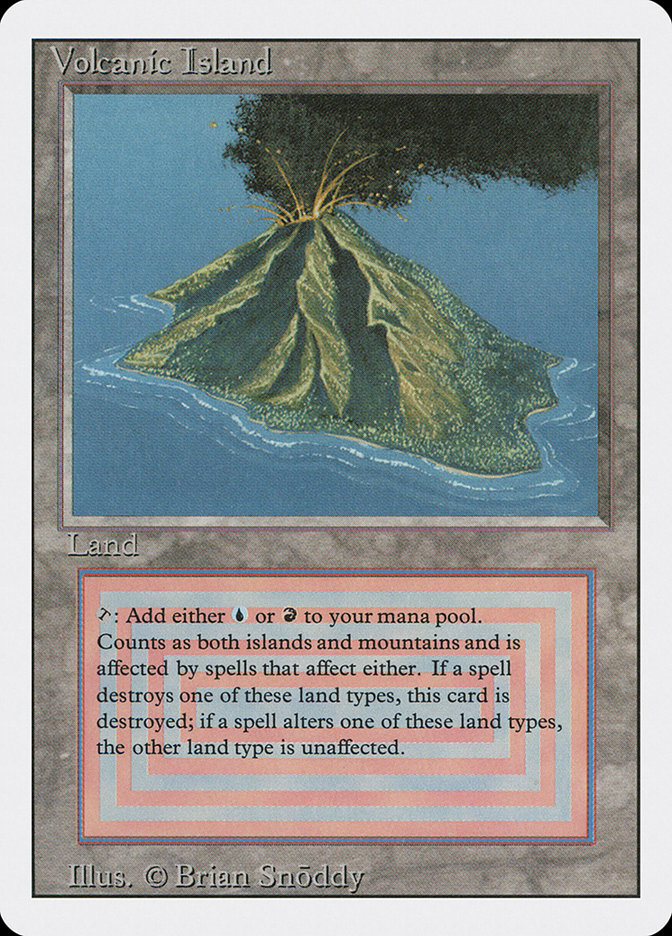
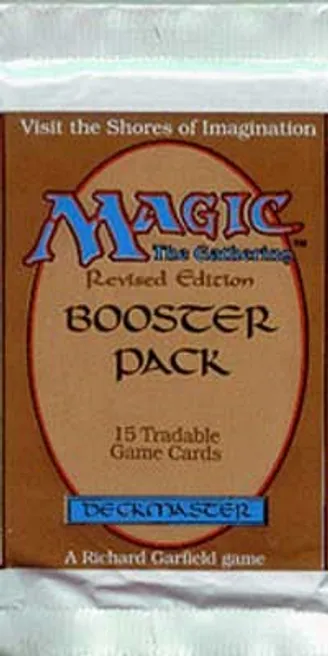
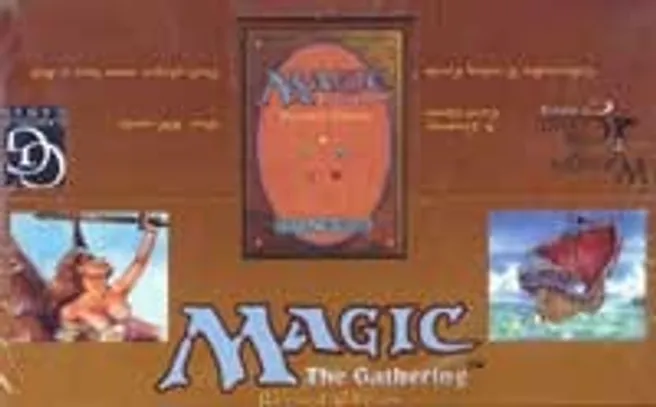


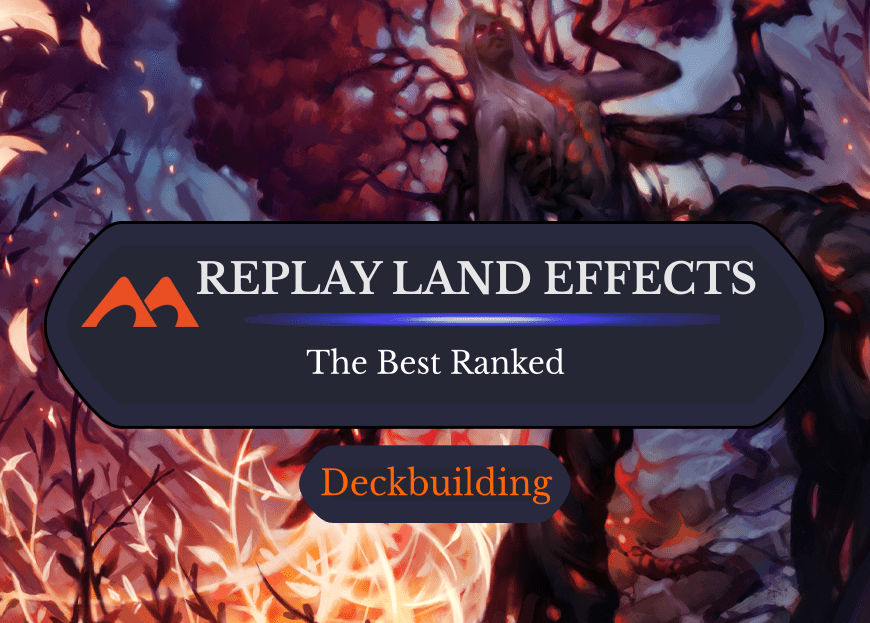
Add Comment